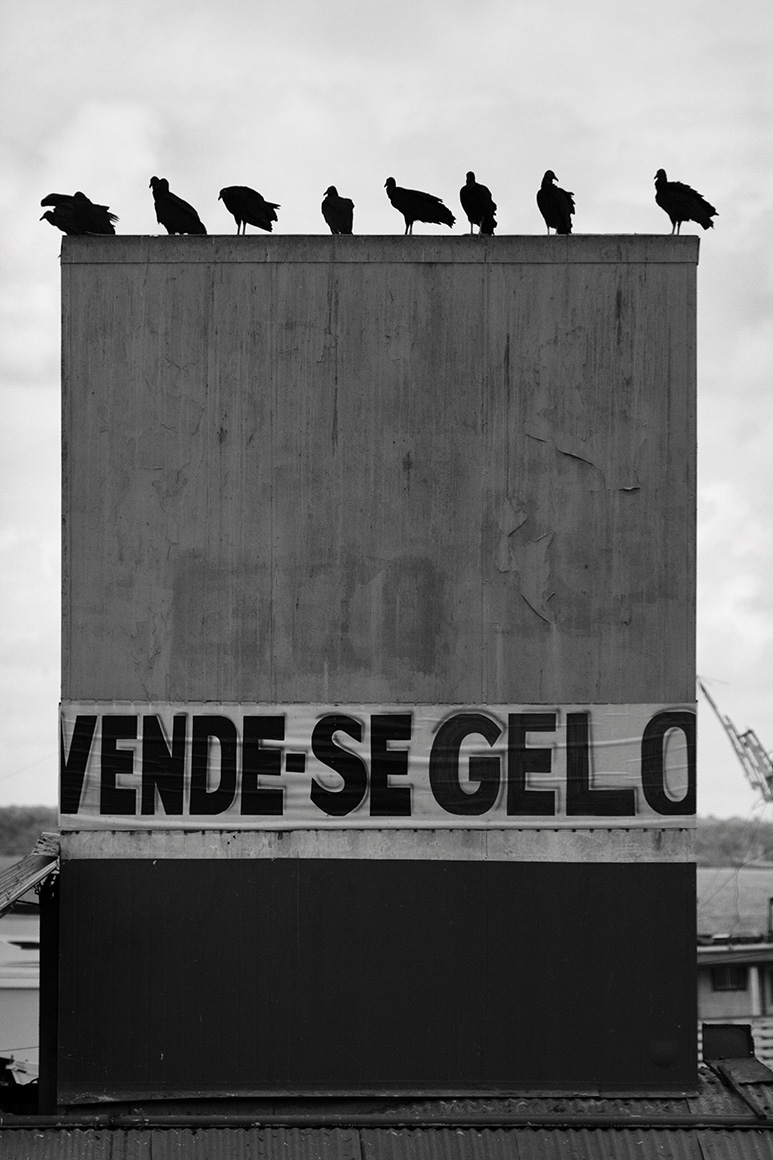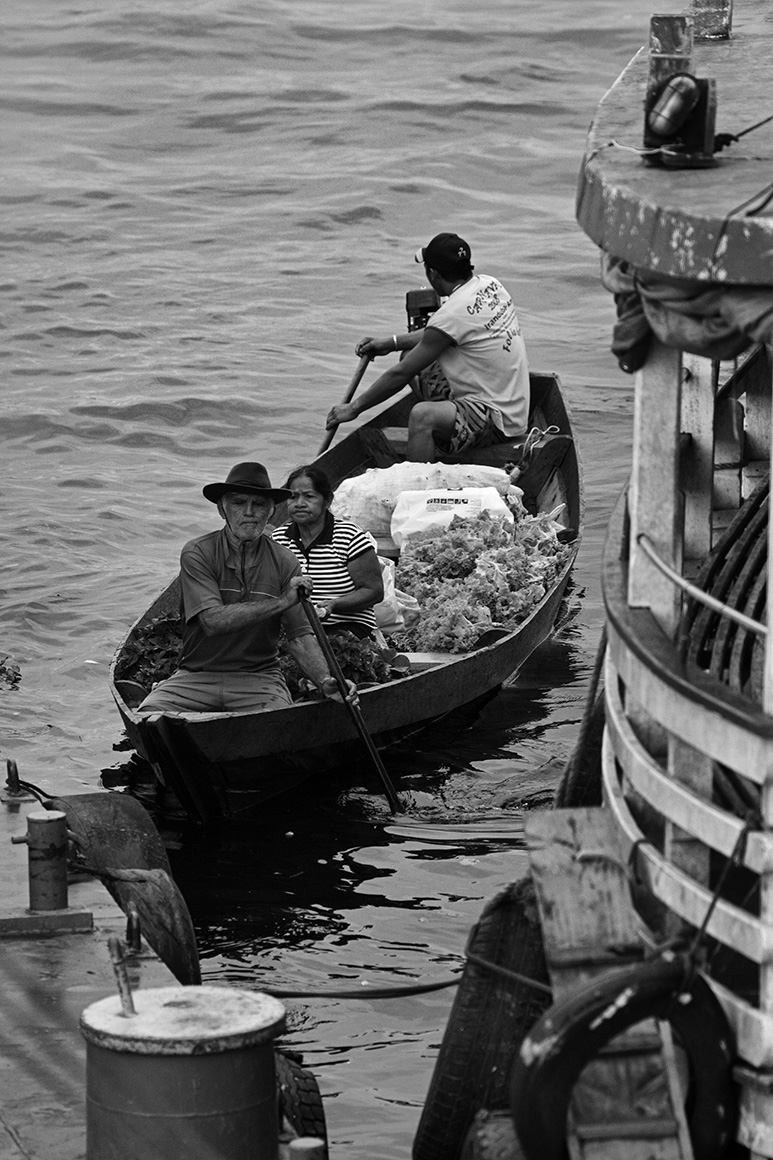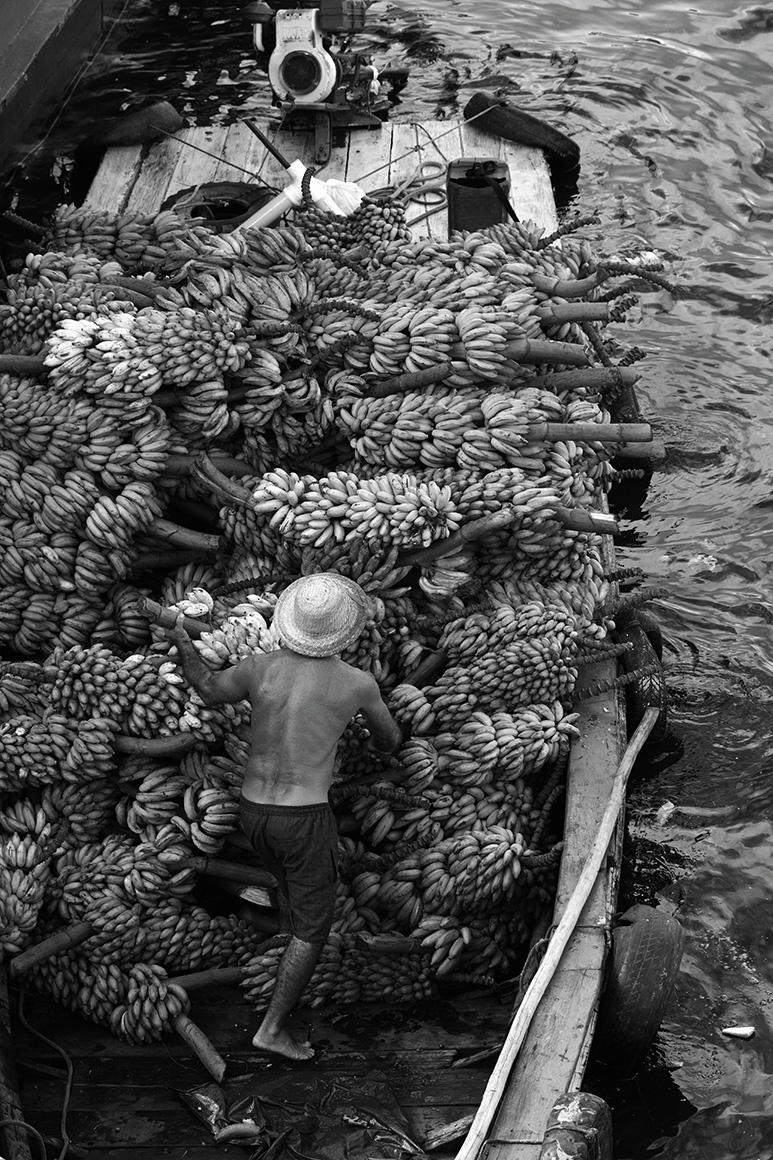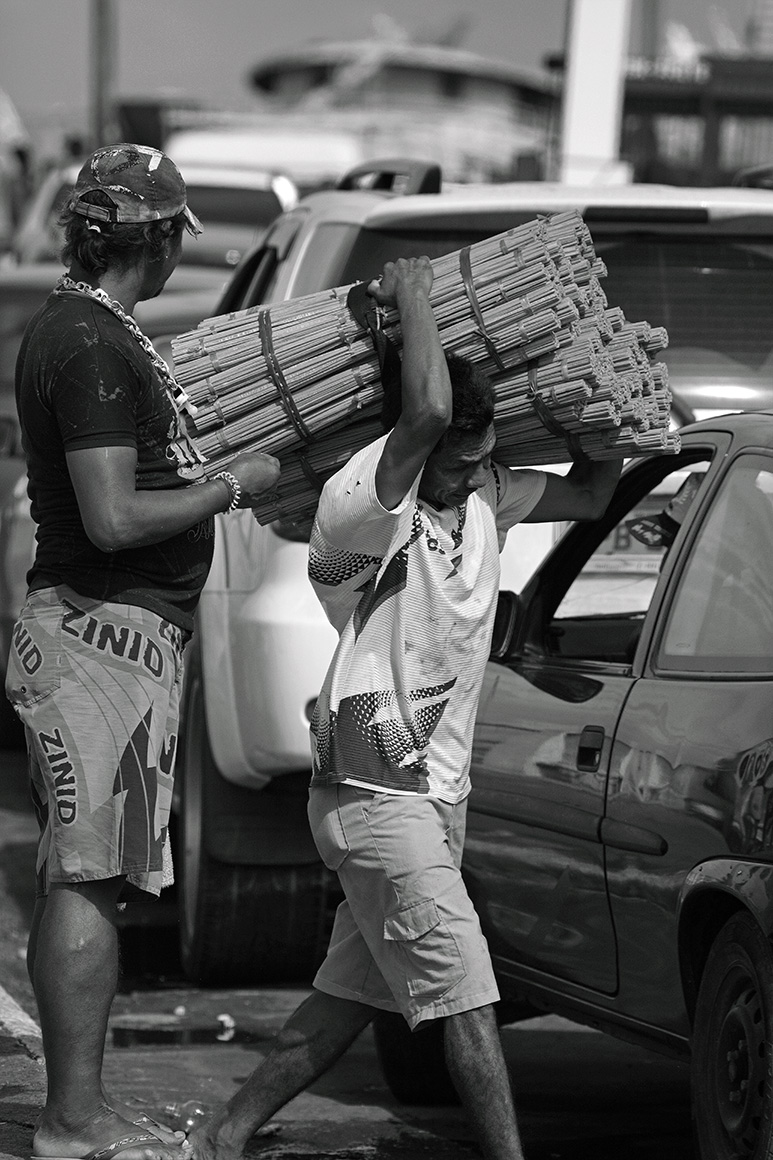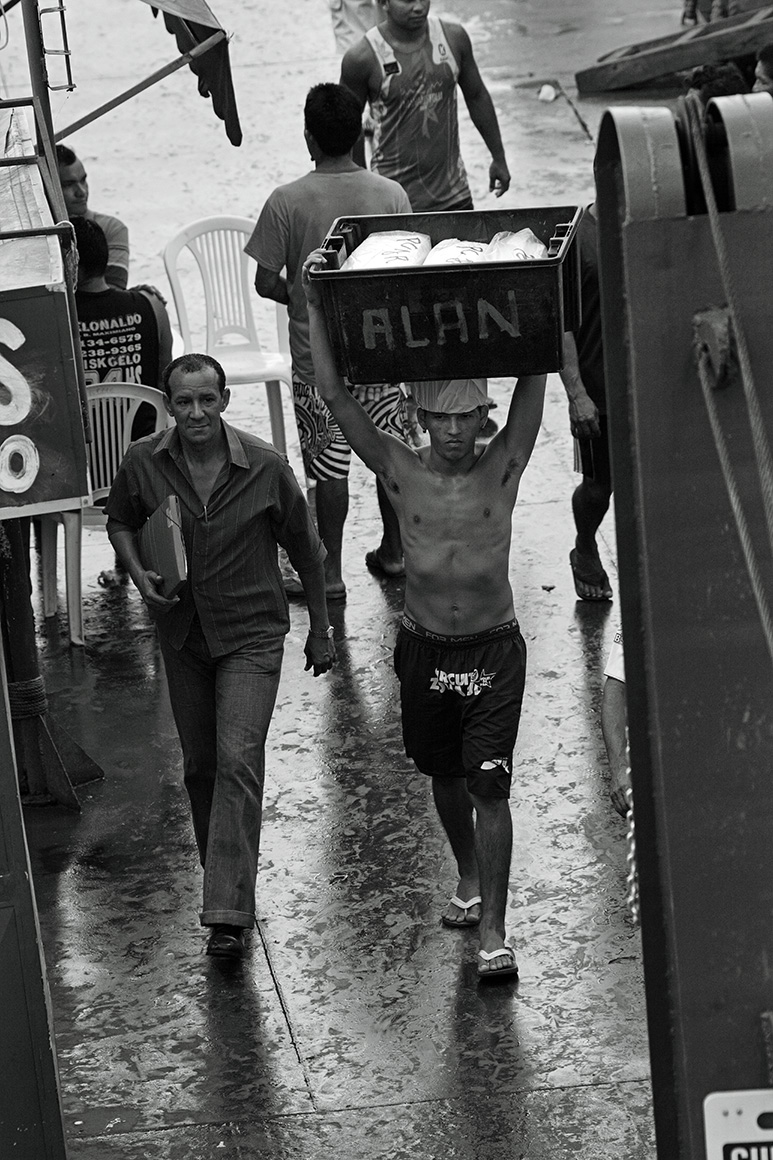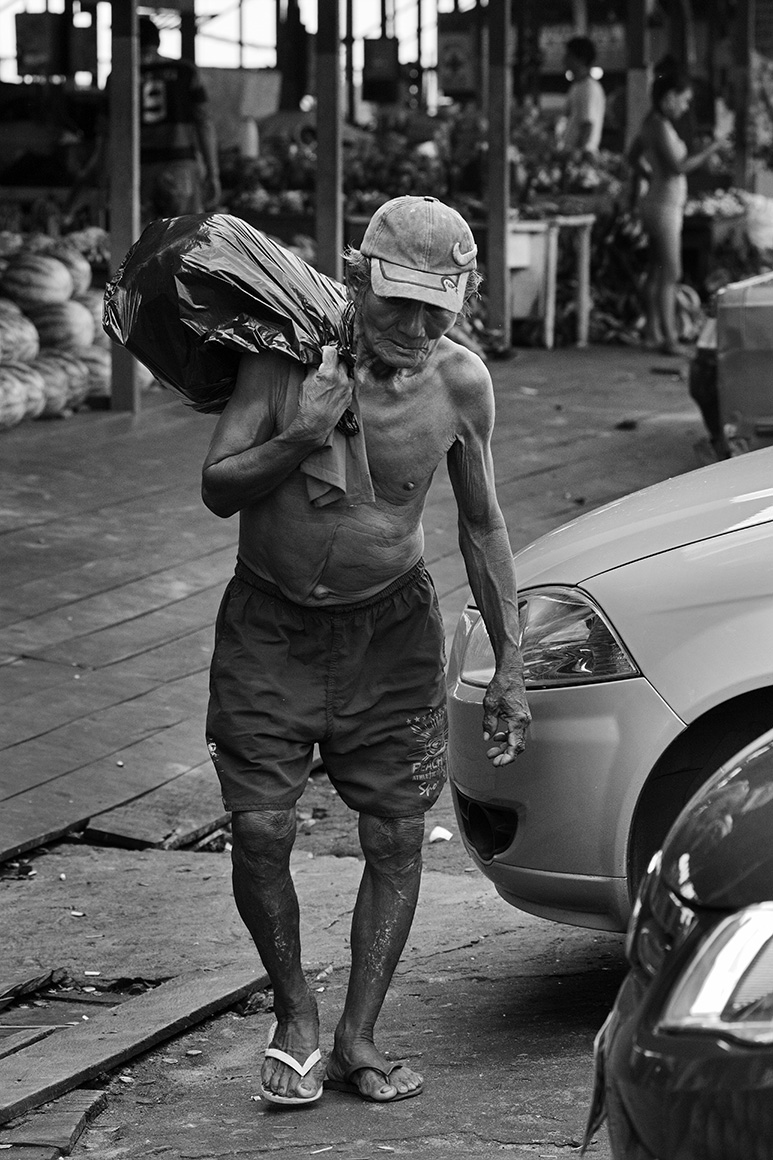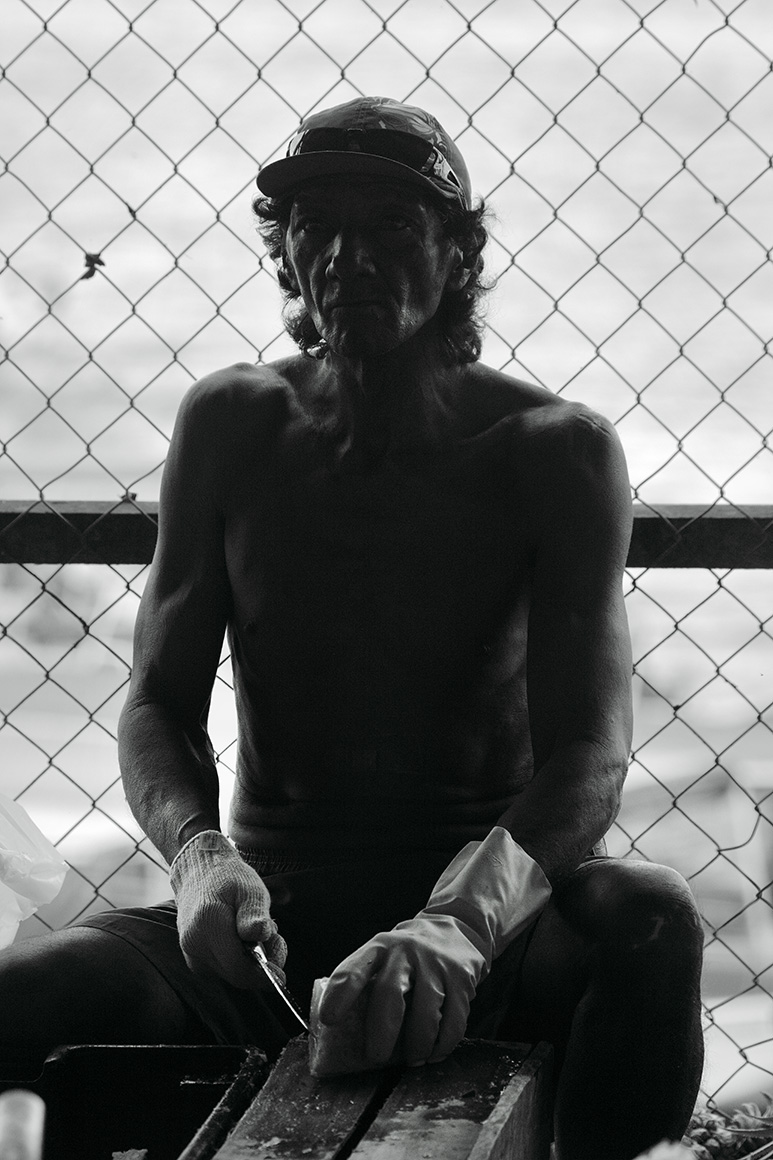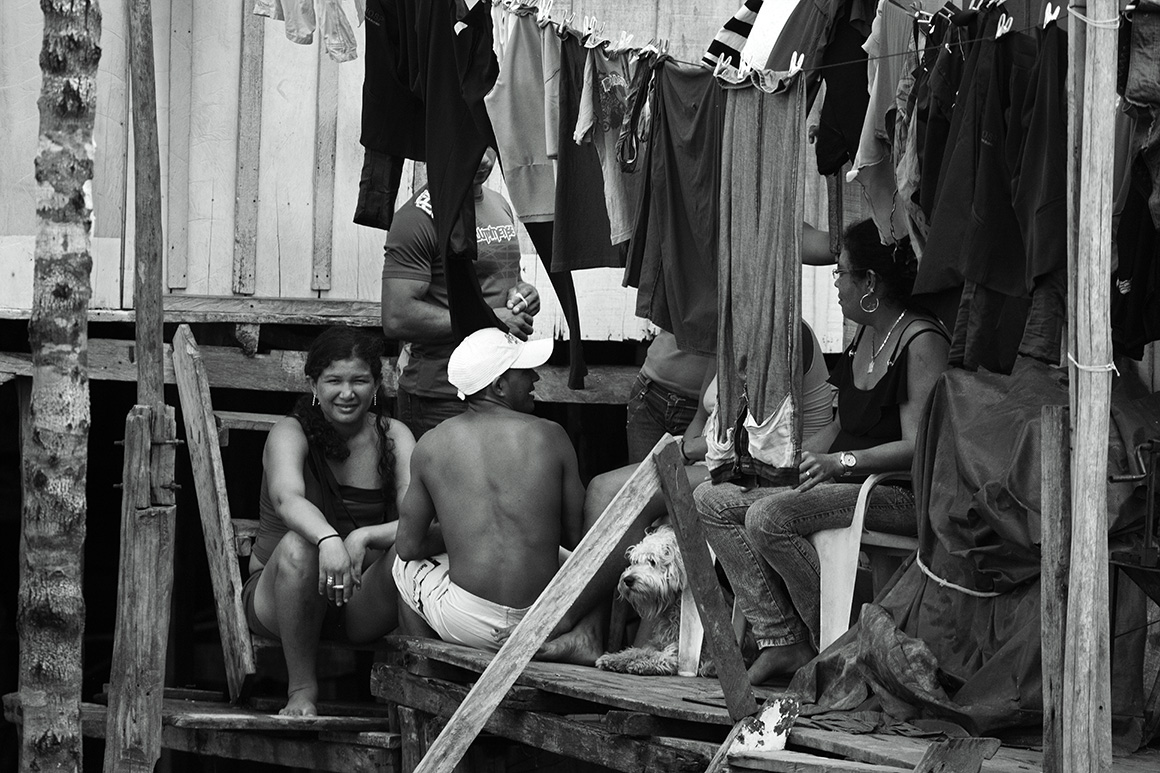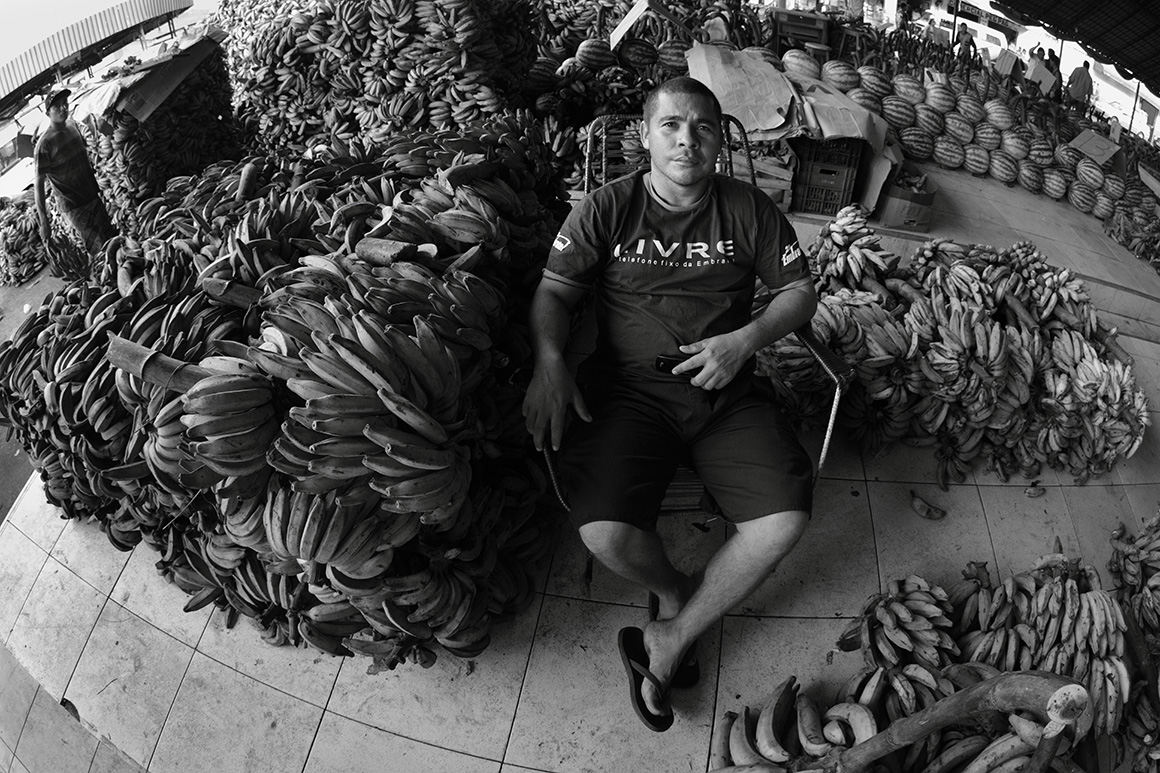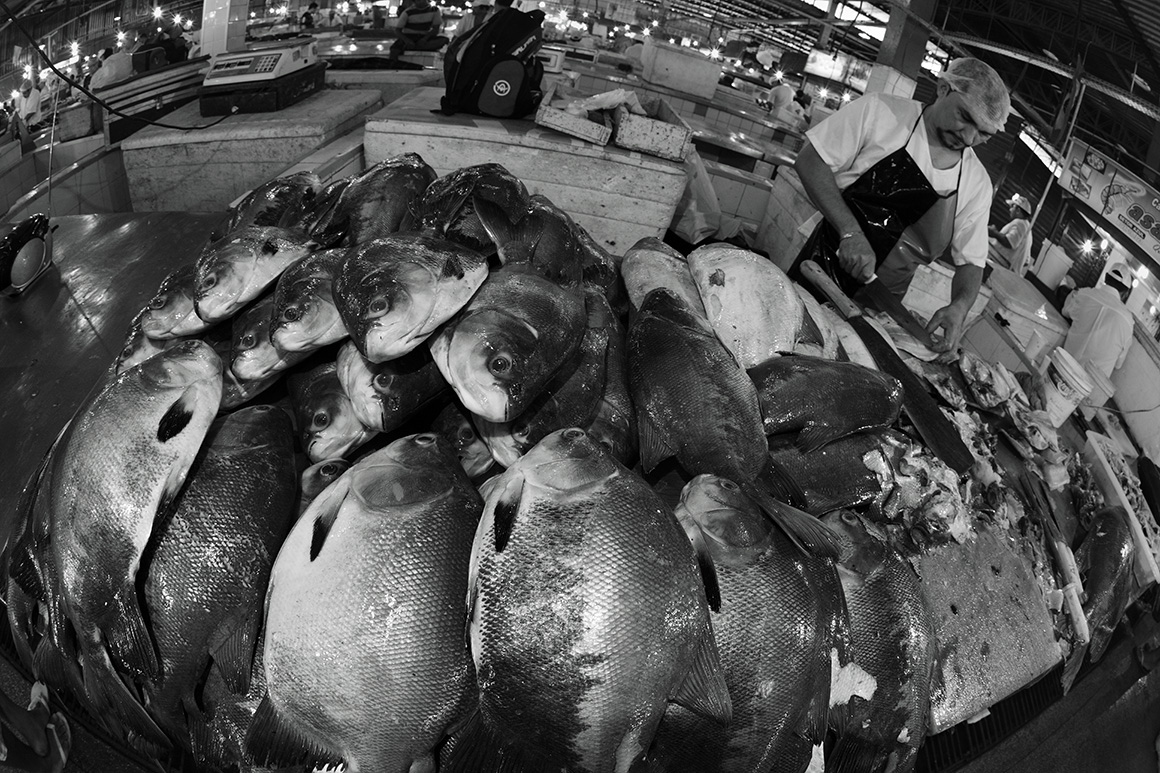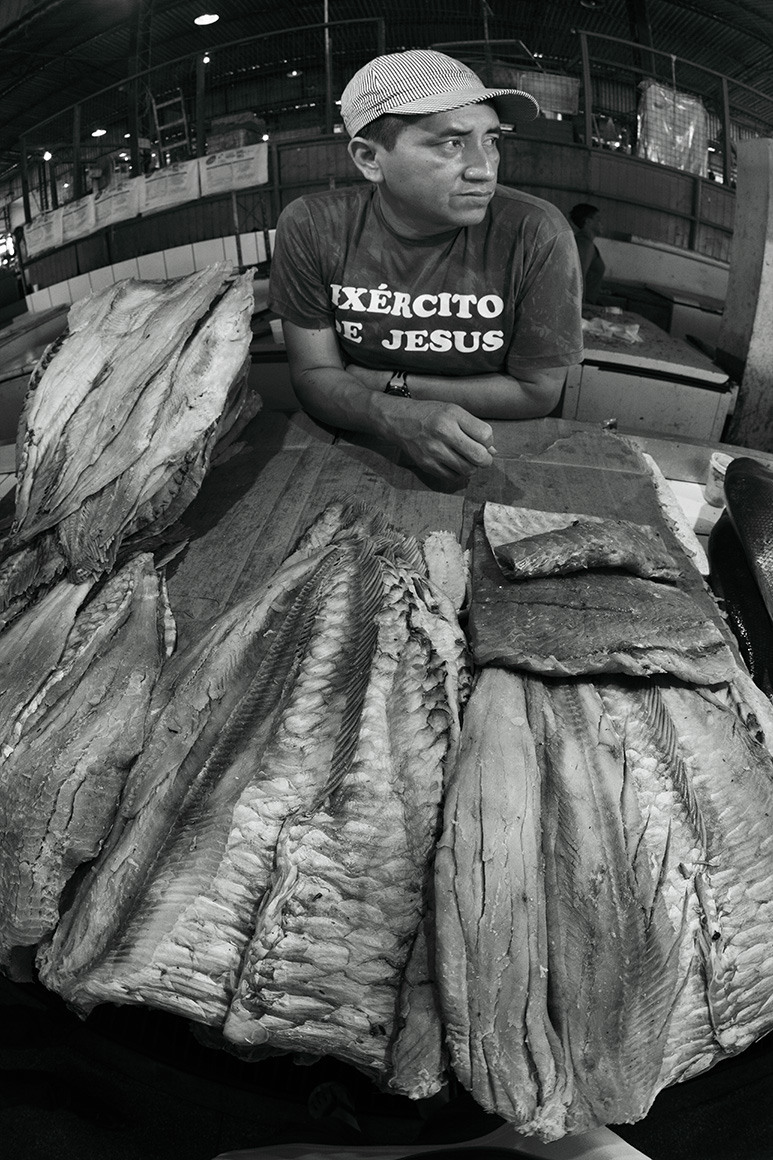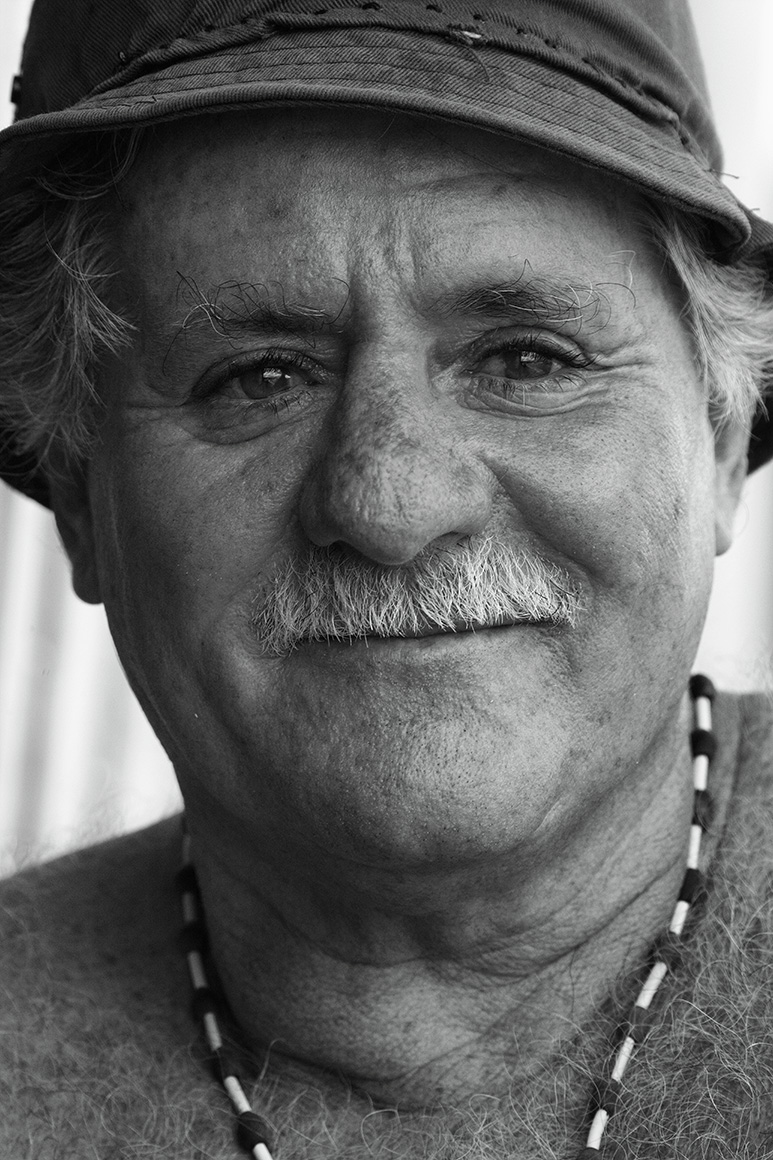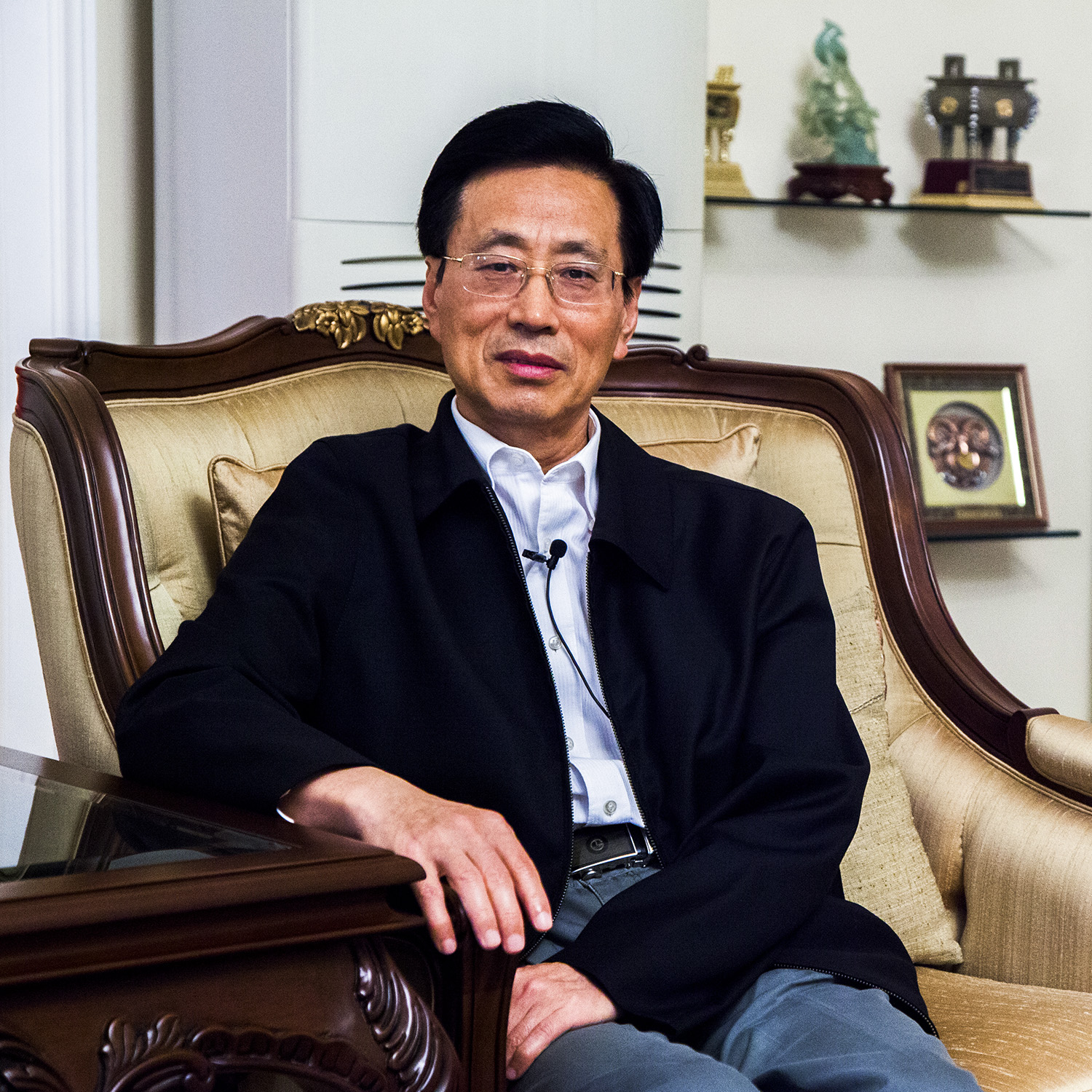August 2011, Xi’an Art Gallery
The film culture exhibition of Encantos da Cultura
presents and project BOA Center Limited support Embaixada da República Popular da China no Brasíl, Consulado Geral da República Popular da China em São Paulo planner RevistaRECURSO co-patrocinado Folk Literature and Art Center of Ministry of Culture of the PRC, China Documentary Research Center, Shaanxi Normal University General Punishing House Co., Ltd.
Conheci o Sr. Zhang e sua família completamente por acaso quando eles apareceram para pedir uma bandeira nacional de cinco estrelas, o que me impressionou bastante. E eu gradualmente passei a conhecer a sua história em comunicações posteriores.
No início, foi um pouco difícil entender por que o casal abandonou seus empregos, viajou milhares de quilômetros e investiu tudo o que tinha para se envolver com fotografia no Brasil por uma década. Desconhecendo o idioma local em um ambiente totalmente estranho, eles enfrentaram várias dificuldades e perigos. Então qual foi o ímpeto que os levou adiante em um período tão difícil?
Sentado em um sobrado em um dia ensolarado, analisei as filmagens e fiquei muito comovido conforme o casal narrava a sua experiência. Eles vieram para cá somente por causa do seu sonho e do seu louco amor pela cultura brasileira. Eles acreditavam nos seus sonhos e estavam perseguindo-os.
O Brasil, como um país de imigrantes, possui multiculturalismo e características integradas combinadas nesta nação. Além do samba e do futebol, há a Oktoberfest alemã, a Expoflora de Holambra, e o festival do pinhão de sabor tipicamente suíço, o que contribui para um ambiente colorido e estonteante. O país possui irresistíveis belezas naturais, incorporadas em suas cachoeiras, mangues, praias, a floresta amazônica, jibóias, piranhas, arara azul e tuiuiú……; a beleza primitiva e selvagem surge por toda parte. O Sr. Zhang, com sua câmera, mostrou ao mundo as belas paisagens, alguns lugares nos quais muitas pessoas nunca conseguiram chegar. Louvavelmente, as informações sobre muitas dessas fotos preciosas eram do “Pequeno fotógrafo”, Link Zhang. Ele, que tem apenas sete anos, e sua irmã mais nova de cinco anos, que nasceu em um jipe, vivenciaram muitos solavancos desde que nasceram acompanhando seus pais. Assim, jovens como eram, podiam fez um uso hábil da câmera, como jogar Transformers. Eu brincava que eles pareciam os “Pequenos Xu Xiakes” do século XXI. (Xu Xiake foi um geógrafo chinês viajante e escritor na Dinastia Ming.)
A ordem pública no Brasil não foi muito satisfatória. A família do Sr. Zhang foi roubada várias vezes e um dos furtos mais desastrosos ocorreu há dois anos, quando 200 discos rígidos cheios de vídeos, duas máquinas de edição, 15 computadores e imagens fotografadas no passado, etc. foram perdidos. Poucos meses depois, o jipe desapareceu sem vestígios. Tudo isso representou um duro golpe para eles. No entanto, eles seguiram em frente e sobreviveram, começando tudo do zero novamente.
Com a família crescendo primeiramente do casal para quatro membros atualmente, eles passaram uma década no Brasil onde entenderam, experimentaram e interpretaram o país para conseguir acumular pilhas de dados de imagem valiosas. Agora eles entregaram uma folha de respostas ao apresentar o Brasil para o mundo sob sua própria perspectiva.
Dez anos testemunharam os passos do casal em cerca de 160 mil quilômetros, uma criação de vídeos com quase 6.000 horas de duração e milhões de fotos, a chegada dos seus filhos no mundo e a busca do seu sonho.
Eles colheram belos frutos.
Sun Rongmao
Consul General of the People’s Republic of China in Sao Paulo, Brazil
On March 19, 2009 in Sao. Paulo
Publishers shoulder the mandate of spreading world culture and linking up human civilization. As a well-known publishing house in China, Shaanxi Normal University General Publishing House Co., Ltd. has always been consciously devoting to this cultural mandate, actively exploring routes and cooperators for our overseas publishing. Recently, we have reached consensus on strategic cooperation with RevistaRECURSO of Brazil through which we plan to engage in promoting the exchange of Chinese culture and South American culture by various means, such as federated media publishing, in the long term. The film culture exhibition of Encantos da Cultura – Poemas de Amor do Brasil held at Xi’an Art Museum marked the formal commencement of this strategic cooperation.
The exhibition totally exhibited 200 frames of documentary film, Encantos da Cultura – Poemas de Amor do Brasil, meanwhile broadcast the background video of this film. The frames, for the first time, represented Chinese audience with the complexity of multiple cultures among Brazilian nationalities as well as the splendid natural landscapes of South Africa. This form of exhibition was an unprecedented innovation for Chinese peole, particularly through the image interpretation of Brazilian culture by Mr. Yanjun Zhang and Mrs. Linjie Xiao from their unique perspectives accumulated in the past 10 years in Brazil. We, Shaanxi Normal University General Publishing House Co., Ltd., extend our deep respect to their devotion and persistence to culture.
At the BRICS Summit in April 2004, the governments of China and Brazil signed the Joint Action Plan between the Government of the People’s Republic of China and the Government of the Federative Republic of Brazil, 2010-2014. In April 2011, it was also at the BRICK Summit that Dilma Vana Rousseff and President Hu Jintao signed the Joint Communique which emphasized the importance of further exploring and enhancing the exchange and cooperation in such fields as creative economy and cultural industry between the two countries. It is a landmark which indicates that the relations between the two countries have entered into a new stage with frequent interaction and practical cooperation. This historic change is a new opportunity for Chinese publishers to promote their publishing operation to South America. We hope that a new bridge will be built during the exchange between Chinese culture and Brazilian culture as well as South American culture, through the cooperation between our publishing house and RevistaRECURSO and the joint implementation of the film communication plan of Encantos da Cultura. We believe that this exhibition will surely become a foundation stone for this “Bridge Building Project”.
Gao Jingwei
President of Shaanxi Normal University General Publishing House Co., Ltd.
On August 20, 2011 in Xi’an
This was an extraordinary photography experience, from a perceptual plan to a hunt for photos, and from a video exploration to a survival exploration in the “depopulated zone”.
It was the legendary experience that created this great film. From the fusion of world immigrants to the towns of South American aborigines and to the gold washers who lived alone in the depopulated zone, we, for the first time, used video to describe the fusion of ethnic cultures and exhibit the unknown world deep in the Amazon River, as well as the forgotten ethnic groups and their mysterious culture unknown to the outside world.
From the enchantment of graceful, charmful and distinguished beach culture to the sacred “last frontier virgin land”, from the observance on the orthodox custom left from the middle century to Sao Paulo unscrupulous show of its wealth, and from the of the model of humane economy, “Carnival” festival’s magnificence and joyful atmosphere suffused with explosions to Pantaleiro’s royal but blurry missing to the birth land, fully singing out infinite pathos and grief ….
The first part of the film is themed on celebrations (Festa). Its purpose is to create “collective ebullience”, popular among all regions, rooted in a habitation of certain races and displayed in the traditional form. The film explores racial conflicts for enlarging the power of ethnic groups by way of “prosperity of domain”.
The second part, “Our Sea, the Sea of the World” (A MAR, O MAR) discusses varying viewpoints and social changes. In the first Brazilian town (Cananéia) named by colonists, state modernization and the abolition of slavery haven’t left much impact. From the time when the Portuguese landed to the period when countless expeditions, adventurers, explorers, pirates and sea thieves came and left, the local inhabitants have lost their initial curiosity towards the passers-by. Imported religion has taken the place of their traditional faith and ceremonies and the Indian’s ancient way of life coexists with modern civilization.
The third part, Pantaleiro focuses on the descendants of gold prospectors, who have become a new ethnic group in Brazil. Cherishing and respecting their ancestors, these people live in a paradise isolated by wilderness.
Finally, the film turns its focus to Sao Paulo, the largest immigrant city in the world and a melting pot of all races. There are eighty million people with the most complex races around the world living here. The common dream impelled different ethnicities to unite into a “pure ethnic group” – St. Paulers (Paulista). With experience and toughening, this great “melting pot of world’s immigrants” has formed a splendid and fantastic “Local Culture”, as is reflected on the spiritual and sensory levels of their people and rooted in various aspects of life.
Yanjun Zhang
President of BOA Center Limited & RevistaRECURSO On February 20, 2009 in Sao Paulo
First part: Amazon River
Amazon River was discovered by Vicente Yanez Pinson, an explorer, in 1500.
Since it was discovered, people have always attempted to know and conquer it and occupy its fortune.
The moving legendary tales of Amazon River conflicted with ruthless realities. Despite of cruel conducts of human beings here, the subtle revenge activities carried out by the Nature in Amazon River basin destroyed the dream to occupy Amazon River again and again.
At the beginning of the 20th century, the central government was concerned about the expansion forces in the western region, appointing Candido Rondon to involve in a breakthrough military task to blaze trails and lay telecommunication networks in the largest wetlands and primitive forests in the world. A lot of tribes lost the lives of their people to the malaria. However, Rondon gained his fame in the history by his eloquent speech of heartquake on the theme of forest and his escort of the former president Roosevelt in the expedition of the Amazon River, resulting in the establishment of the first Indian Shelter in 1910. The tough construction made the the forest and its Indian tribes more understandable to the world and Rondon also got the Nobel Peace Prize for the effective implementation of his ambitions.
The most remarkable land expedition along the Amazon River was made by the team under the co-leadership of the former US president Roosevelt, famous Brazilian adventurer and the senior Indian agency Candido-Rondon. Setting off from the north of Mato Grosso, they travelled all the way for 59 days, covering a distance of 1451 kilometers.
Obstacles block the way to the dream of Amazon as usual. The visitors with the consistent craving for fortune are still negotiating with the mysterious river now.






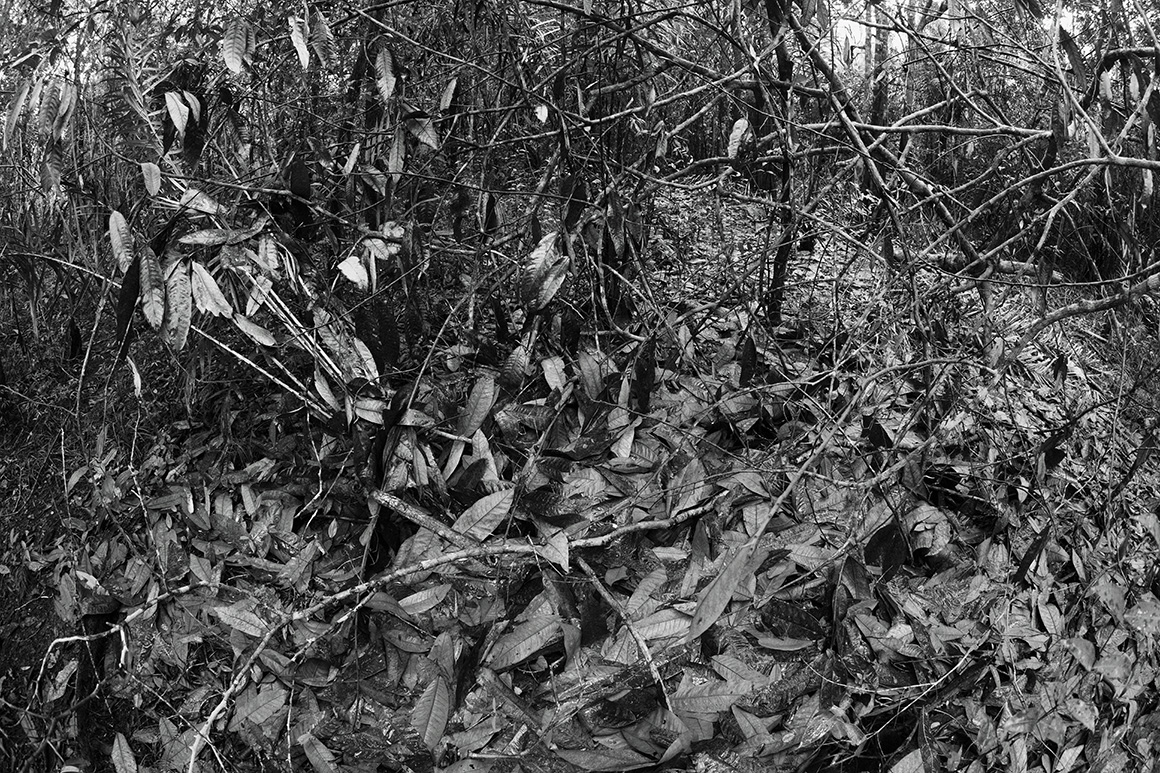


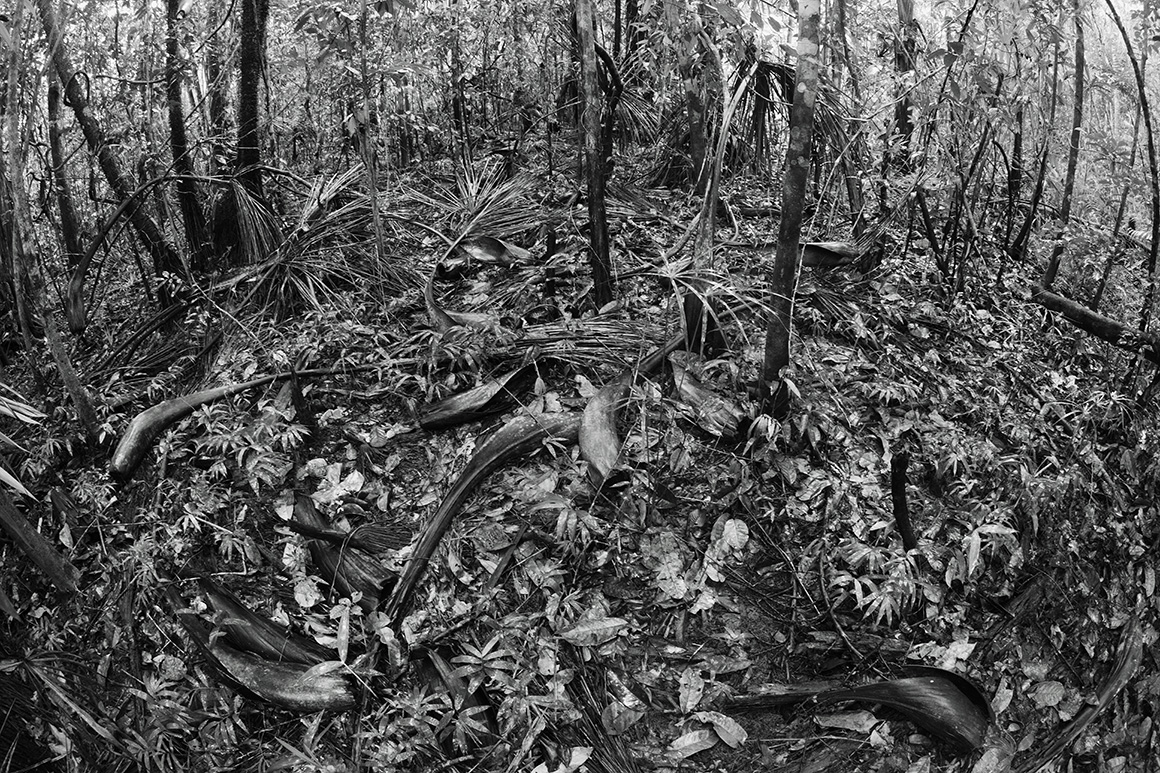

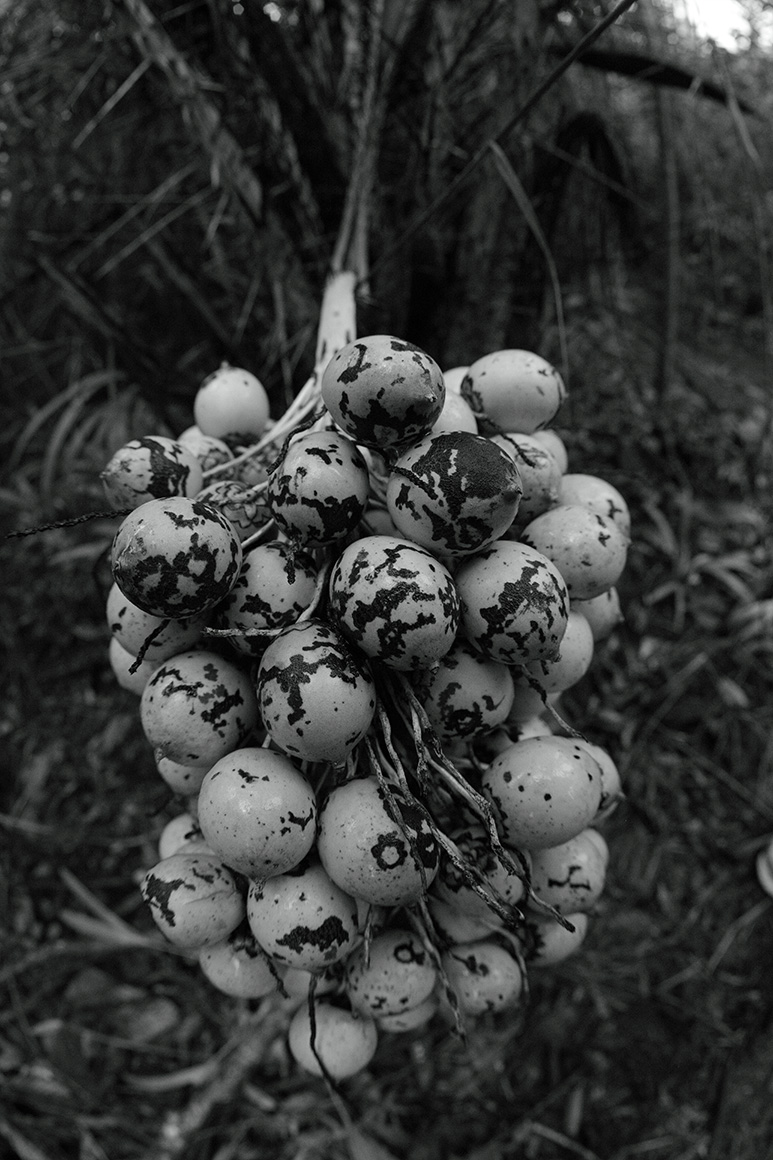
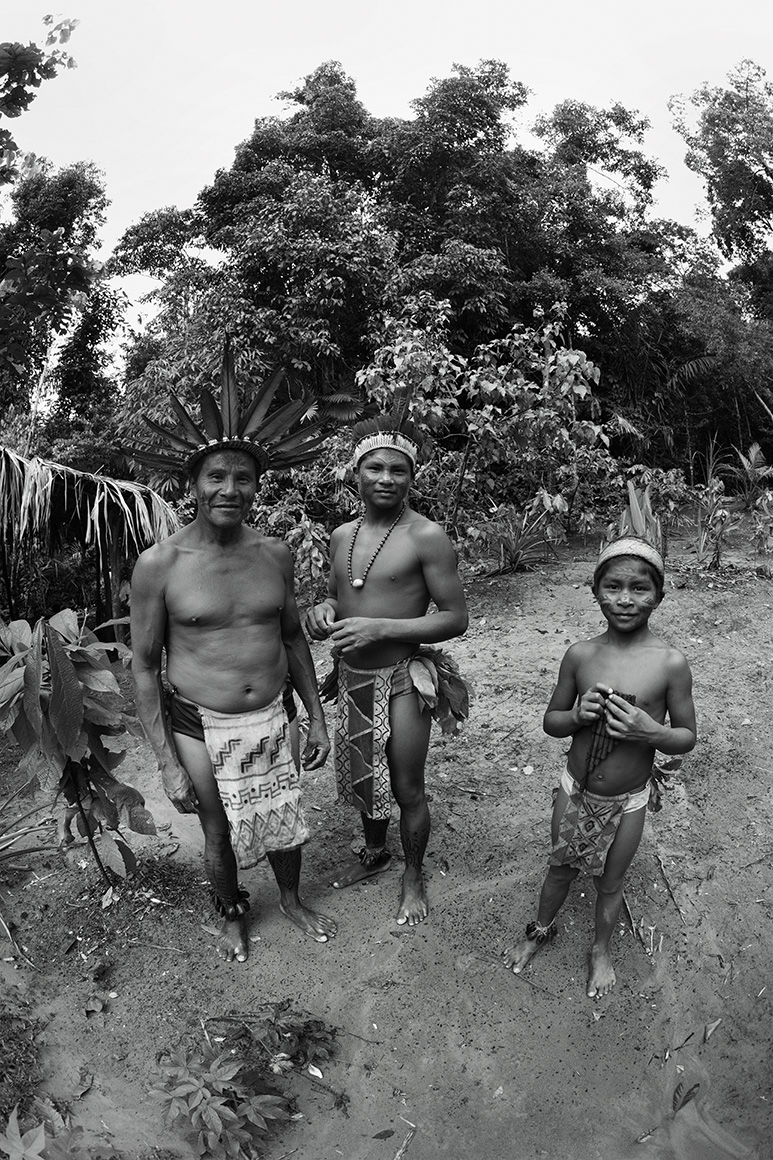
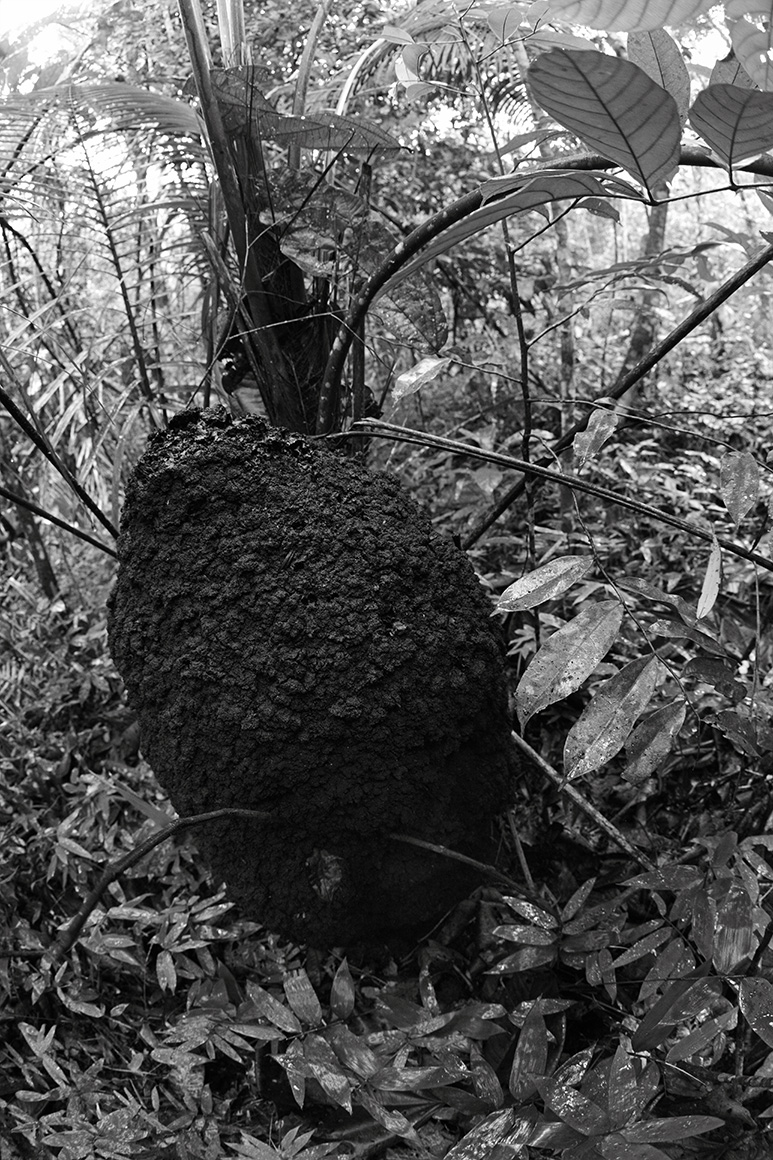
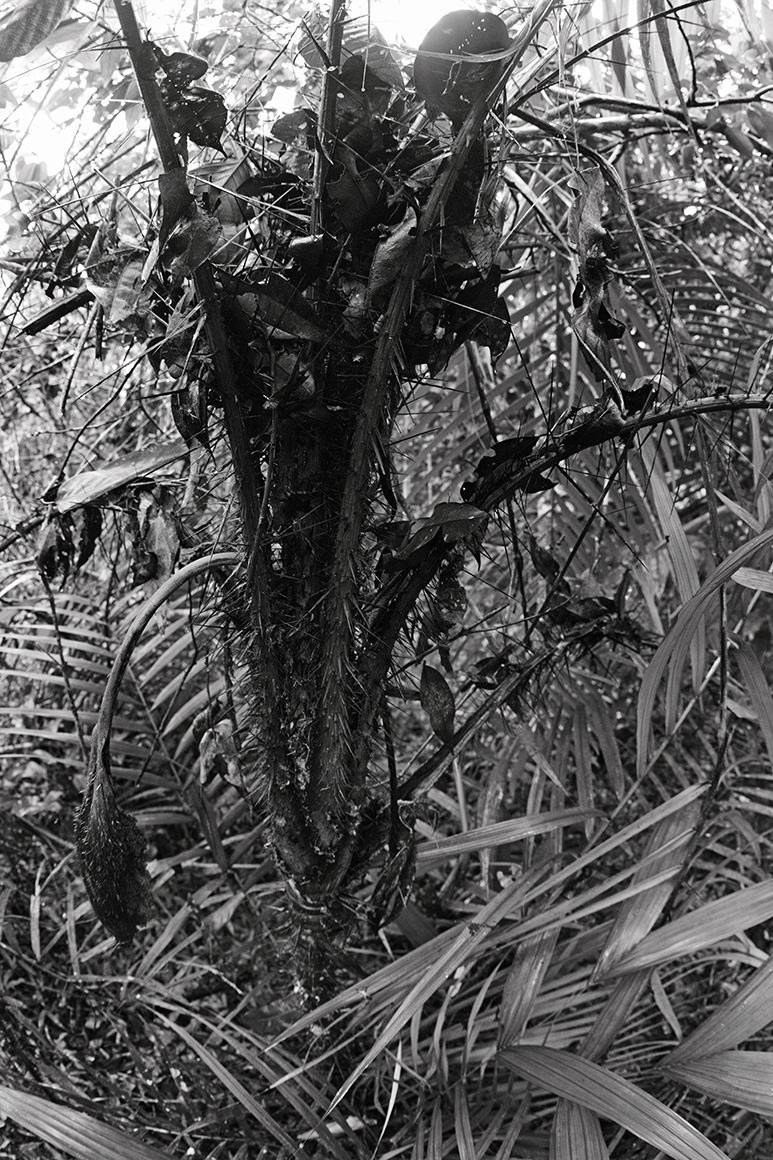



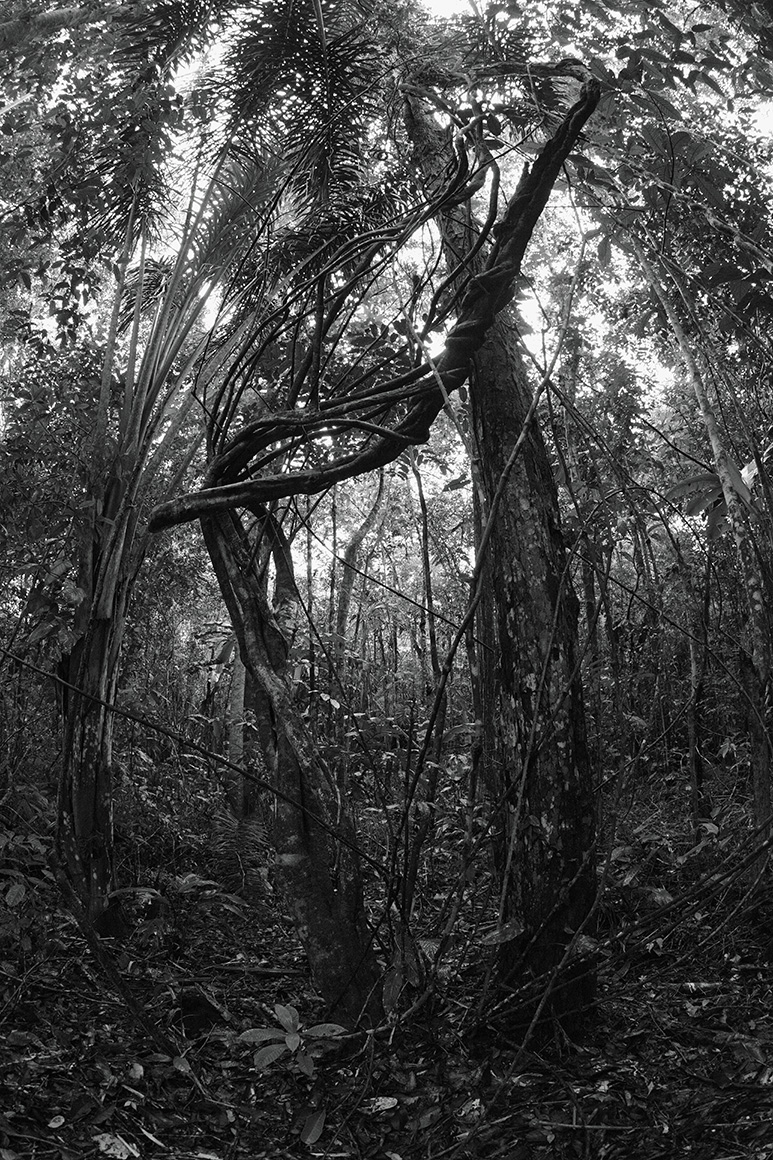


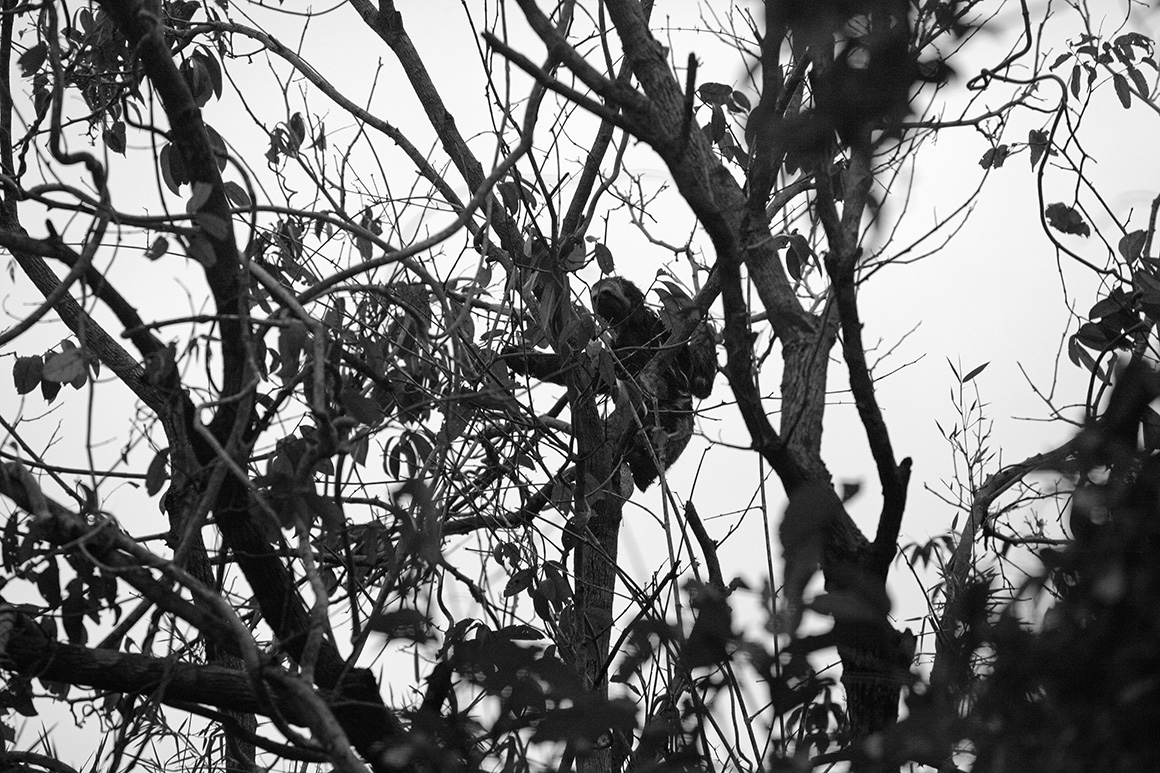
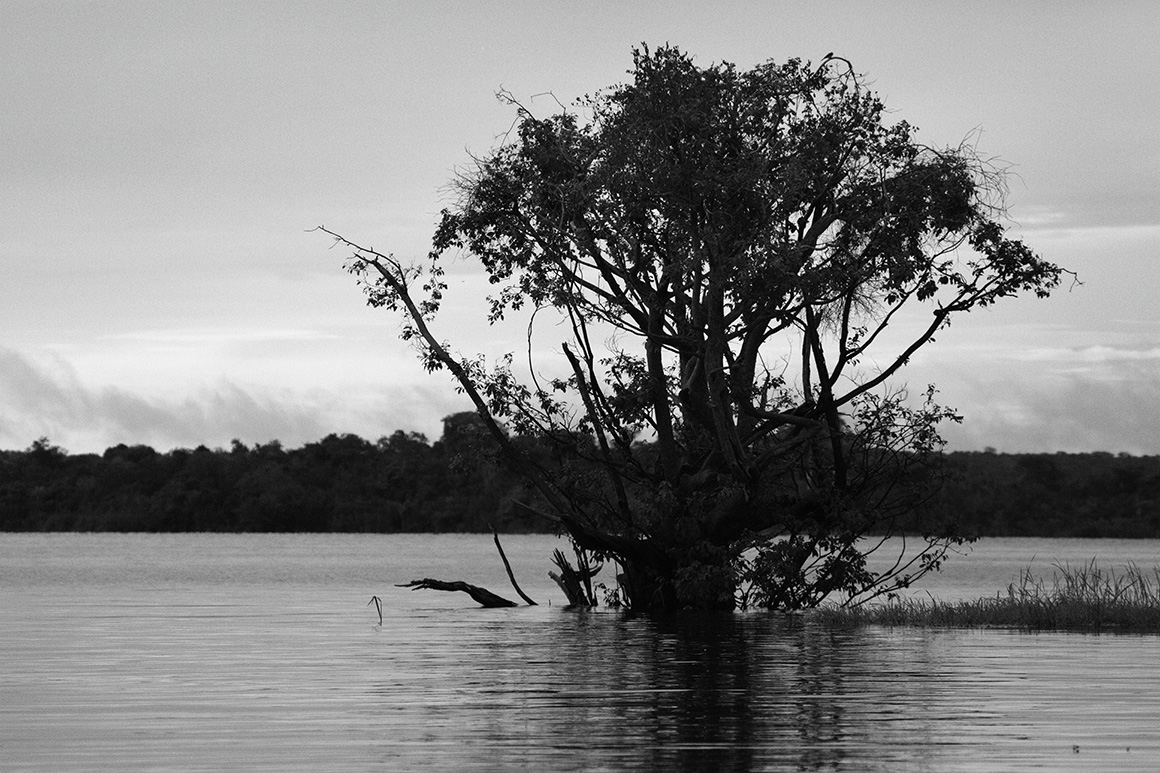


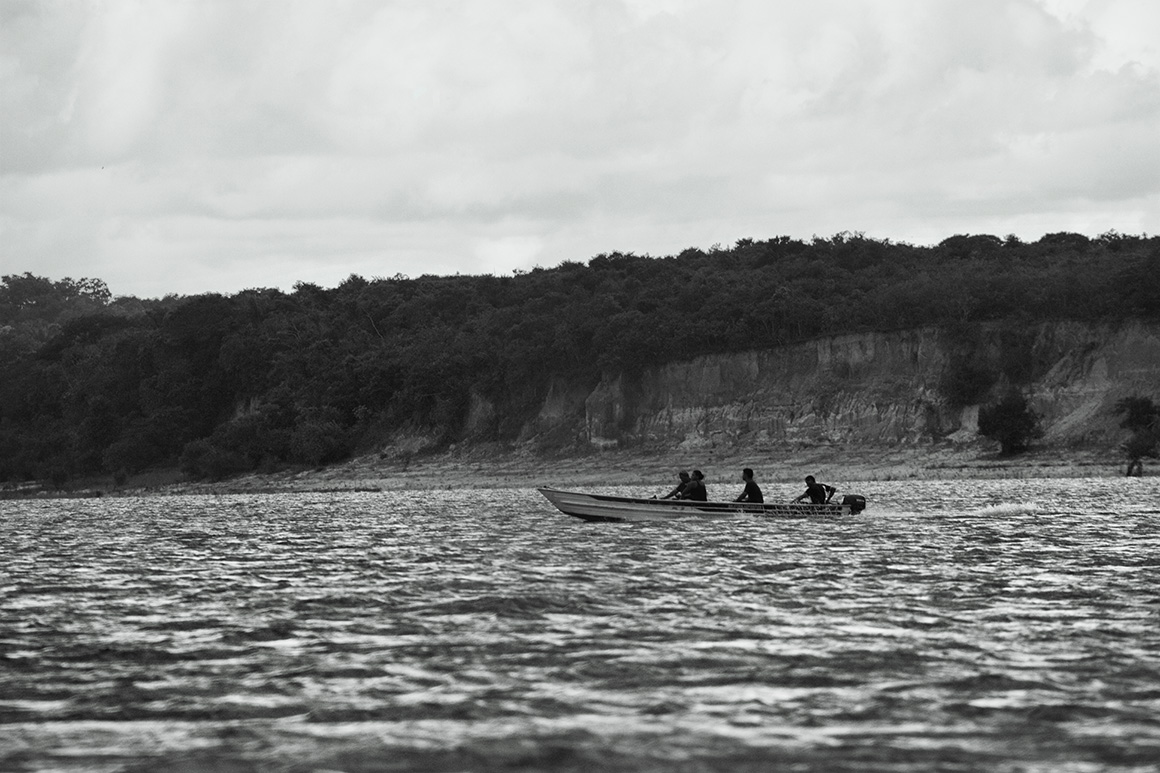
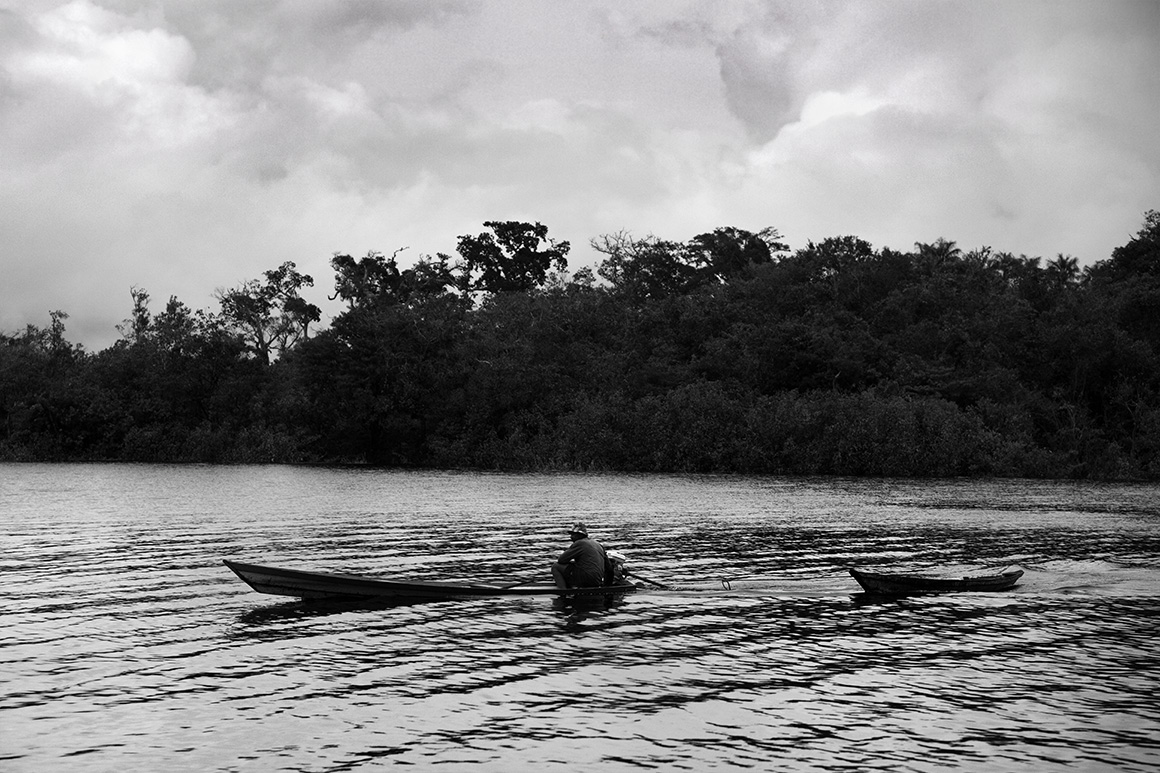





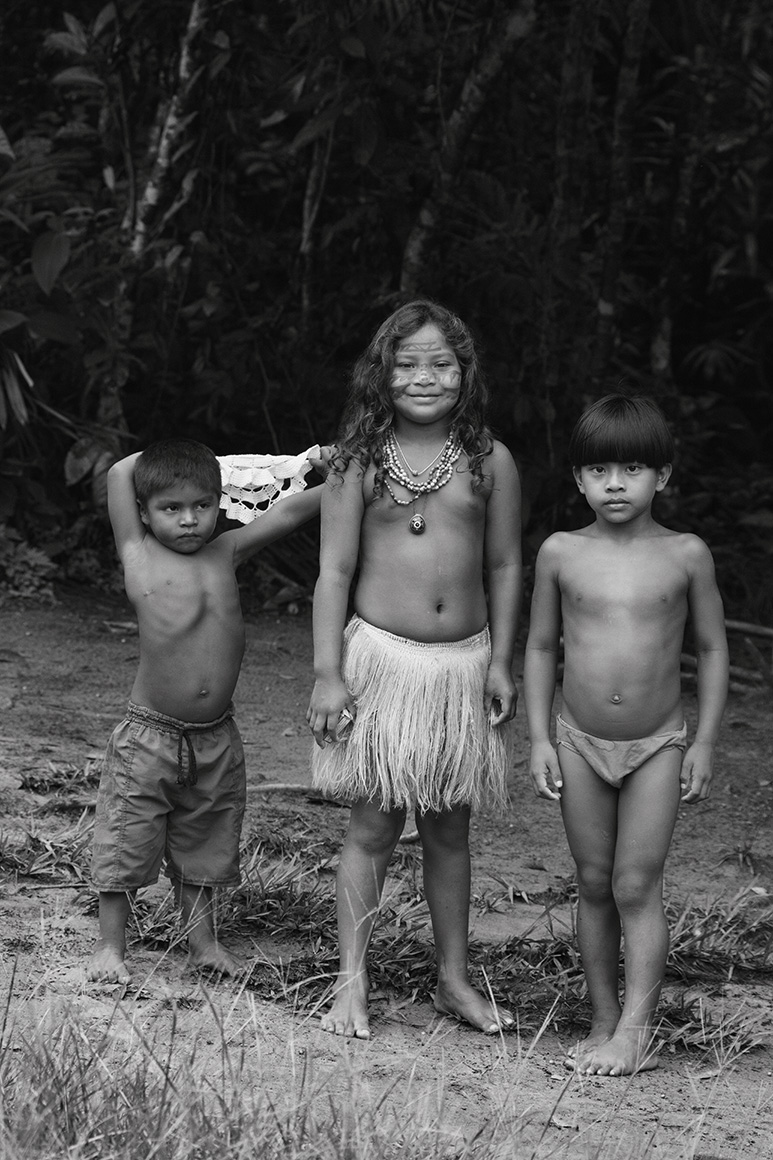
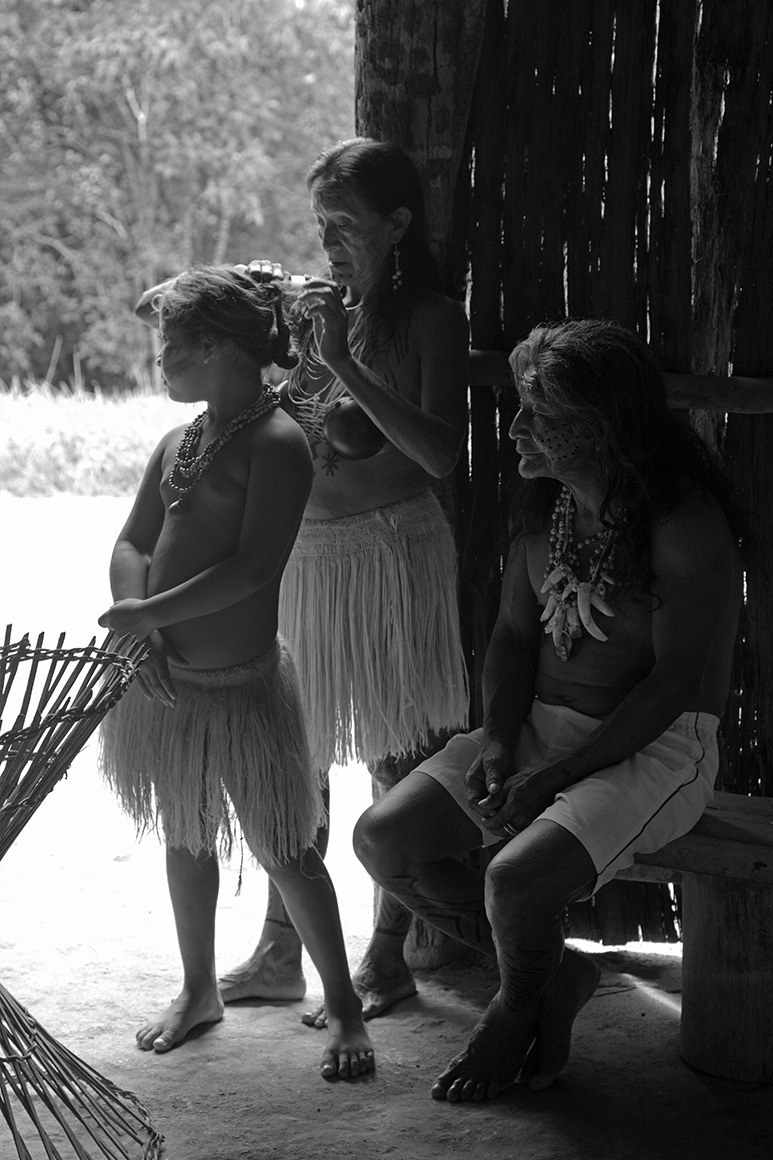
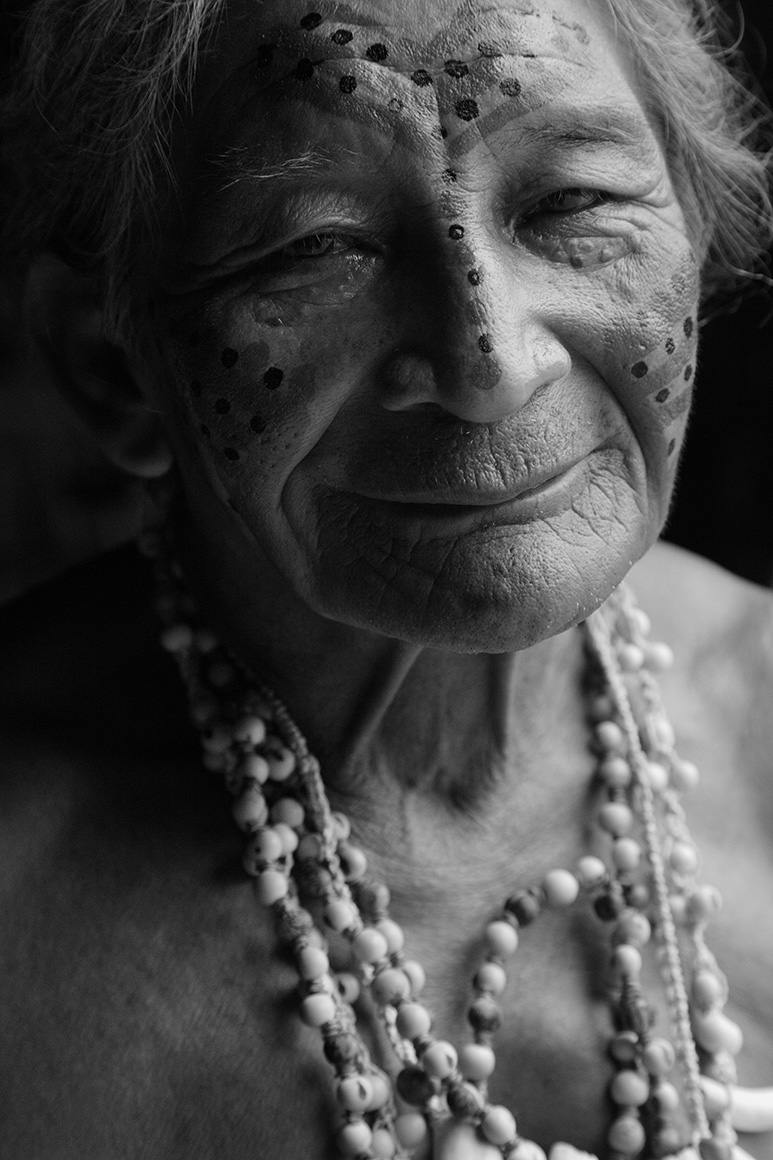
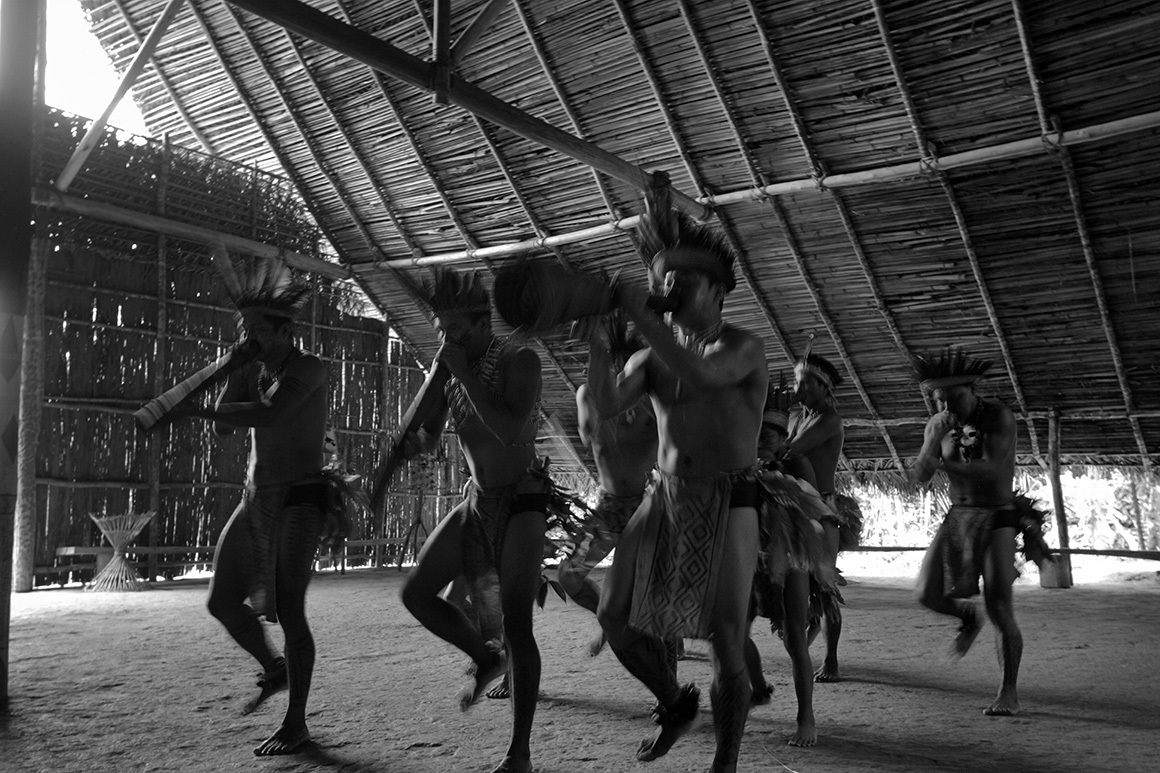
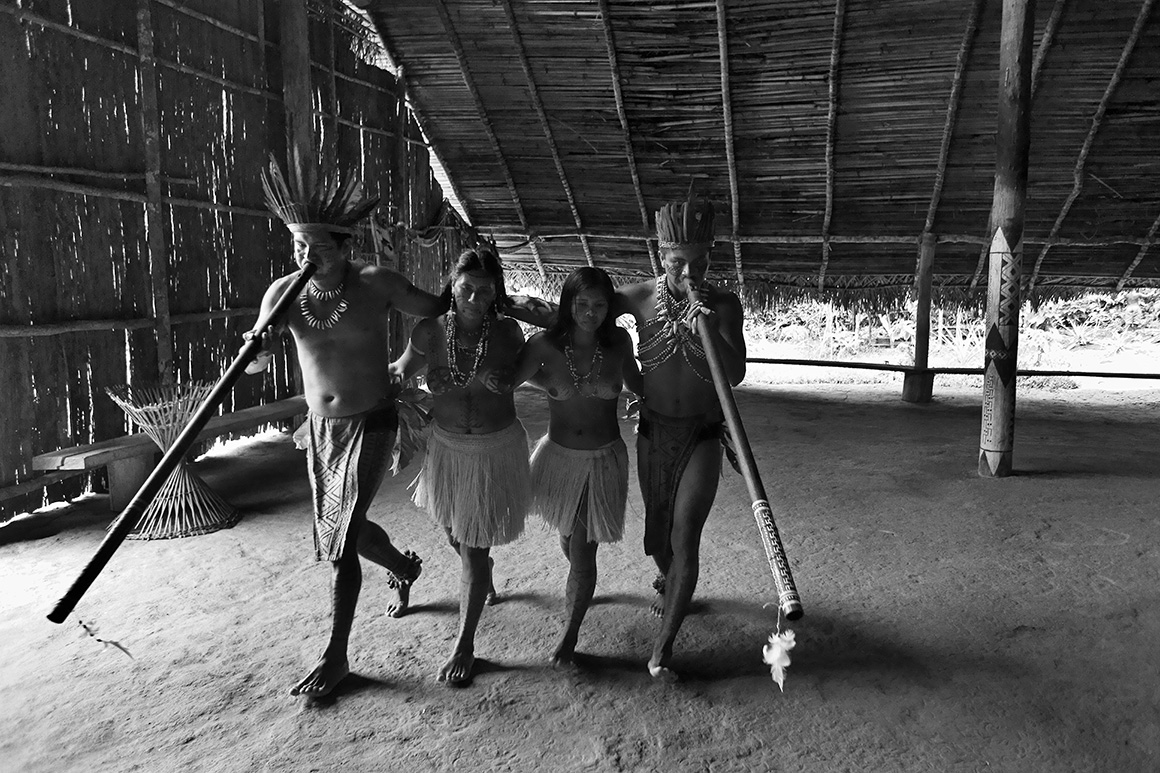
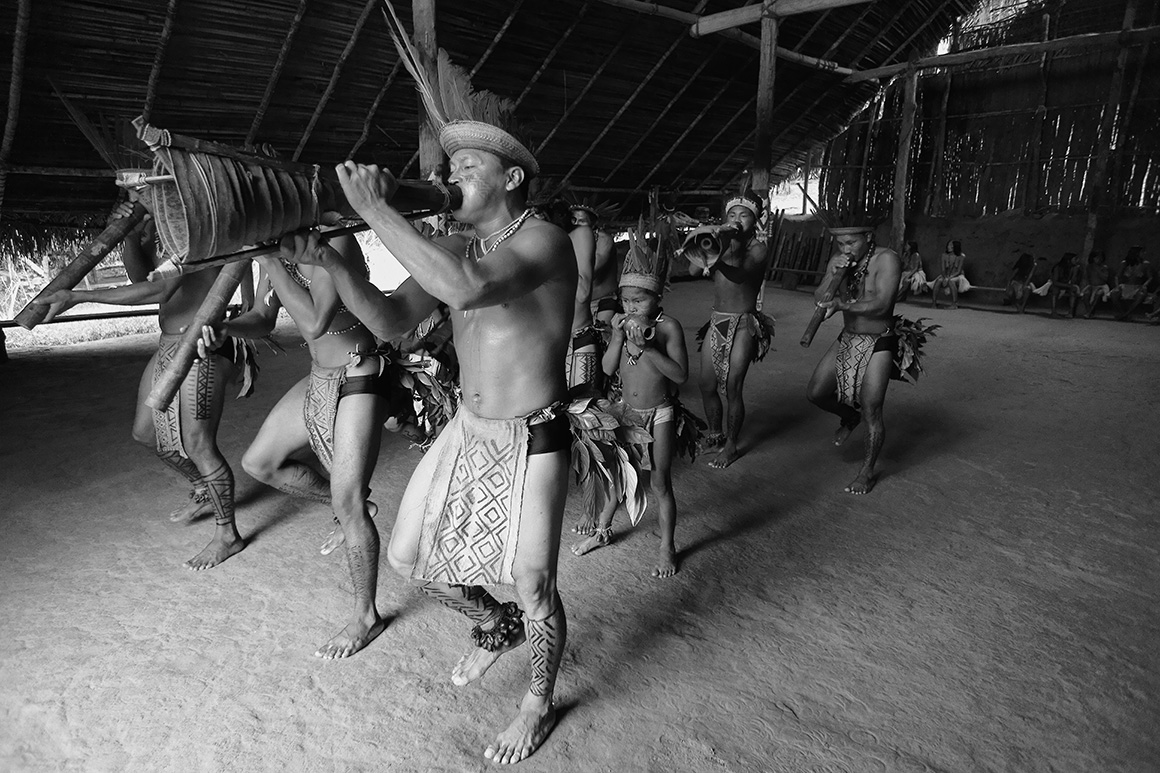

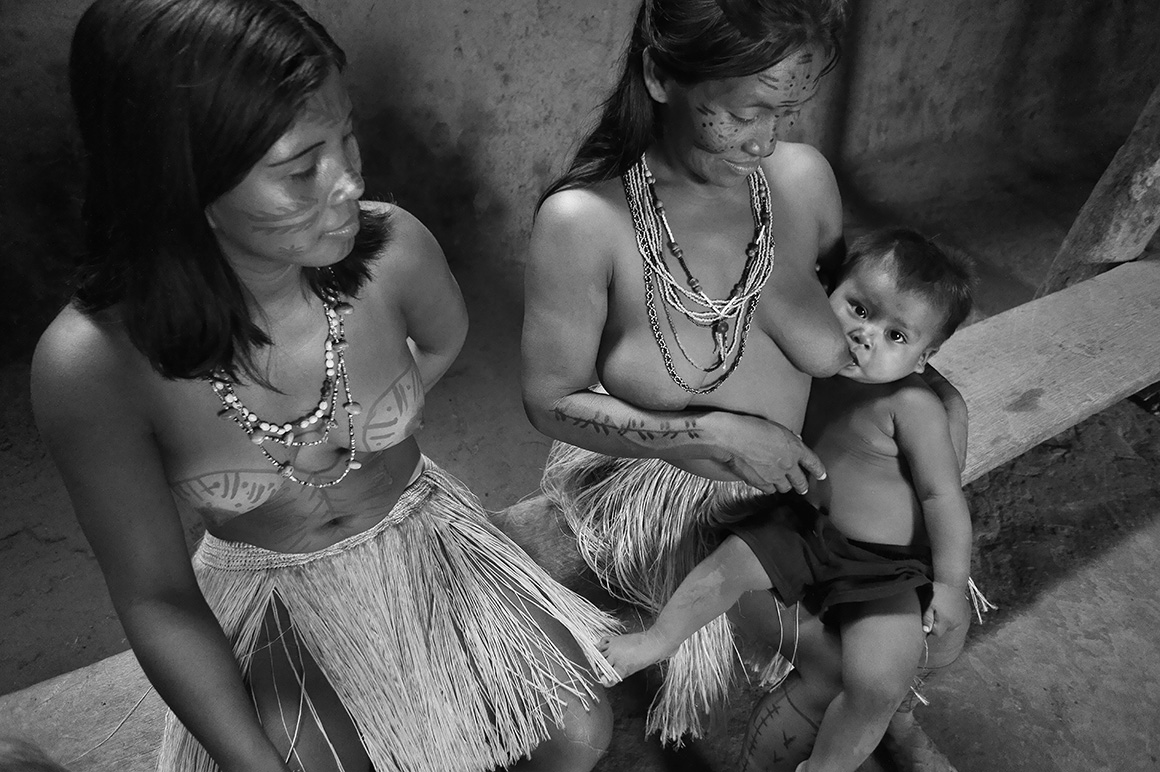
The second part: Festa
“Festa” is kind of tuner, which is used to create ebullition, defuse conflicts, popularize the tradition, collect resources and establish ideals……numerous “Festa” activities such as Brasil Canaval, Oktoberfest, Festas Paulistas and Festa do Divino Espírito Santo, etc., show to the world a Brazil formed by diverse cultures. Exploration colonization, bear festival, phenomenology of religion, tales of legendia, natural wonders, historical events and city commemoration, etc. are regarded as the main origin of “Festa” and have not to be verified. In Brazil, “Festa” is viewed as the beginning of being qualified to distinguish people through ceremony. Through “Festa”, many groups have embodied the will, achievement and organization level, reflecting the polity and economy. “Festa” is still the primary meeting to nominate the candidates by official bodies. In fact, “Festa” is the basic factor indispensable to the life of Brazilian, who firmly believe that “Festa” can amend the society and help the country to realize the dream.
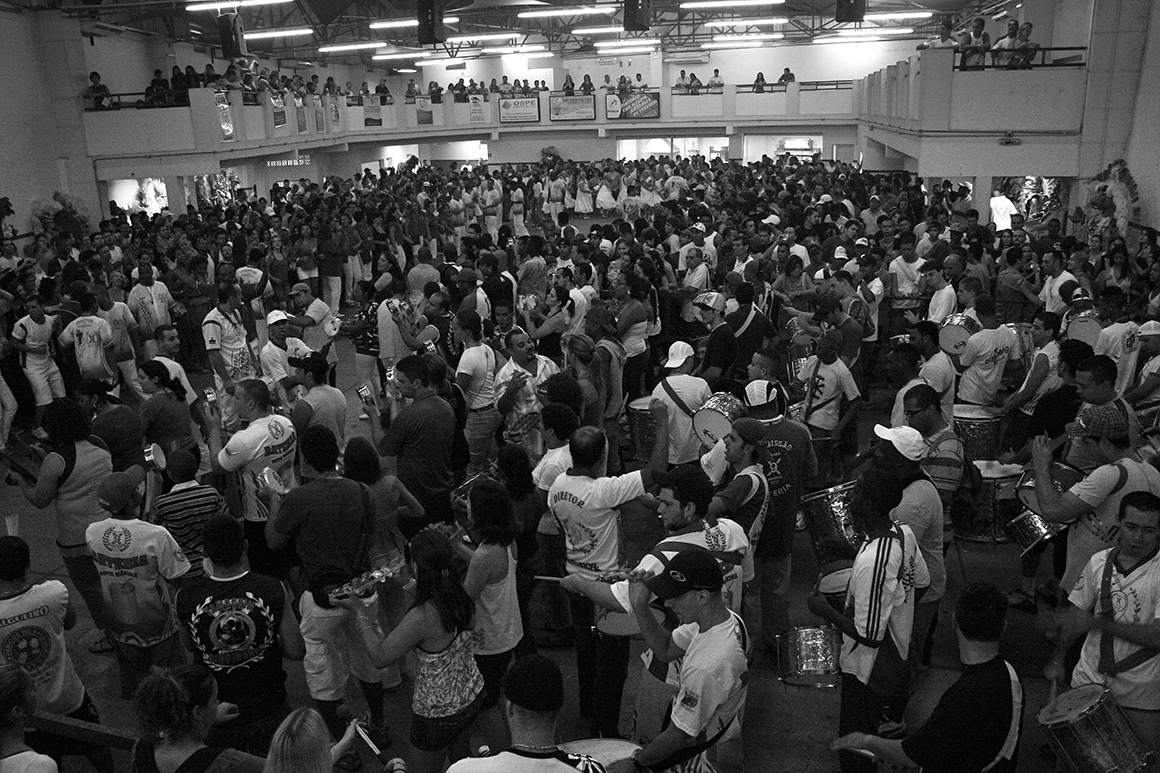


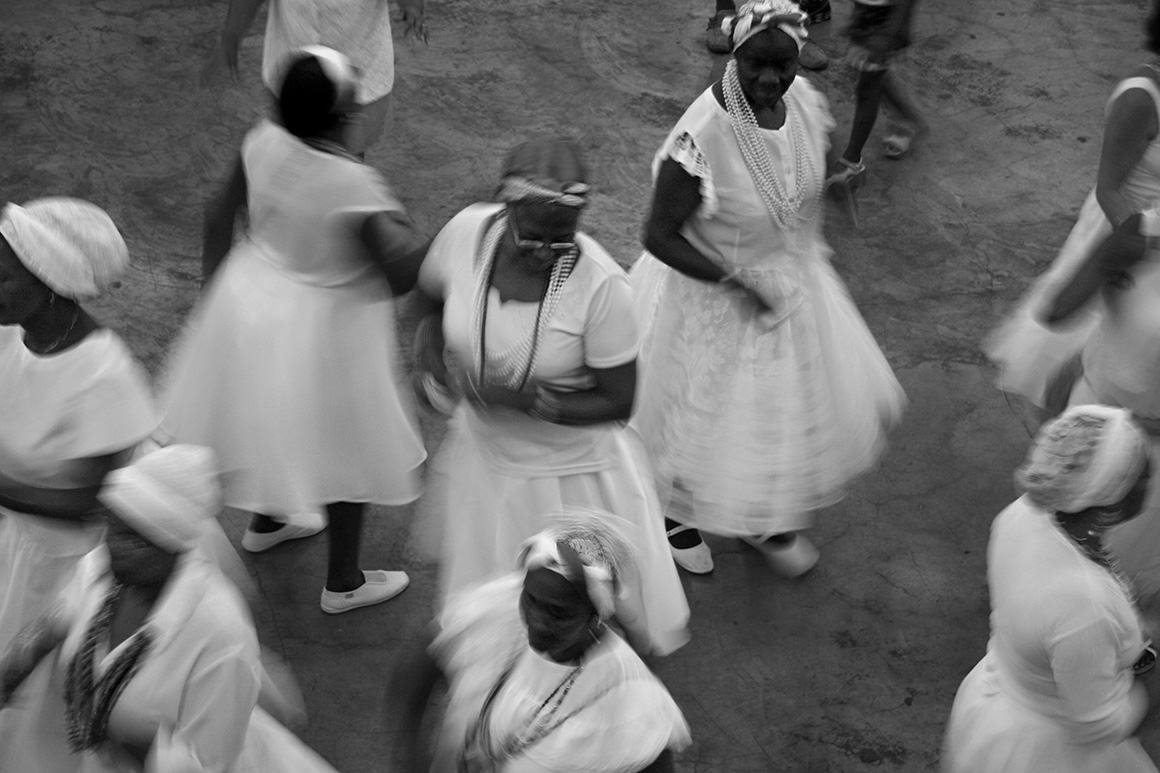




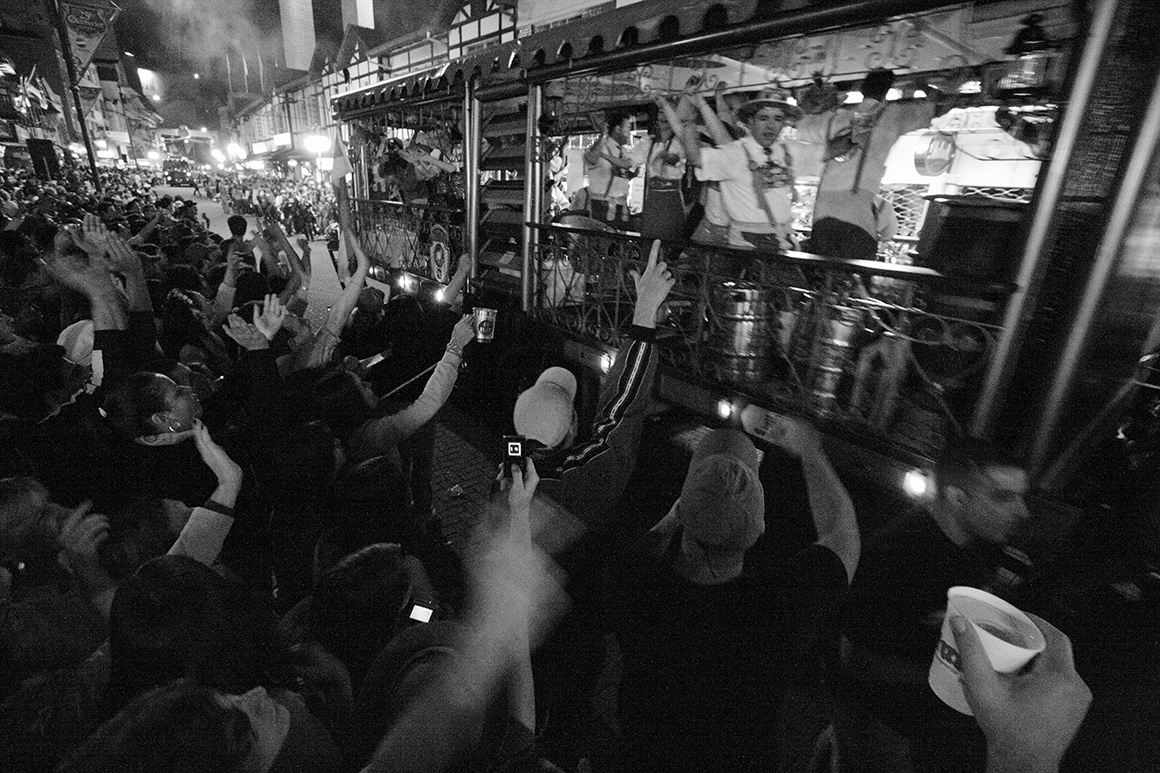
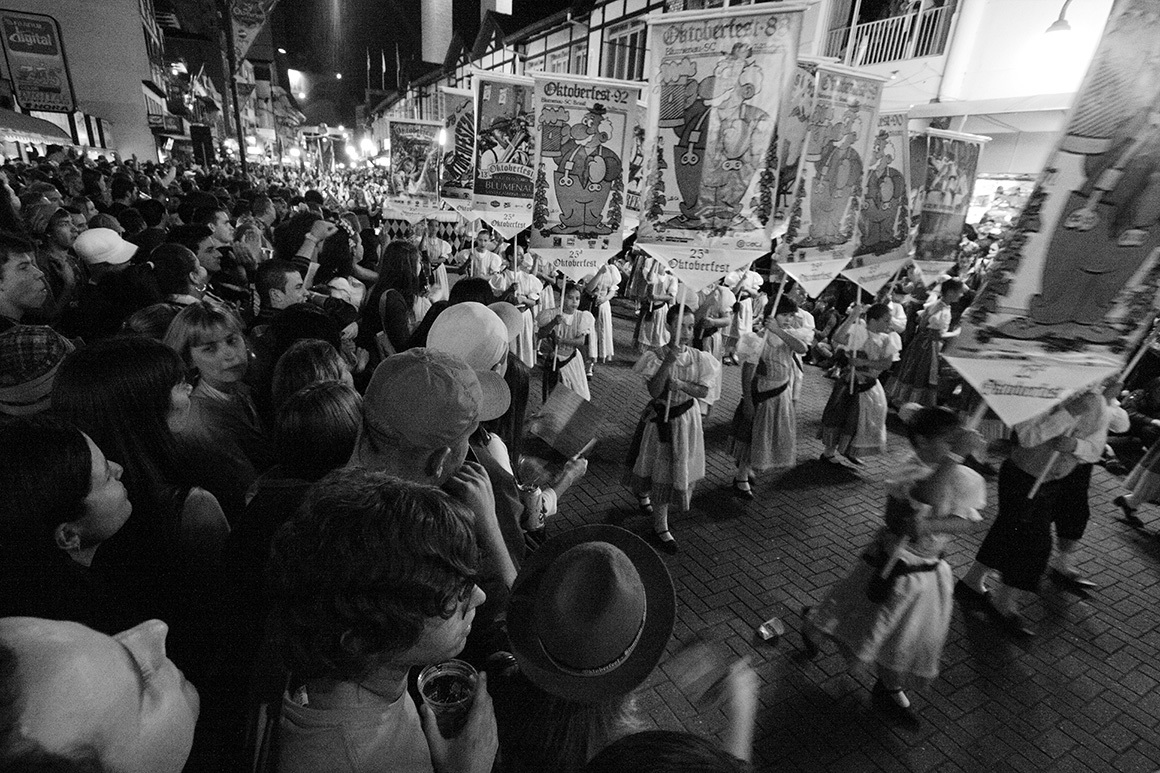

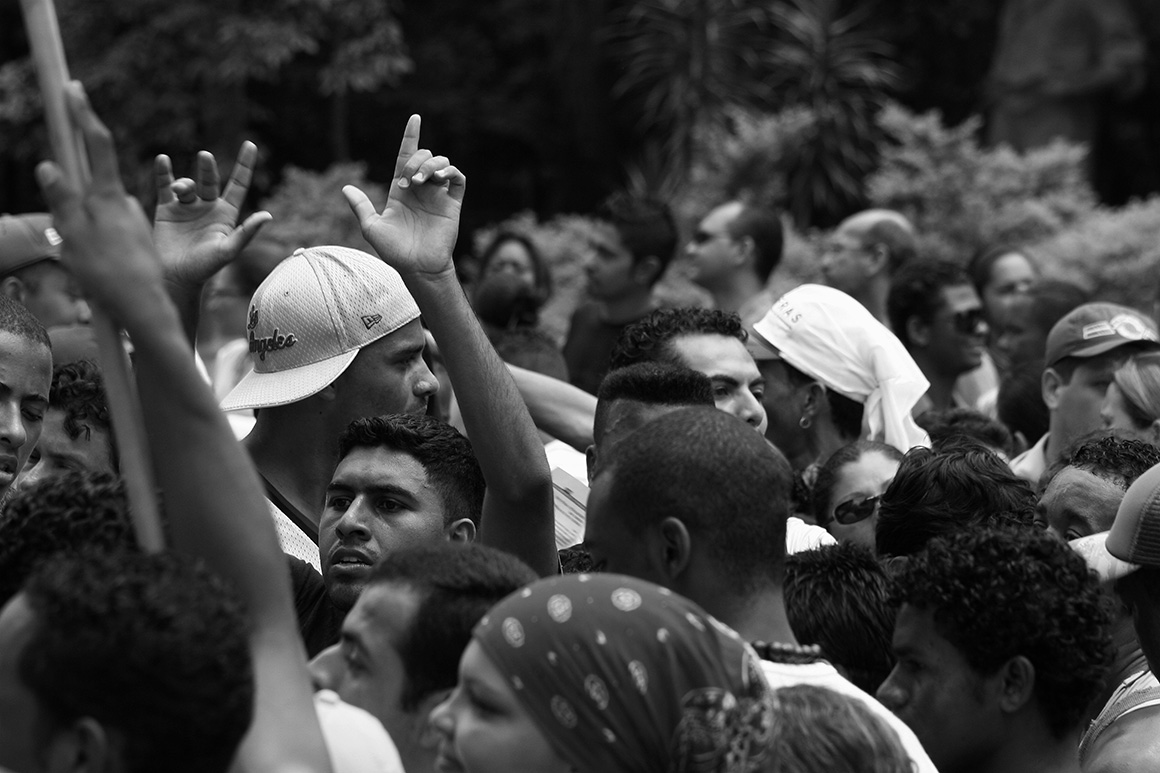





The third part: The first official town of Brazil
Cananéia was established by Martim Afonso de Souza on August 12, 1531 and named officially on January 22, 1532. There had been numerous expeditors, adventurers, explorers, and pirates coming here since then. After 500 years of development in twists and turns, the first official town of Brazil with its streets, architecture, religion, festivals and customs remaining in its original appearance has got its worthy name in the whole country.
During the15th century, there came a message in Europe that huge amounts of gold was laid in the area of Rio Ribeira do Iguape, the discovery of which did not necessarily involve hard detection or exploration. The rumor could have promoted the whole Portuguese royal court to make up its mind to launch an expedition of the southern Atlantic Ocean of the largest scale in the history. Led by Martim Afonso de Souza, the warships came to the wildness of Ilha do Bom Abrigo, in which they discovered an Indian town with 200 habitants. Later on, it had been a place of exile for the Spain and Portuguese until the beginning of the 16th century.




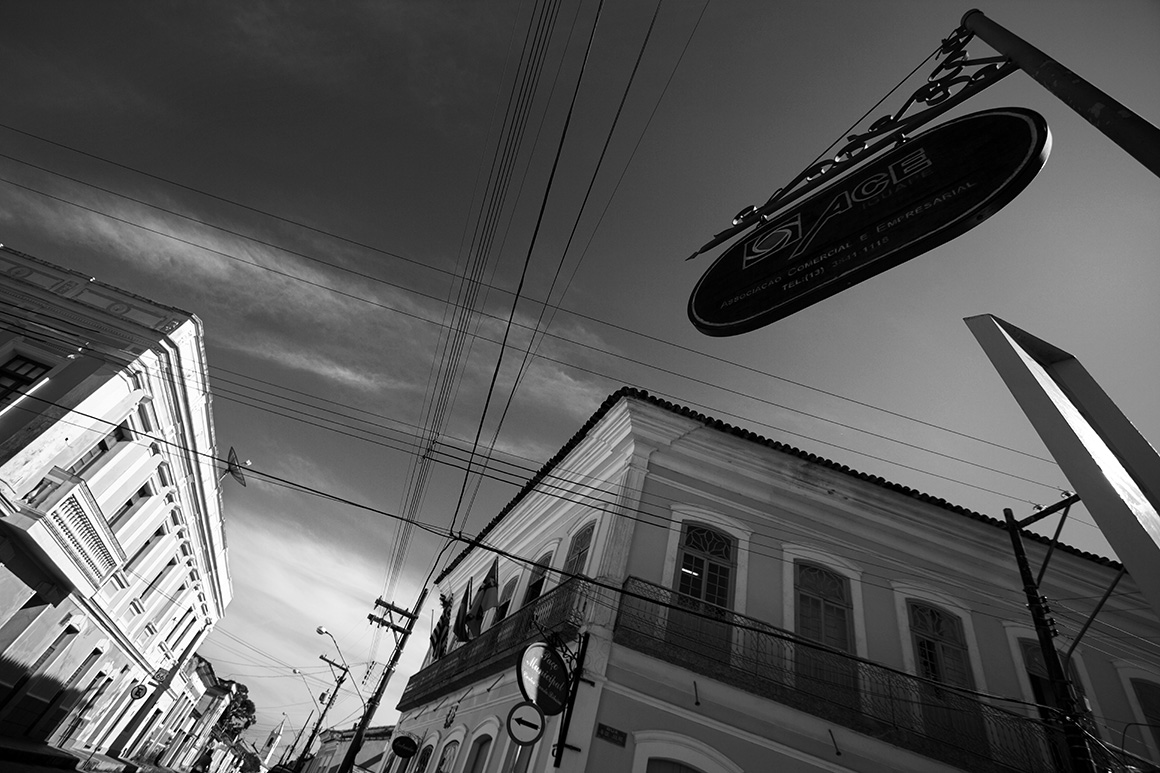



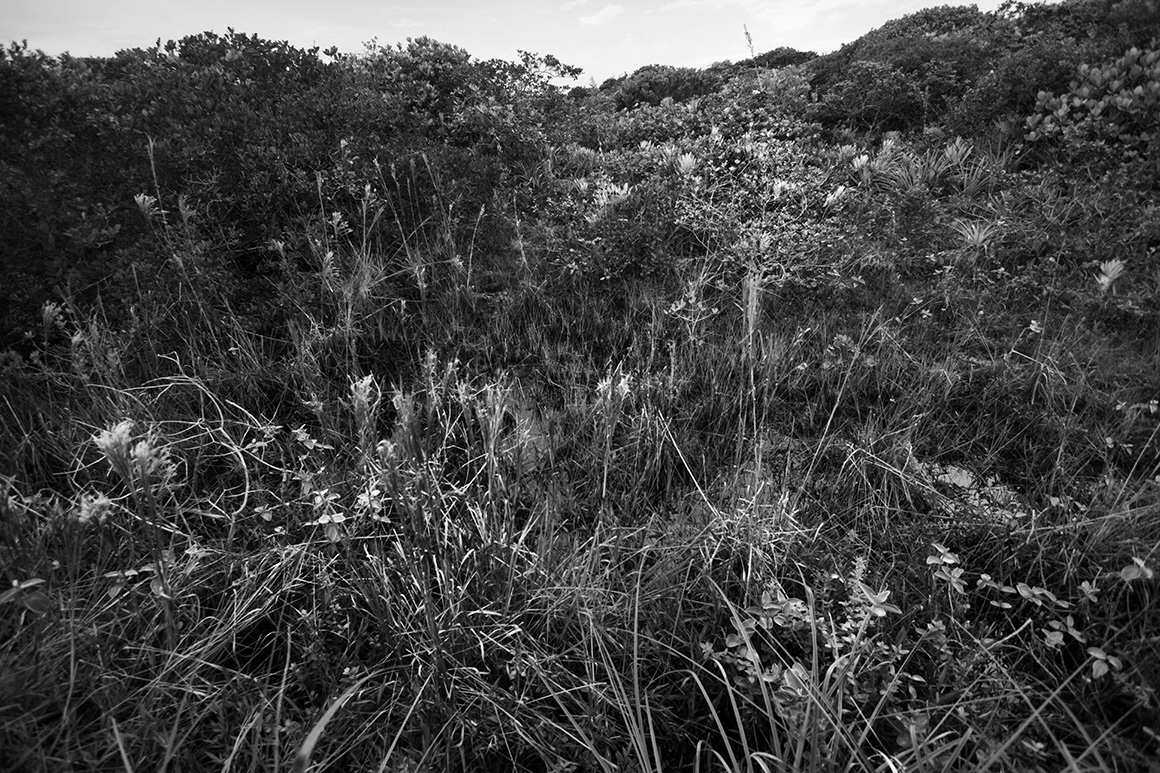



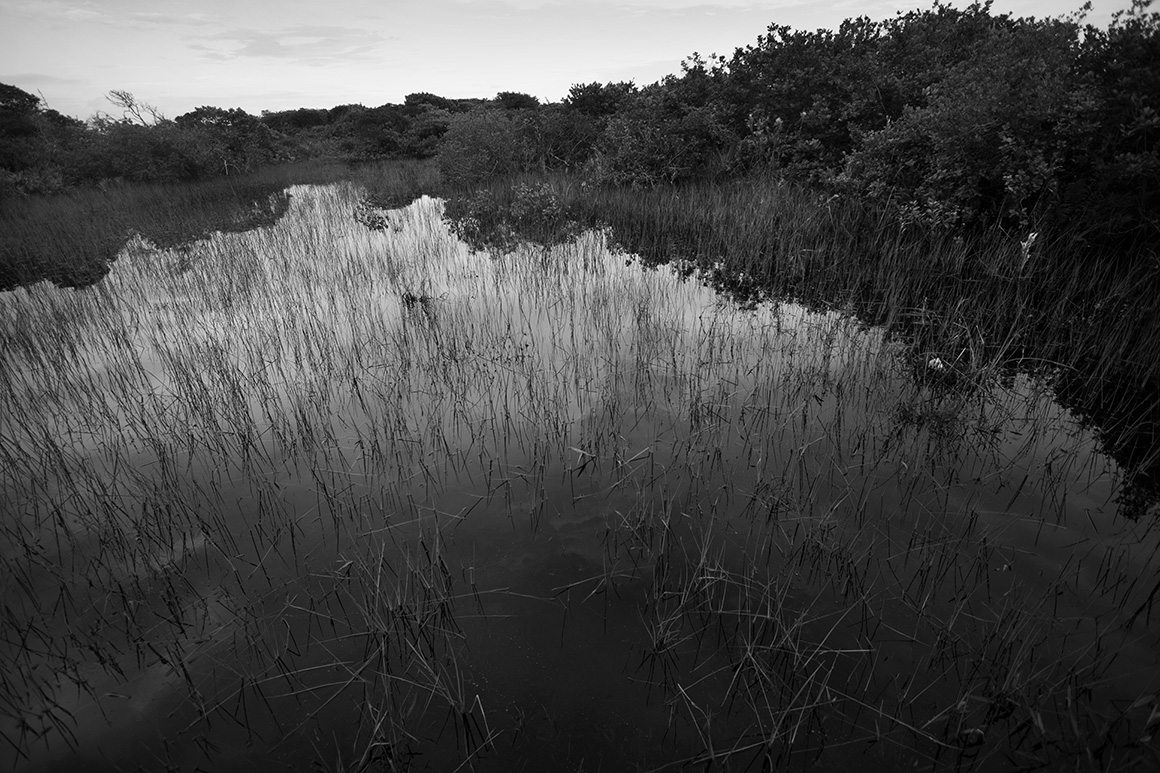

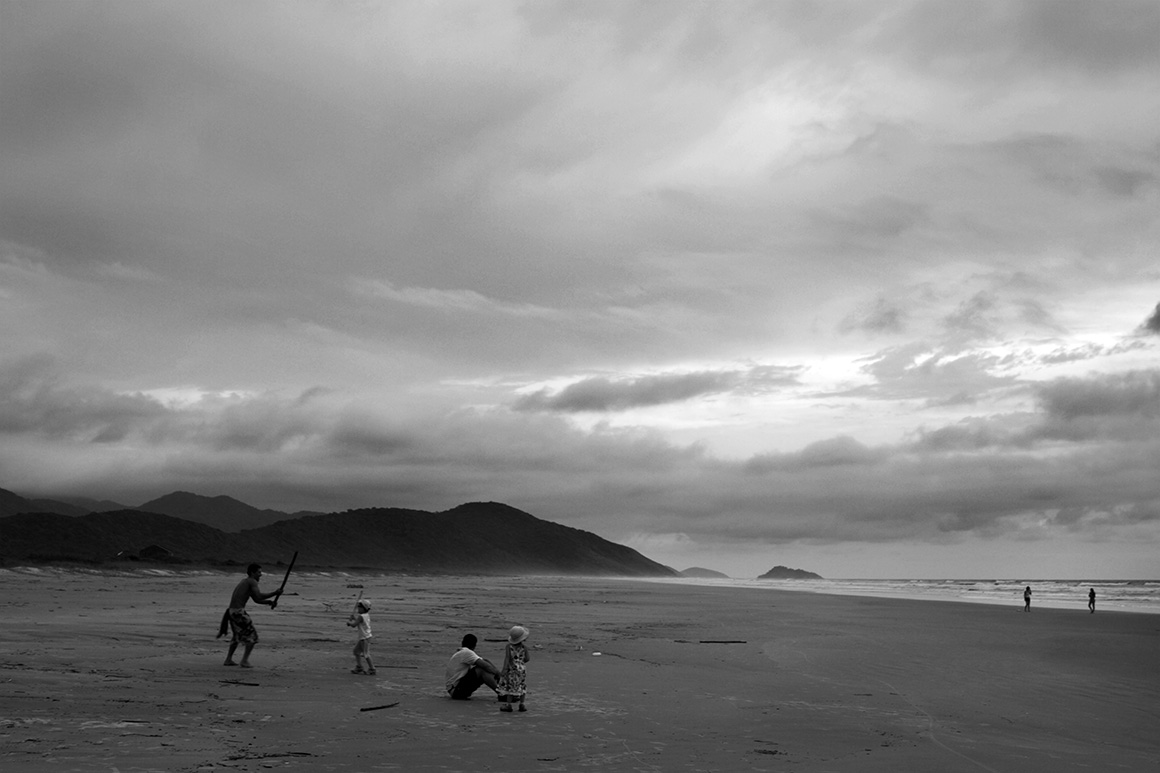


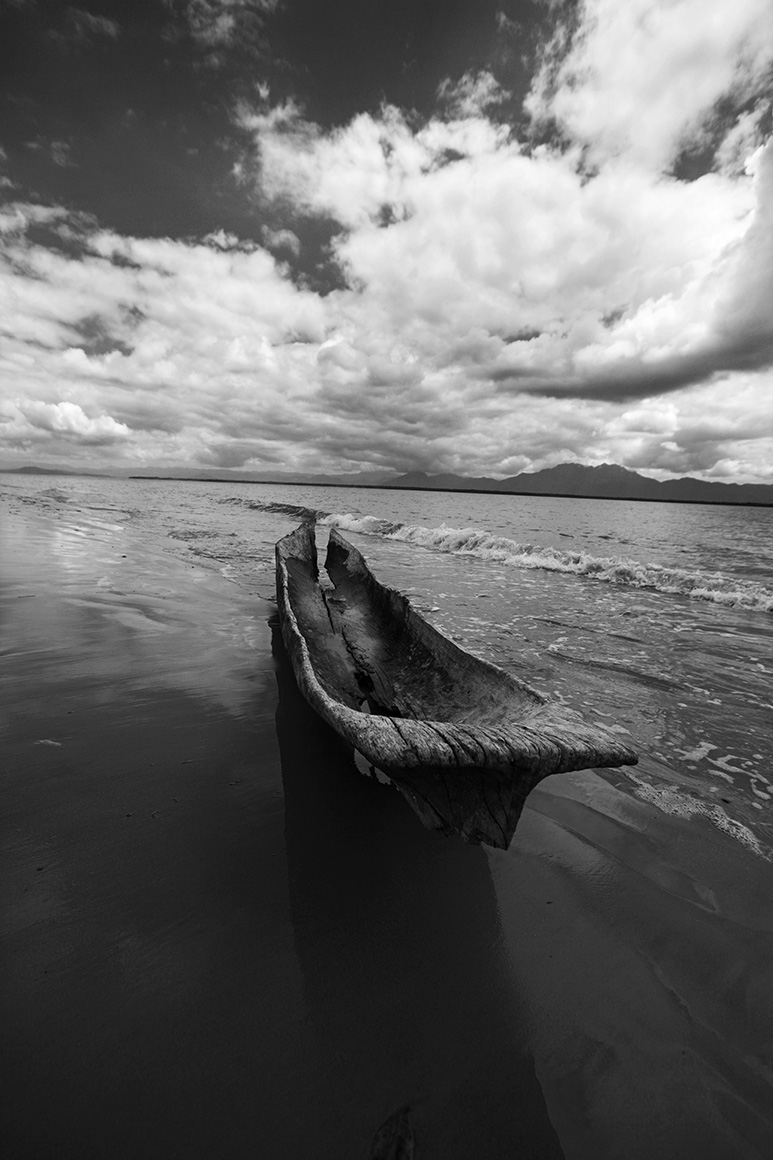


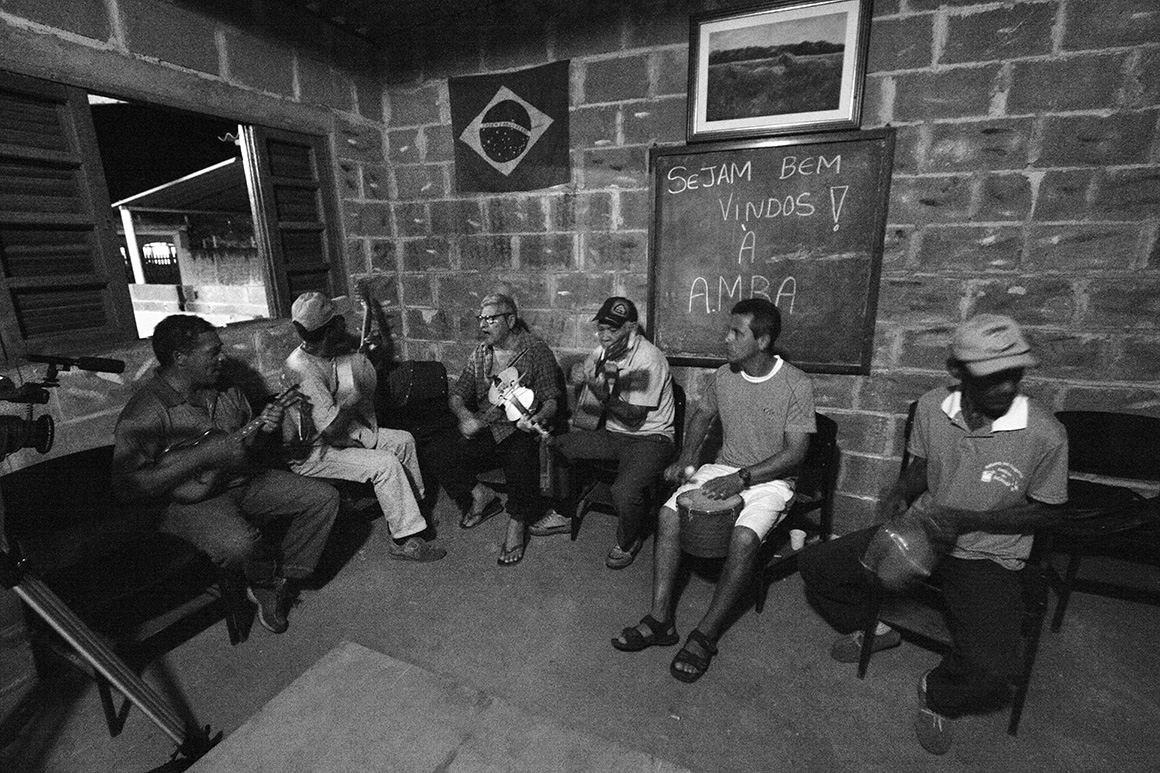

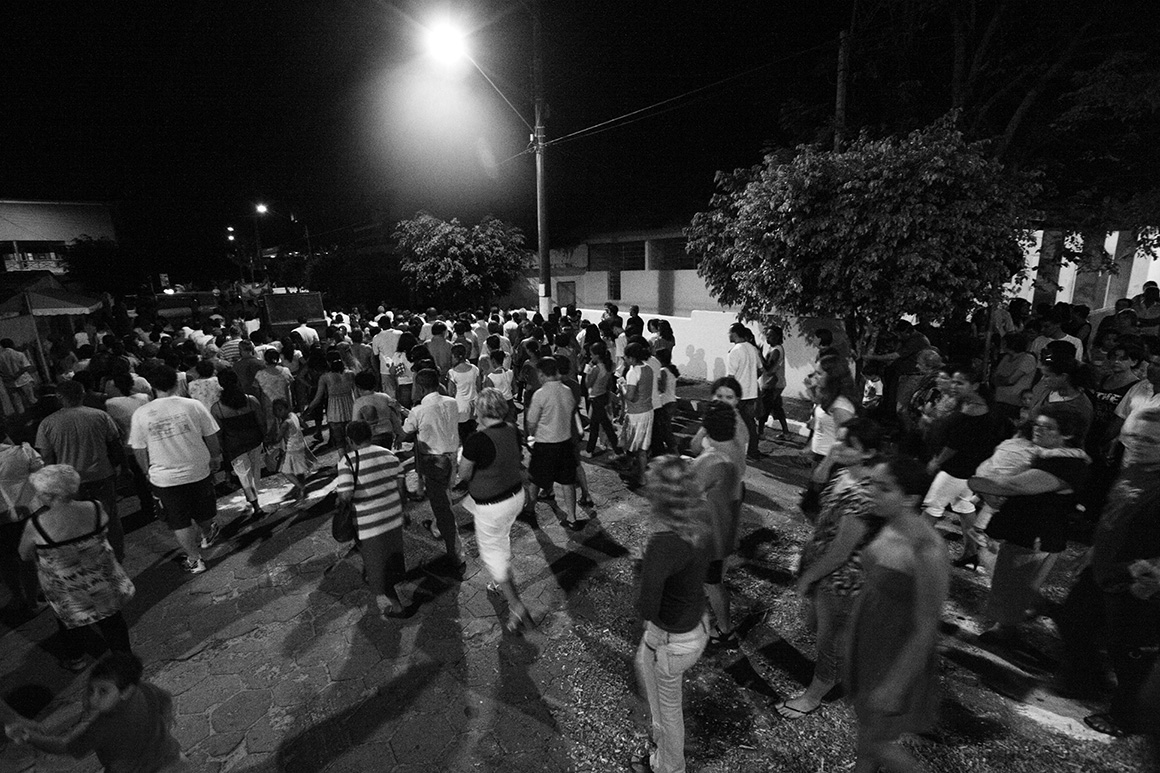
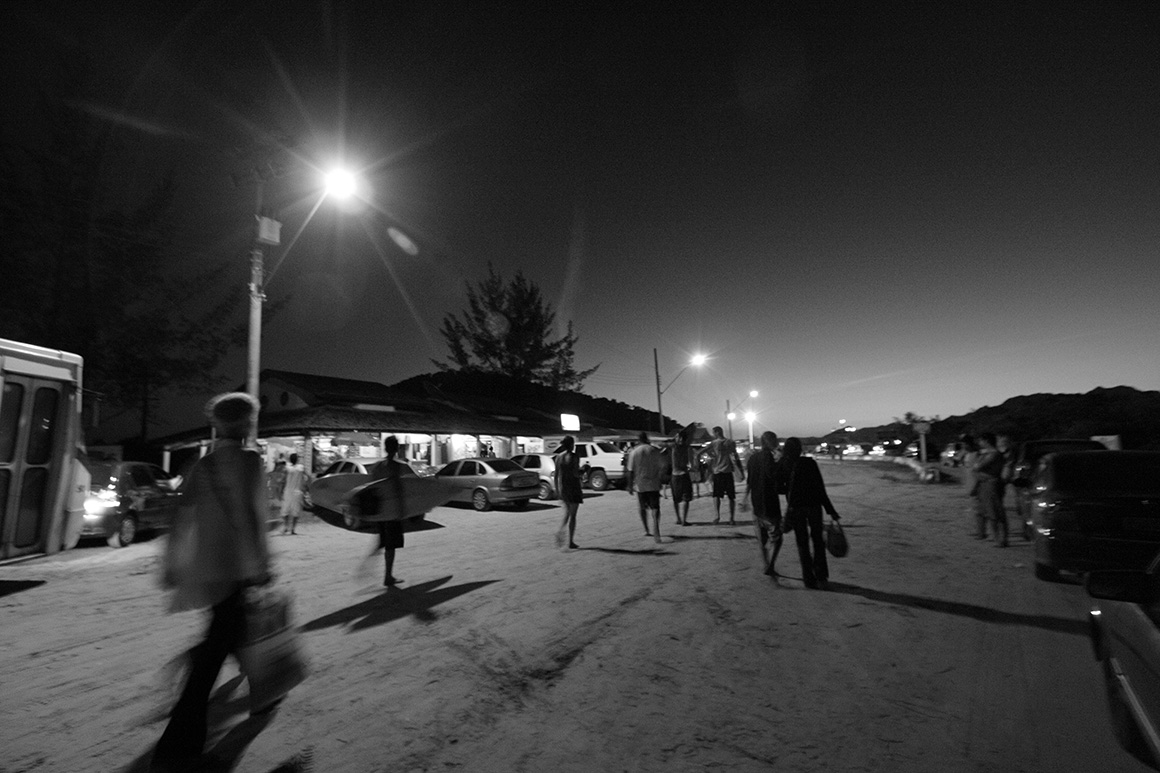



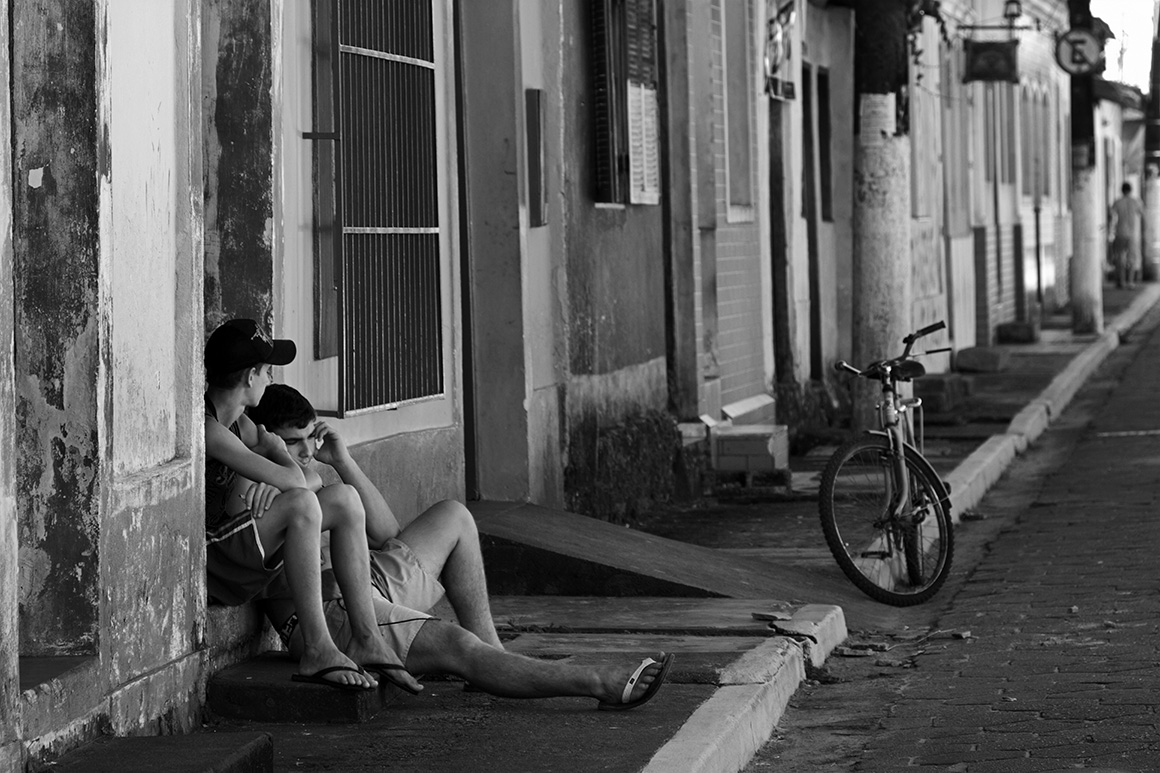
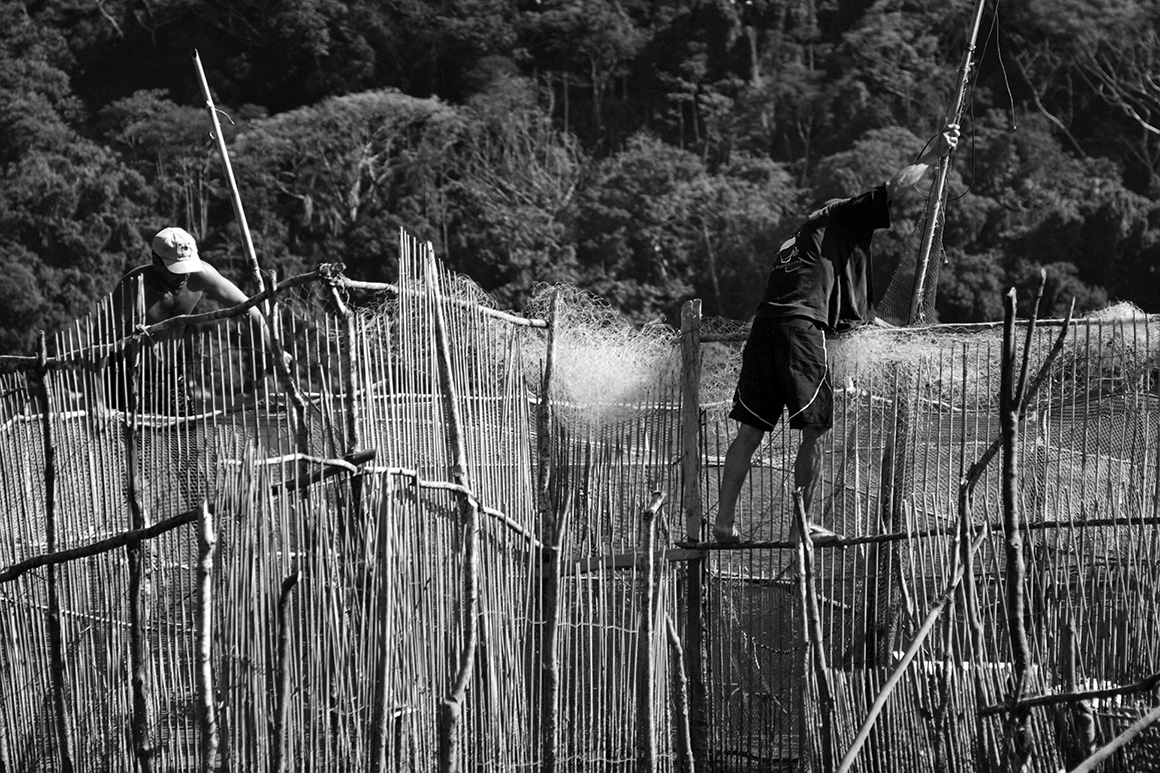
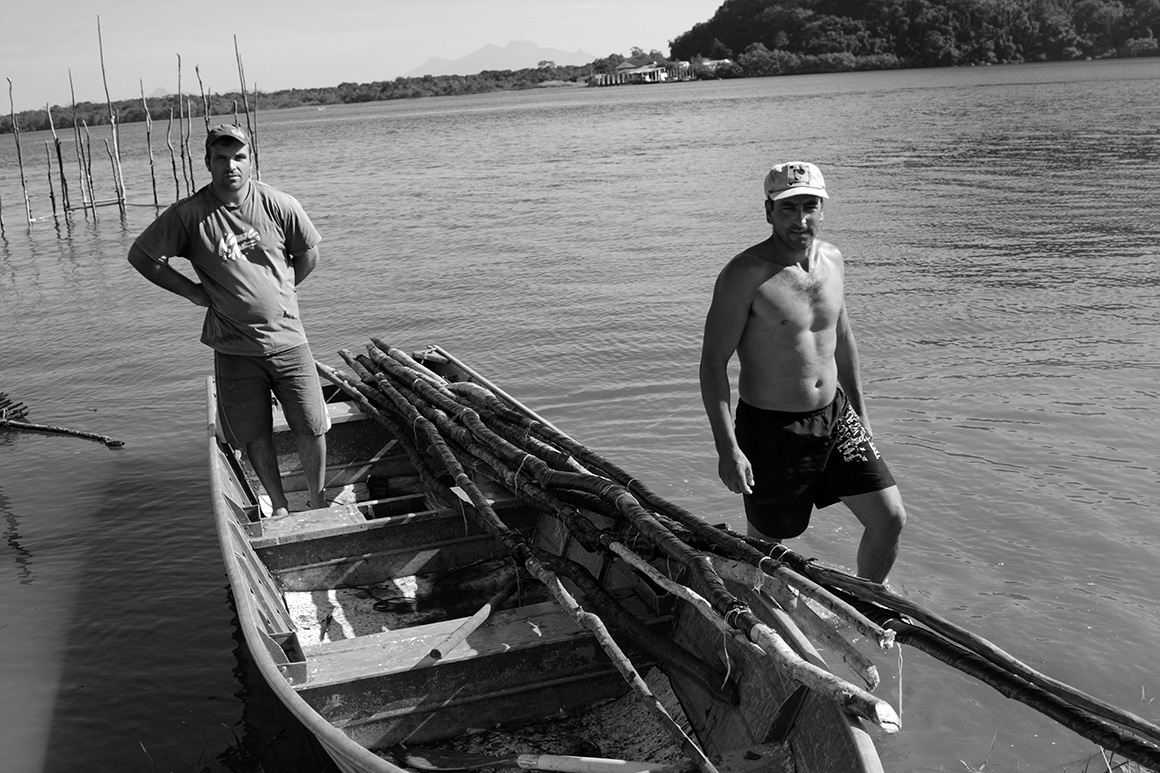

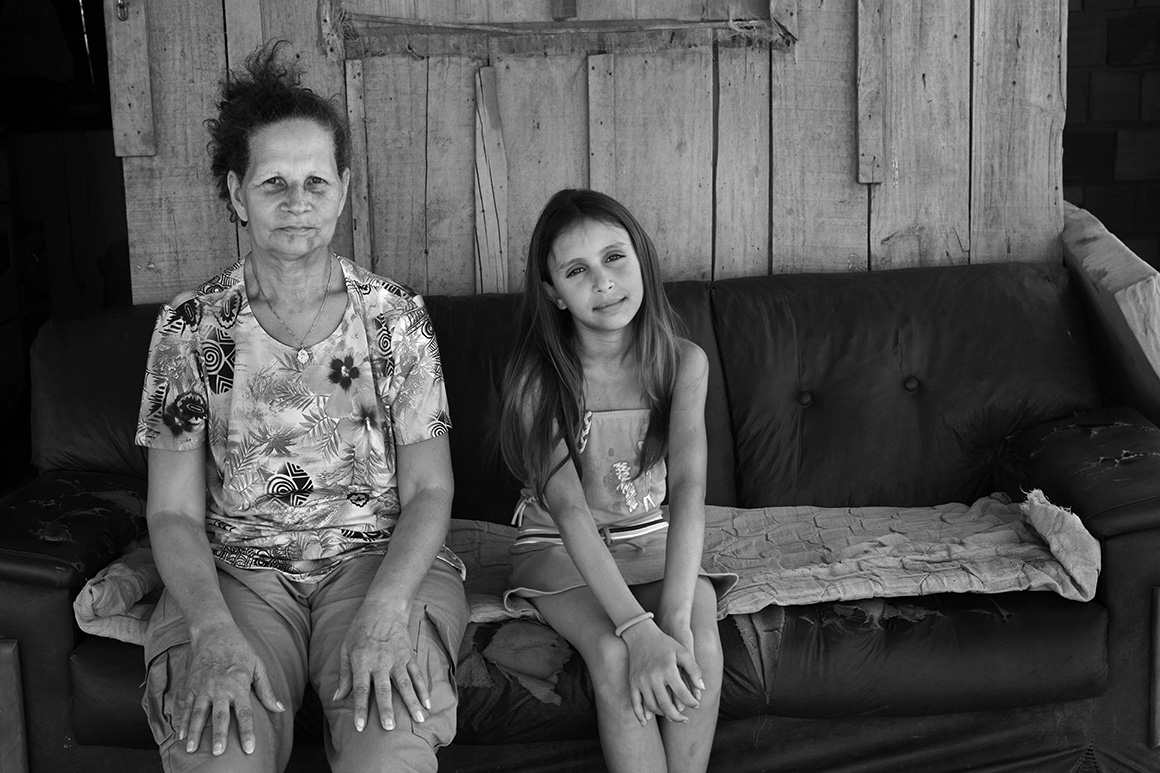
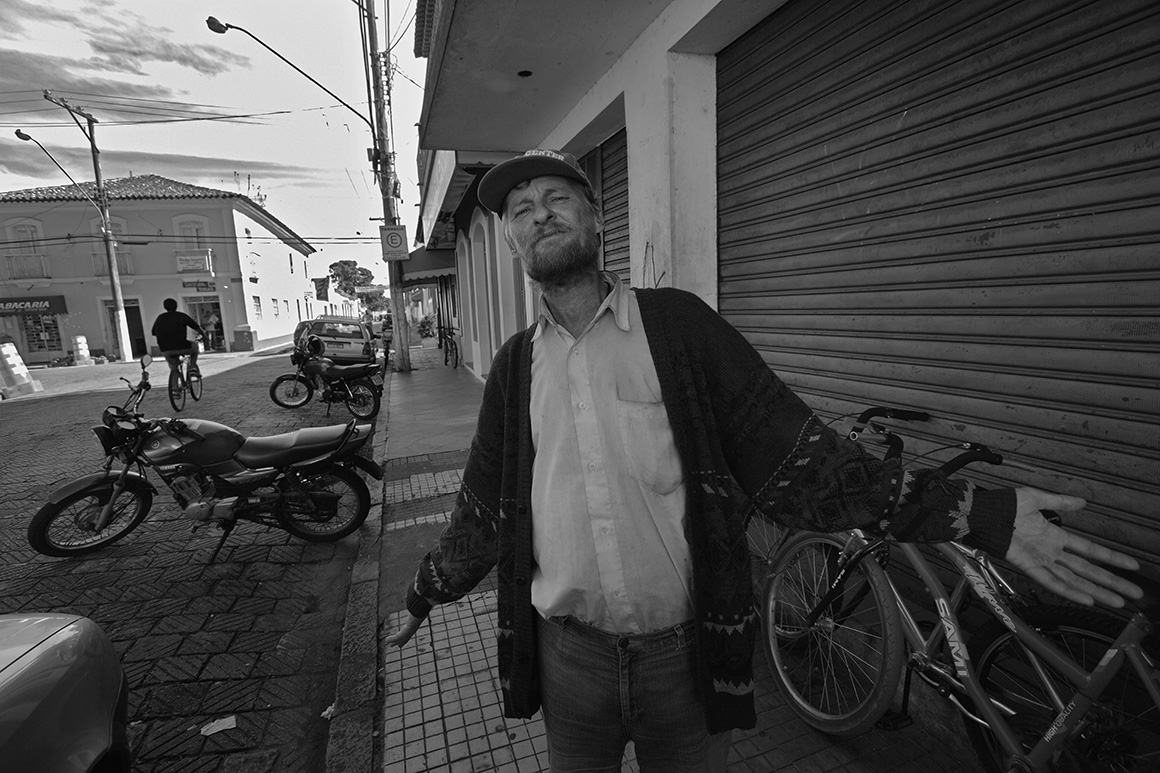
The fourth part: Pantanal
Pantanal is located in the wide plateau in the western Brazilian, covering an area of 40,000 square miles. Despite the complexity and wideness of the wetlands, the desire of the human being to conquer it has never been changed in its long history. Streams of people had been to the land of paradise one after another to achieve their dream even under the threat of Pistoleiros’ guns. What the adventurer cannot deal with is their own desire and the determination of conquering the land. There were losers who might even have lost their lives. Some frontiers suffering a lot from the malaria and pyrexia and incapable of bearing the pains of path breaking were moved back to the slums of Sao Paulo.
The first batch of frontiers ever into Patanal was the bandeirantes for the gold mining in 1720, which had left far-reaching and profound influence in the history of Brazil. Bearing the half blood of Indian and Portuguese, together with the maternally-inheritated spirits of frontiering and exploration, skills of survival from their Indian mothers and the paternally-inheritated desire for fortune and interests, they recklessly travel around the world instinctively out of the nature of nomadic tribes.
The struggles between the human being and the nature, the animals and those among human beings are mainly for the purpose of survival. They have been guarding the territory at the price of their lives and blood, constructing and maintaining it with their shoulder to collar day by day. After all there is too much unseen in the vast land and the innumerable fortune and treasure on it always calls up their tough patience and unshakeable faith. Singing the nostalgic ballads as they might be, their determination of safeguarding and obtaining the existing fortune at present and those coming in the future will never be influenced. These are the pantaleroes, who have been writing their own chapter of glory and dream on the land disagreeing with the survival of human beings.
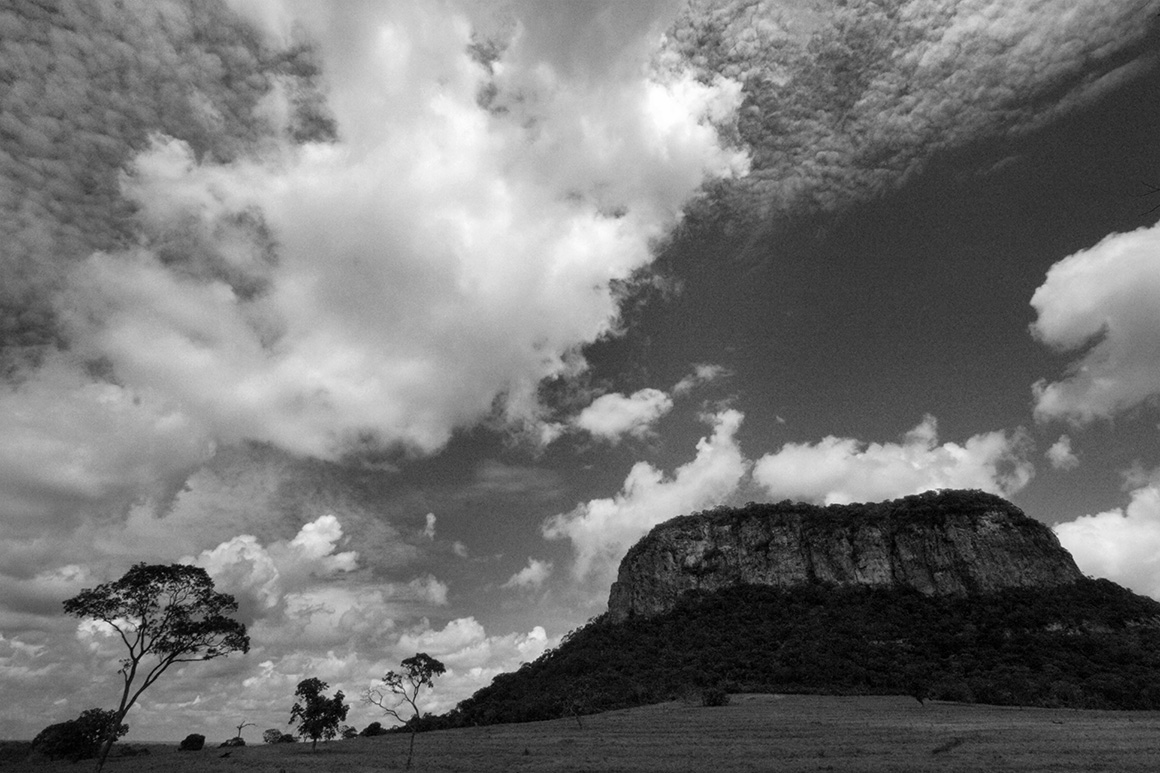
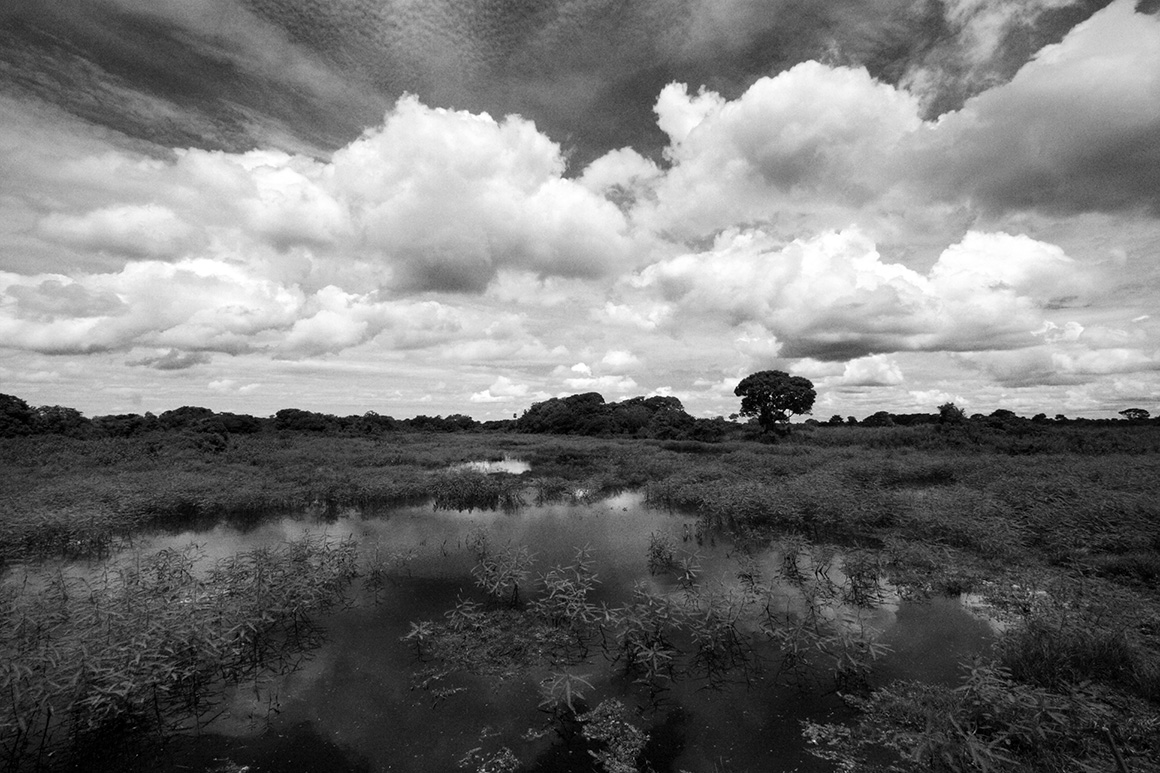




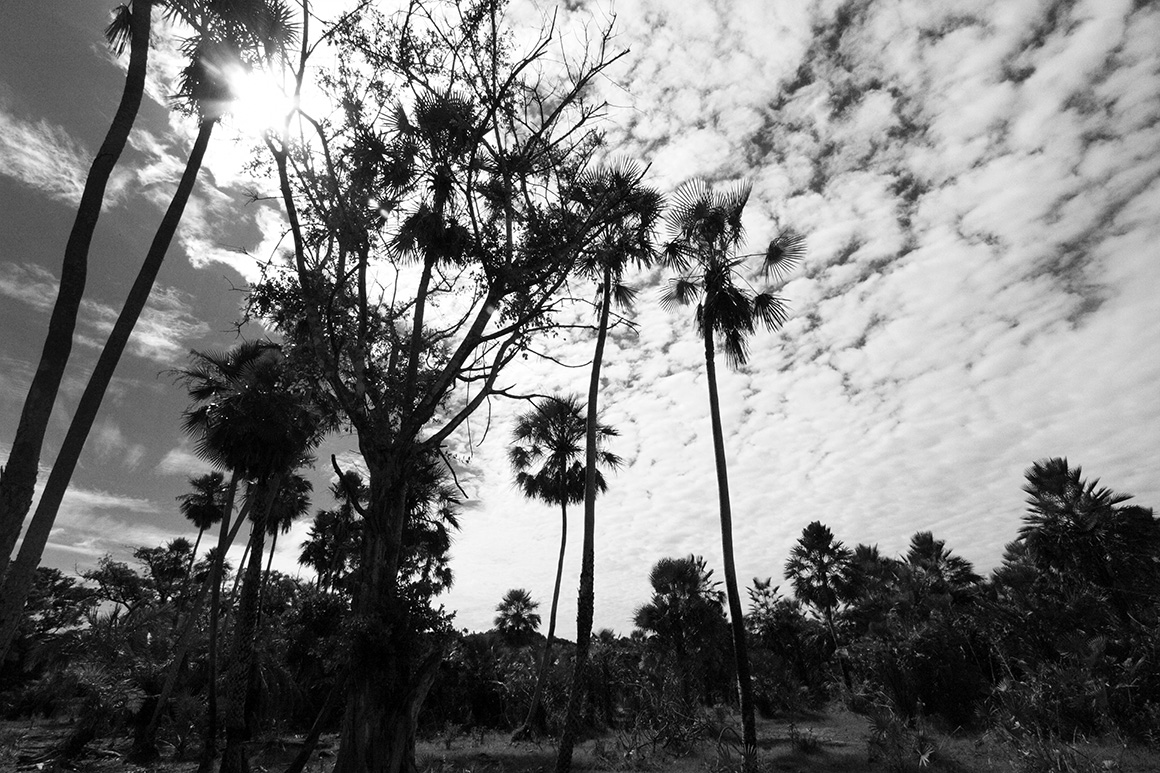
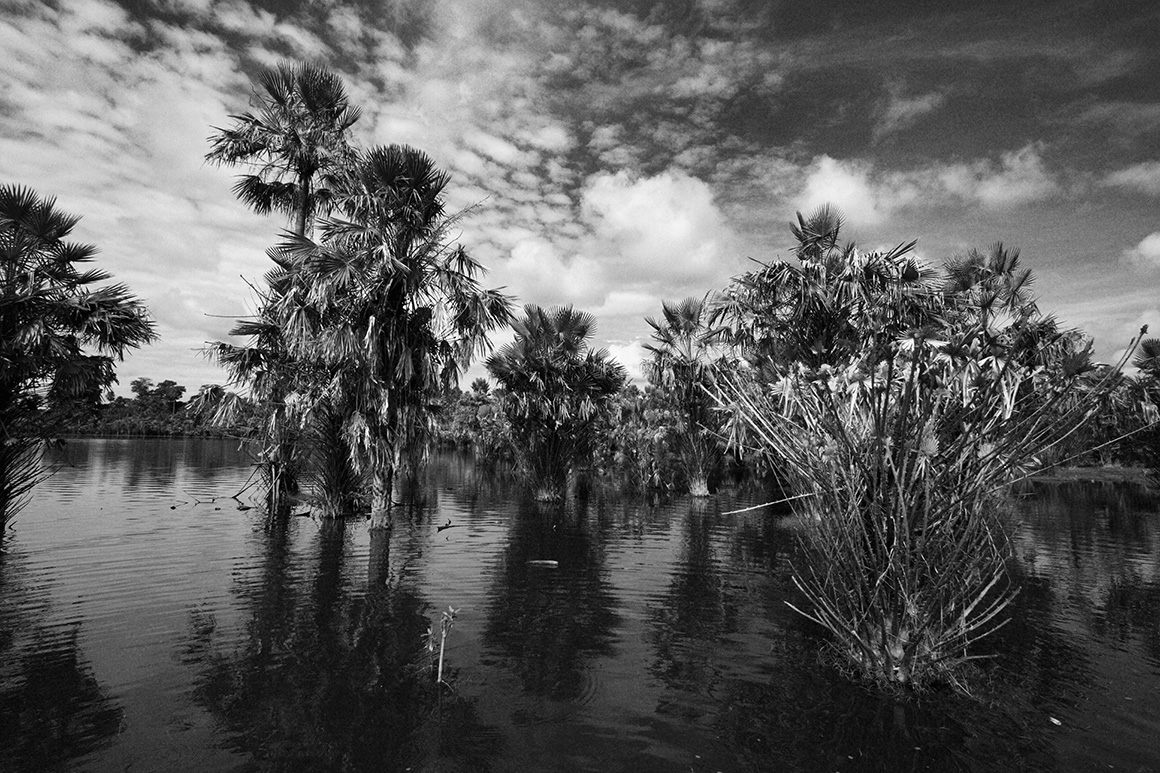



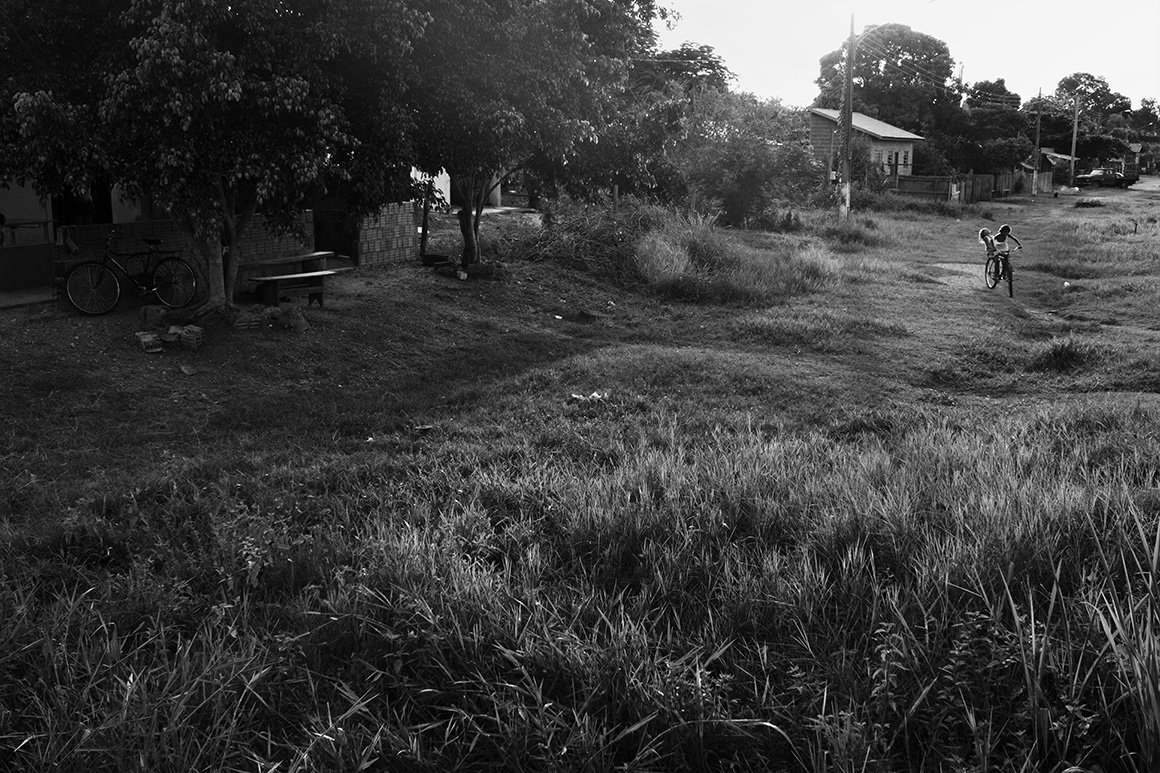






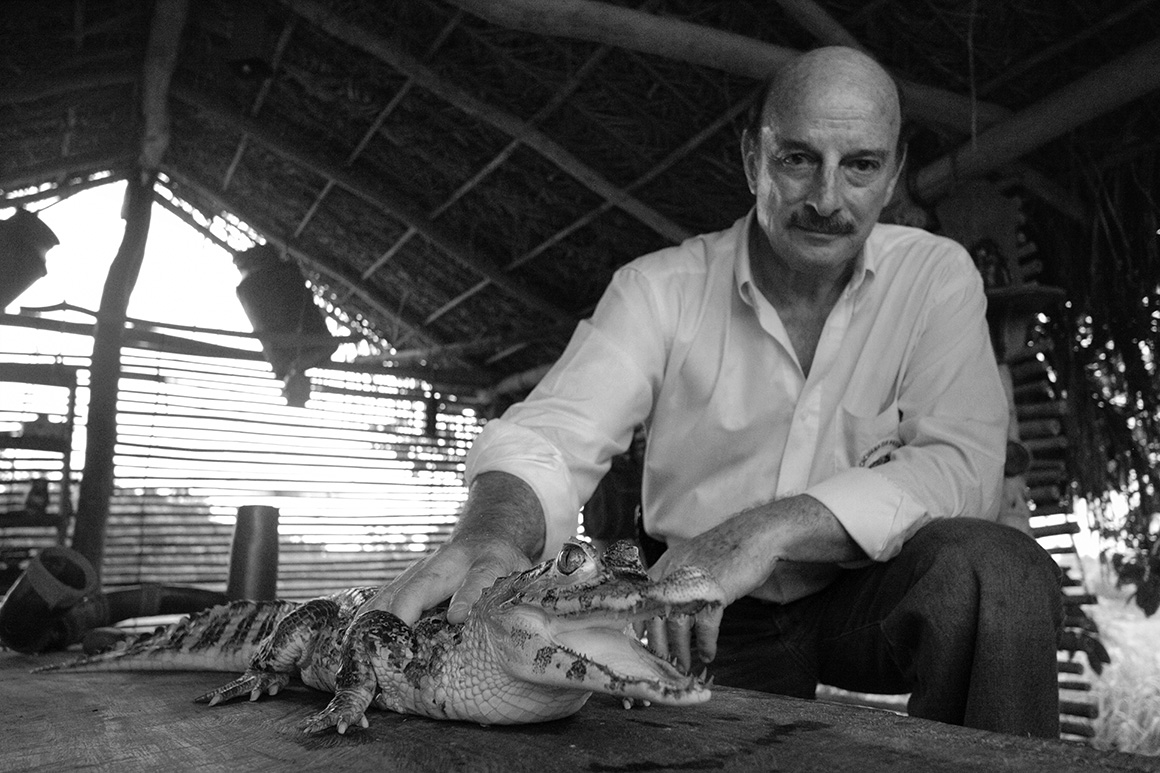
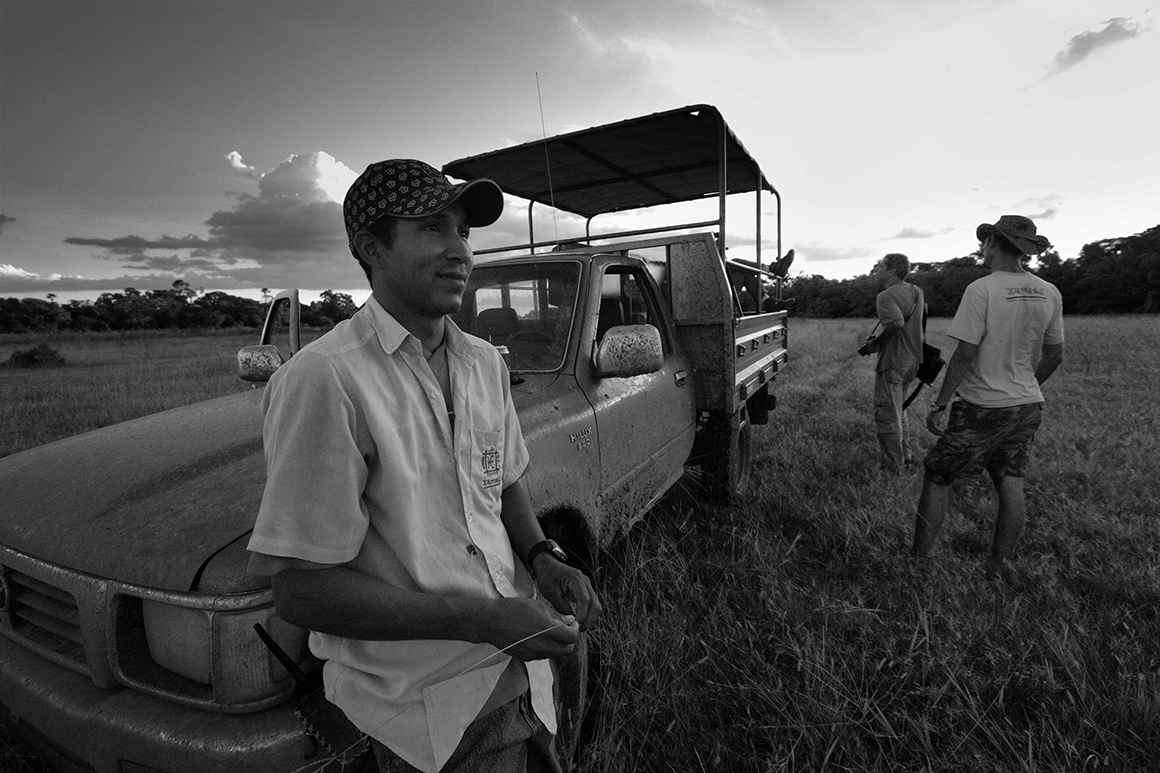
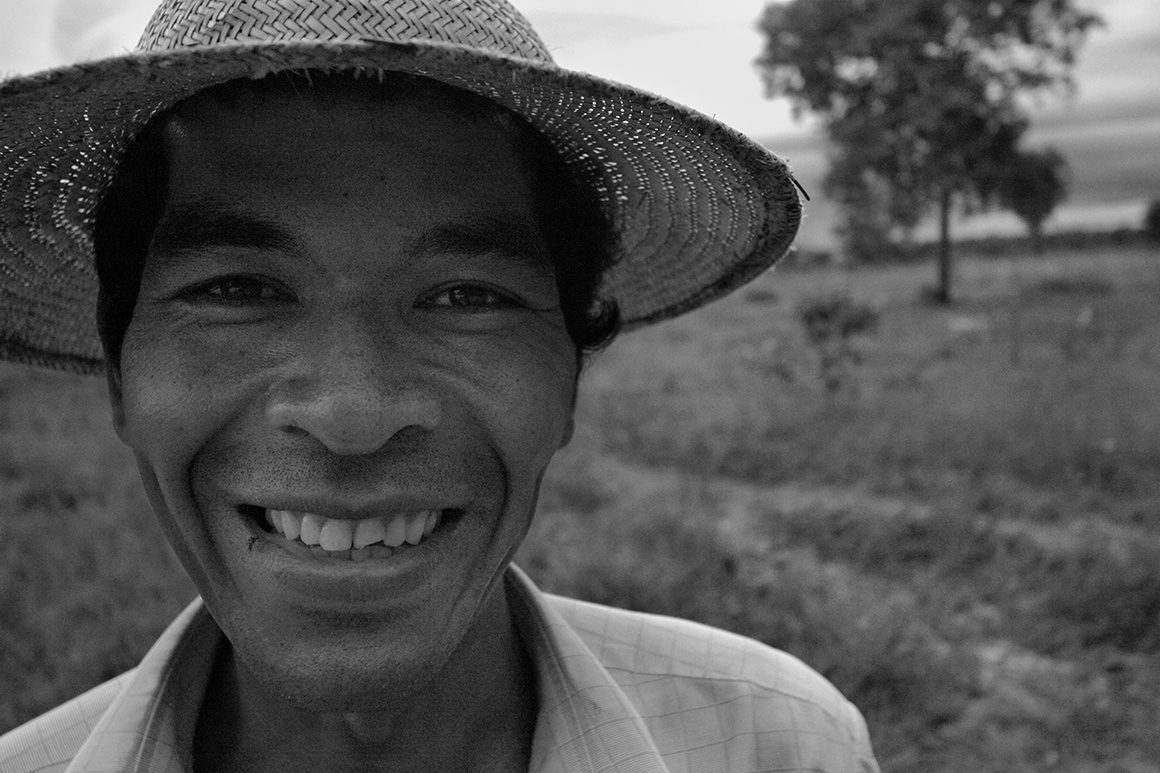


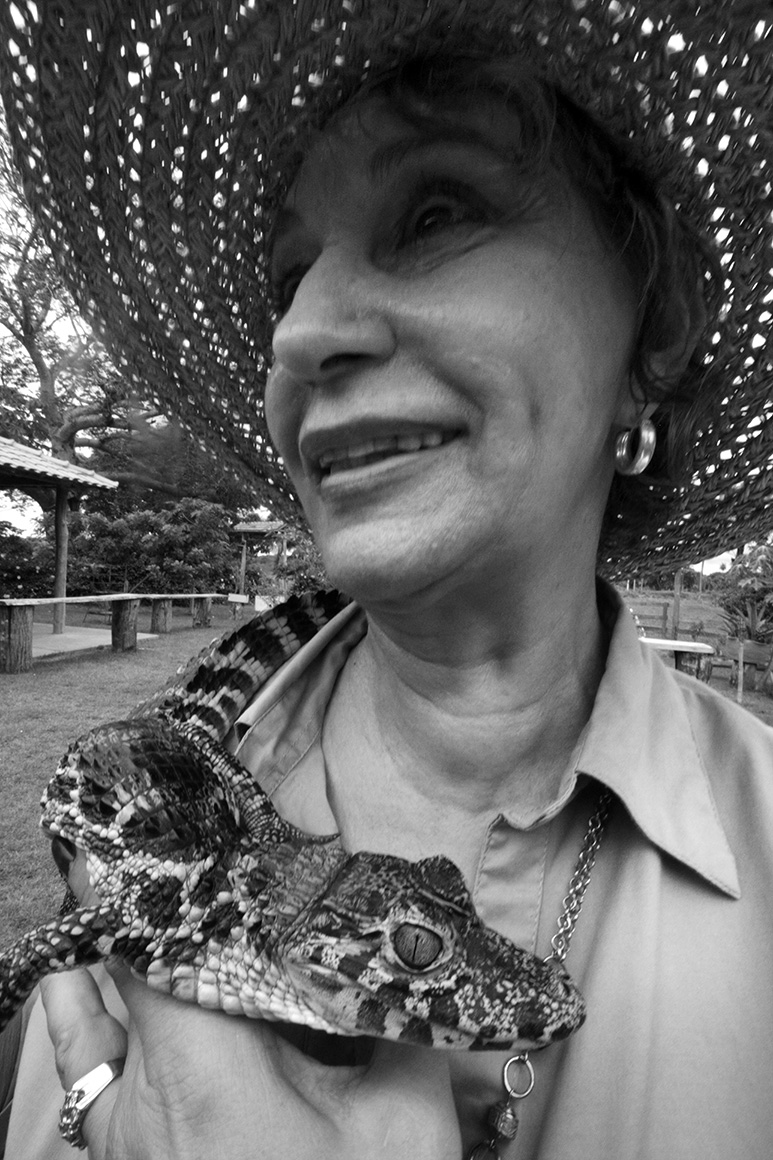



The fifth part: Sao Paulo
Sao Paulo was established by Jesuits in 1544. As few European women were willing to come to this arduous plateau, male colonists gradually got married with local Indian women, so that gave birth to a new race, the ancestors of the famous “pioneers” in Brazilian history.
Today, Sao Paulo has become the world’s fourth largest city. The vast industrial parks display its great development potential, whose scale and up-to-dateness are rare in the world. Numerous skyscrapers, exquisite departments and extremely luxurious mansion with spacious courtyards boast of the abundant fortune of the business tycoons of the city.
However, Sao Paulo also concentrates a large number of slums. A total of over 3 million poor people live in small broken houses built up with algams and wood boards, among which 2 million are “St. Paulers” (Paulista) and others are refugees from arid regions and immigrants as well as their offspring from destitute areas of northwest Brazil. Among the coloured races, there are about 600 thousand Japanese descendants, over 200 thousand Chinese emigants and over 100 thousand migrants from other Asian countries.
Sao Paulo develops at an astonishing speed in modern times. Apart from that, its charm also lies in the endless melting of the new and the old as well as the extrinsic and the intrinsic.
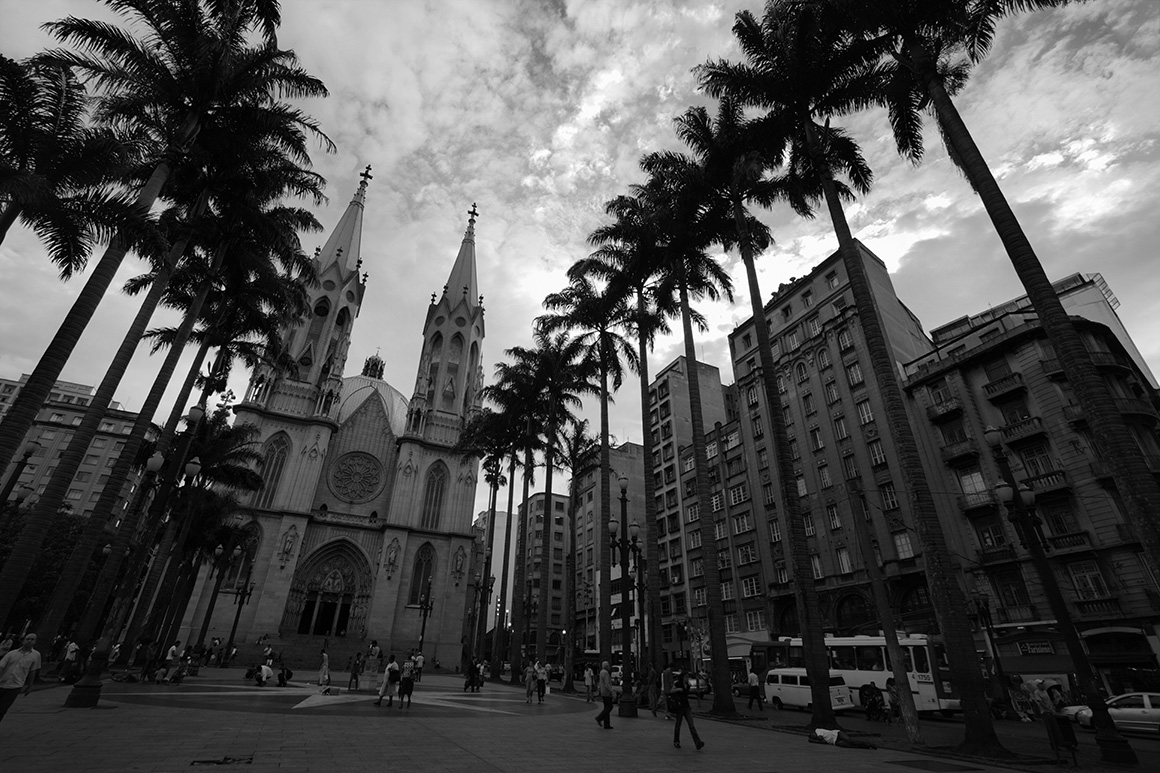
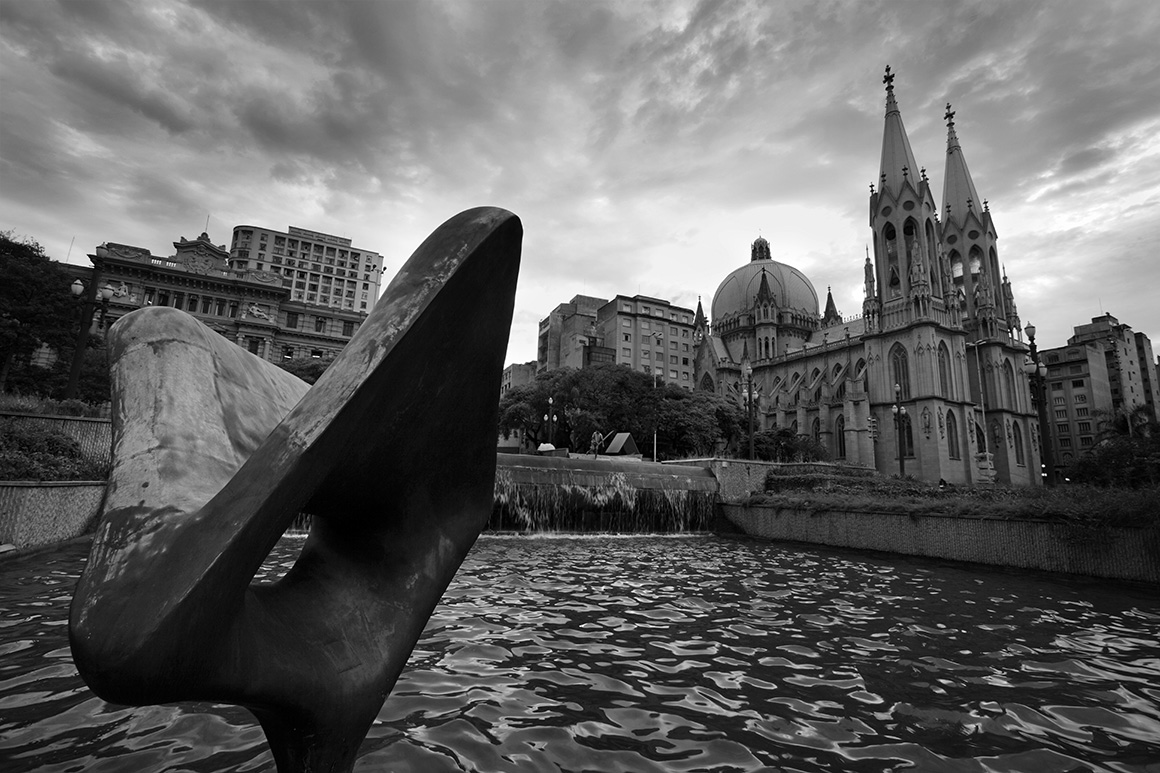


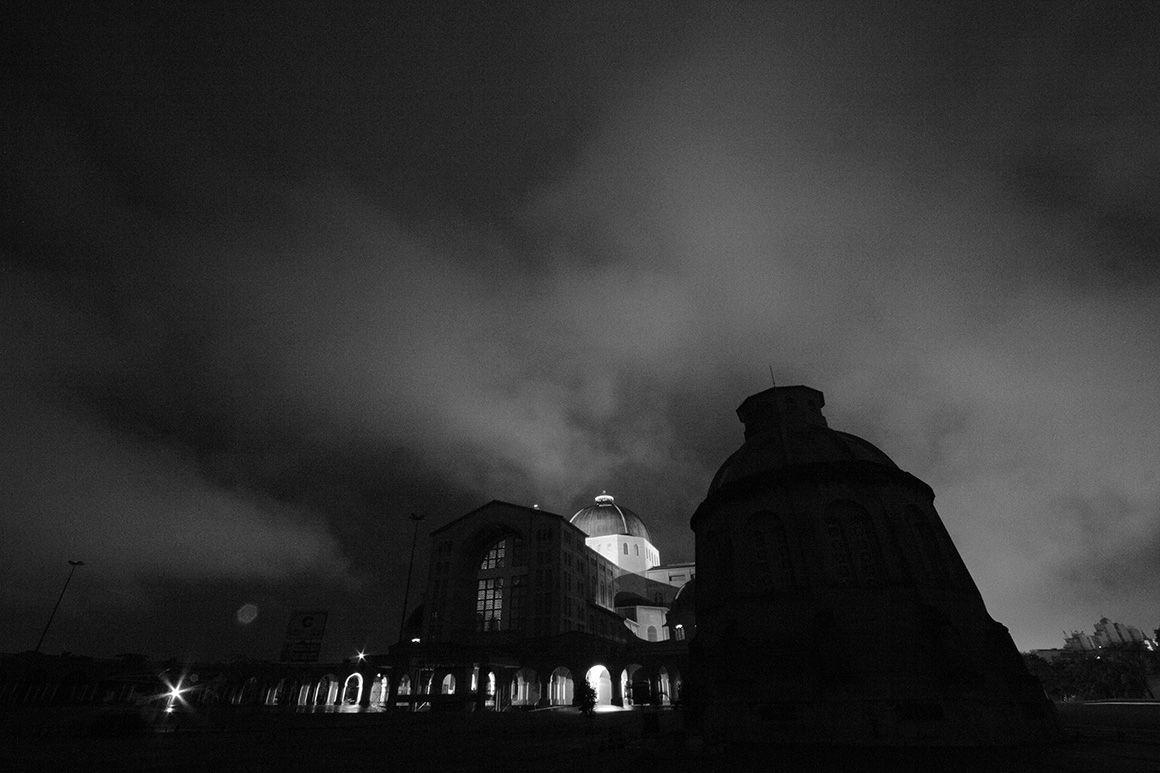
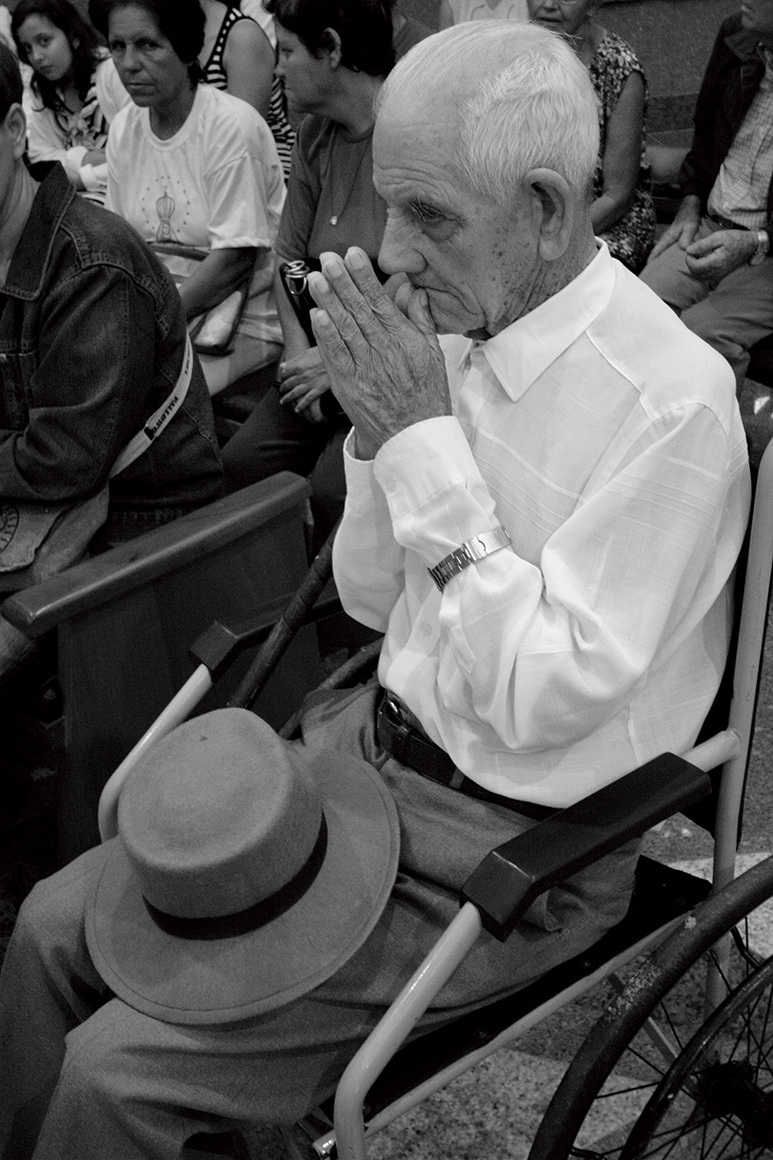


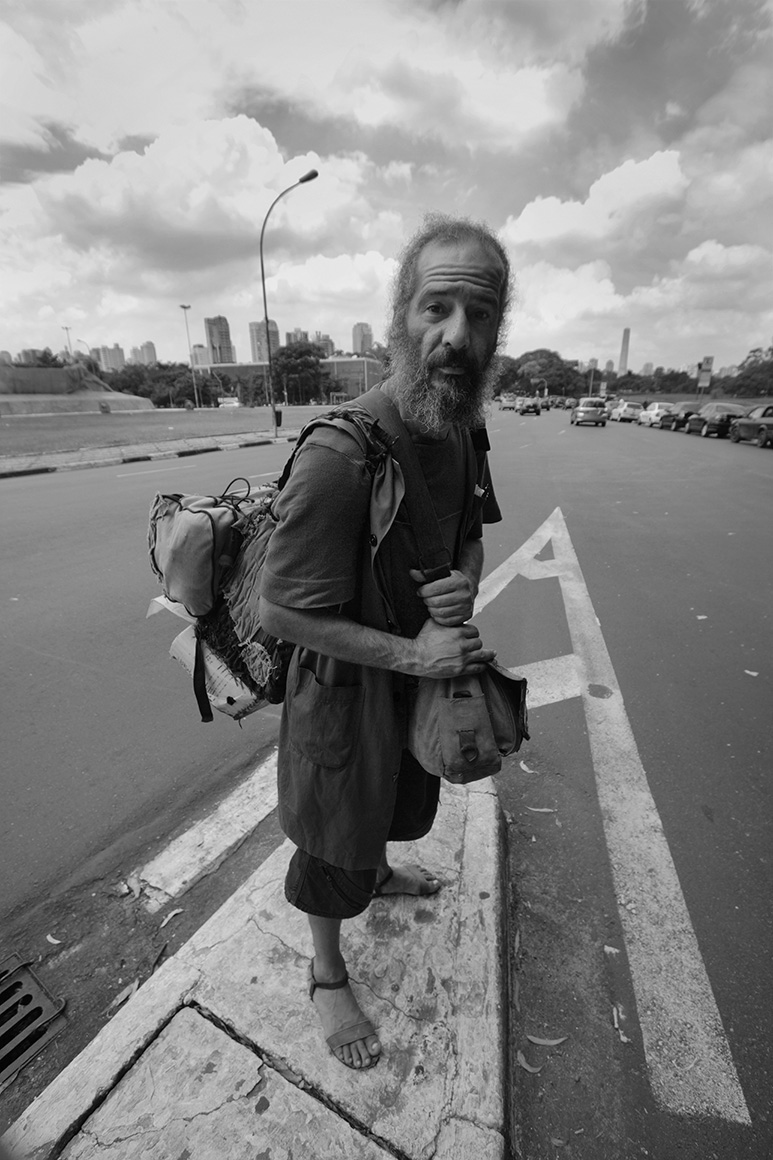


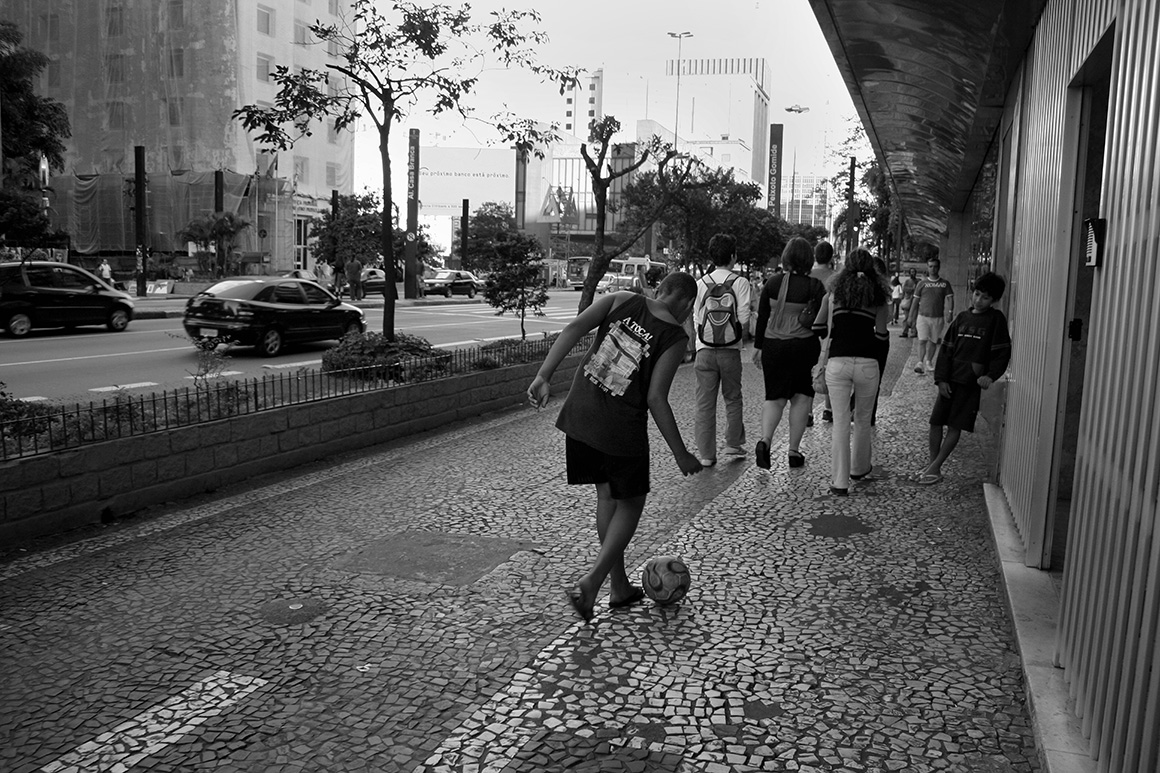
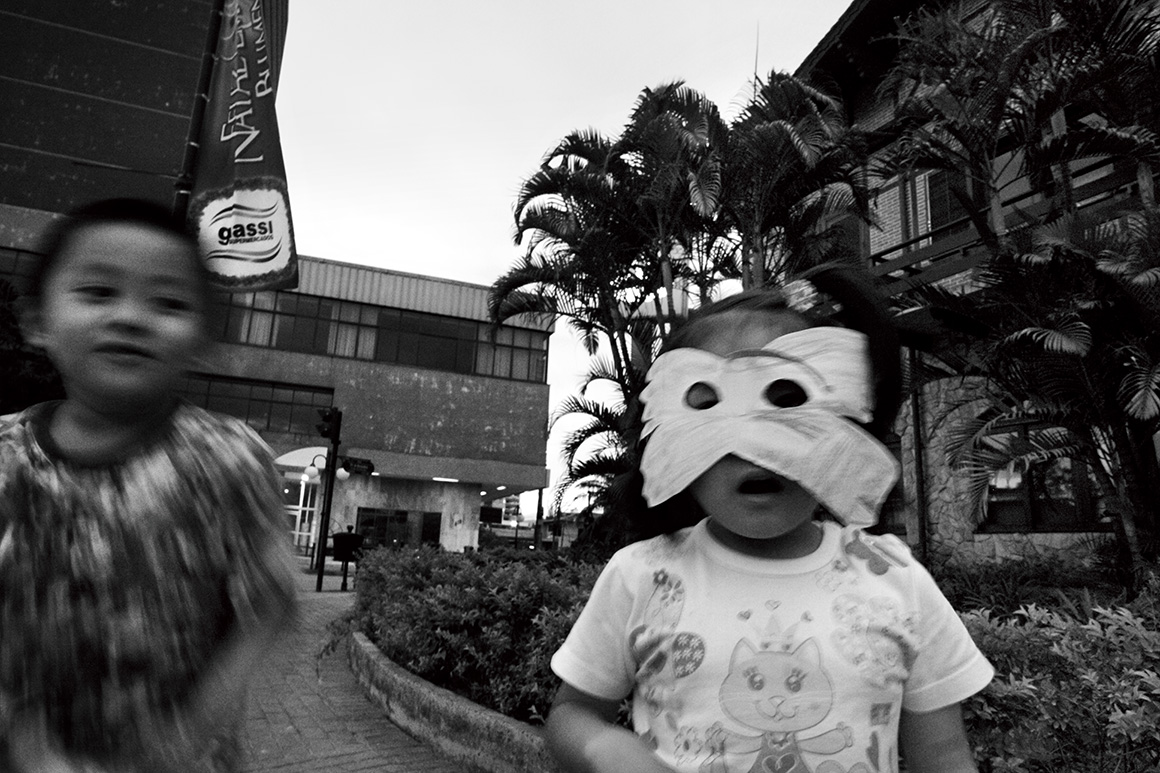
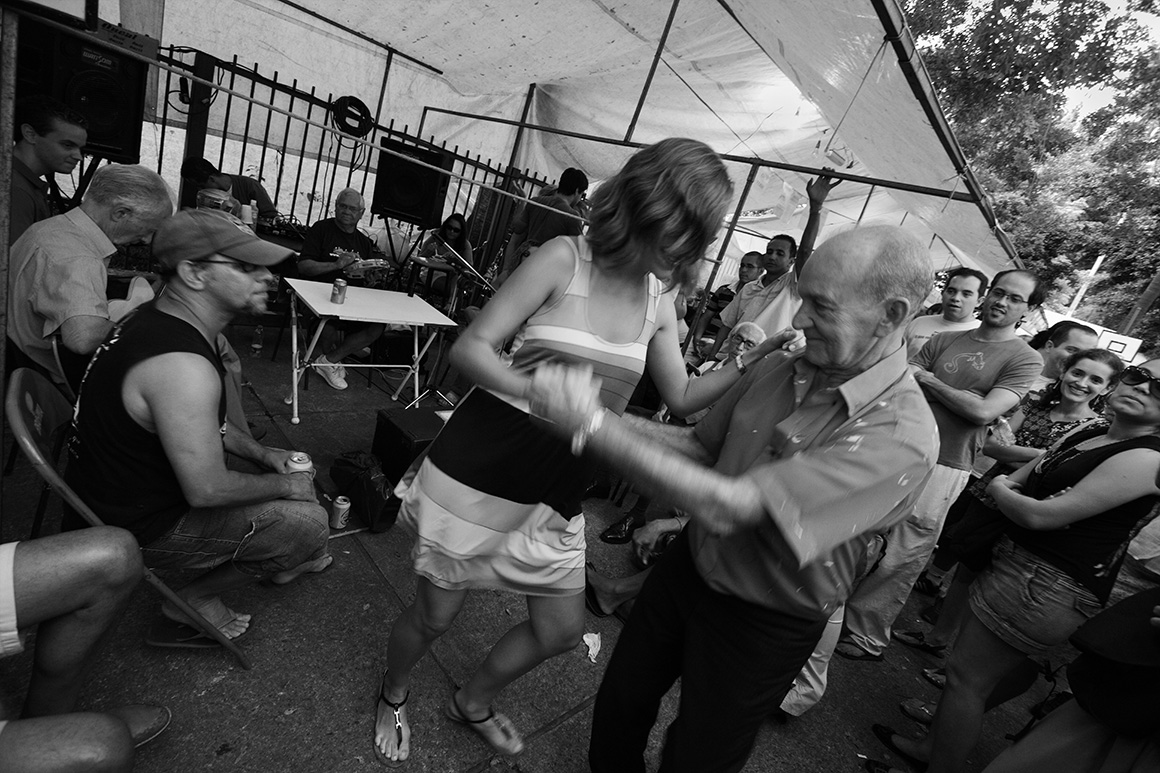
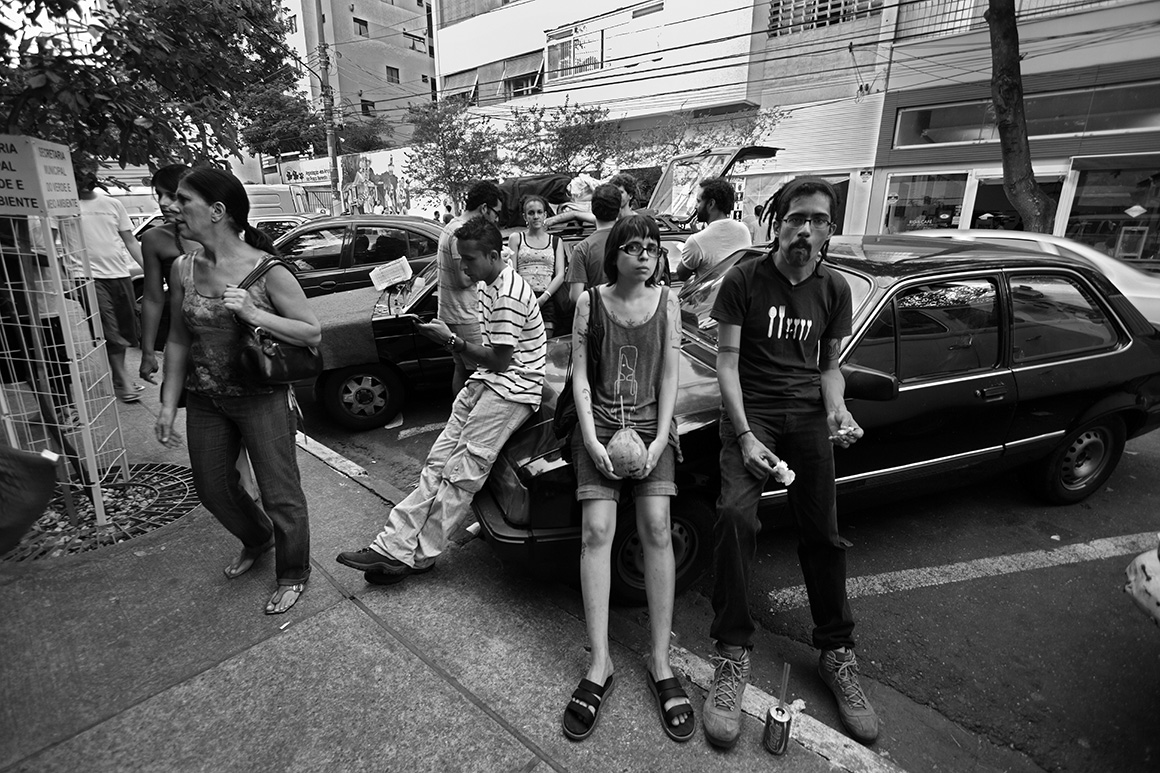
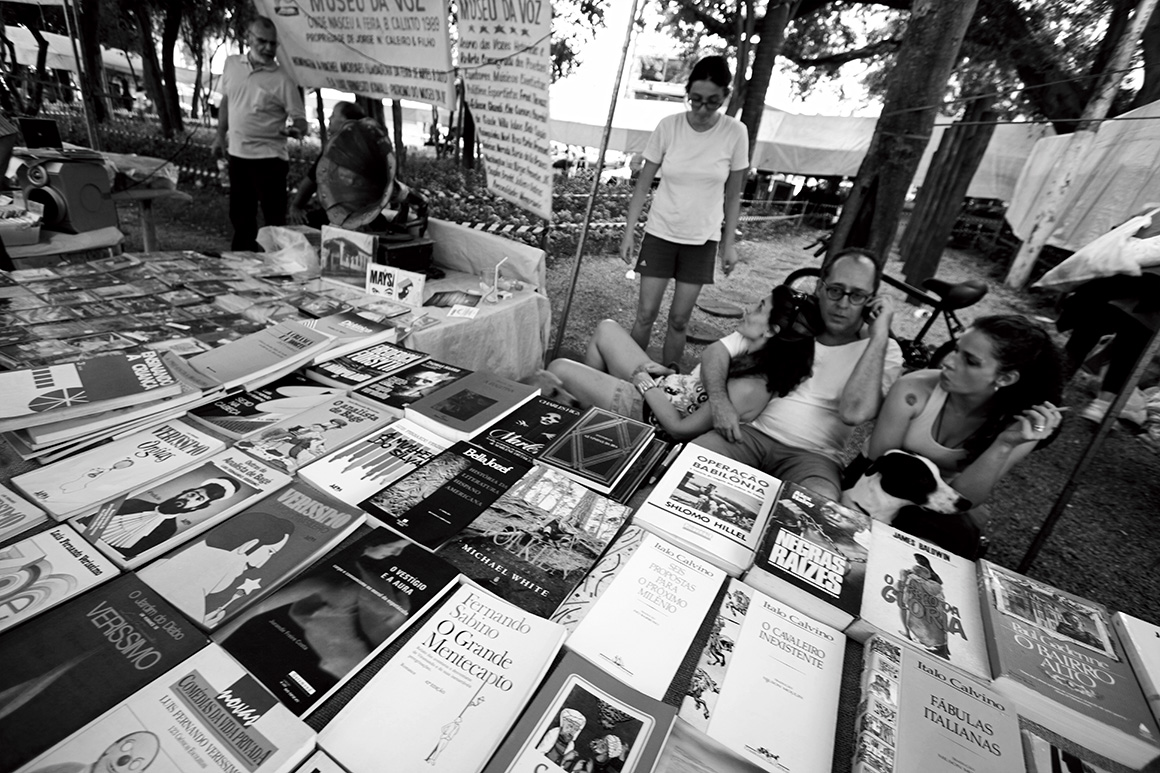
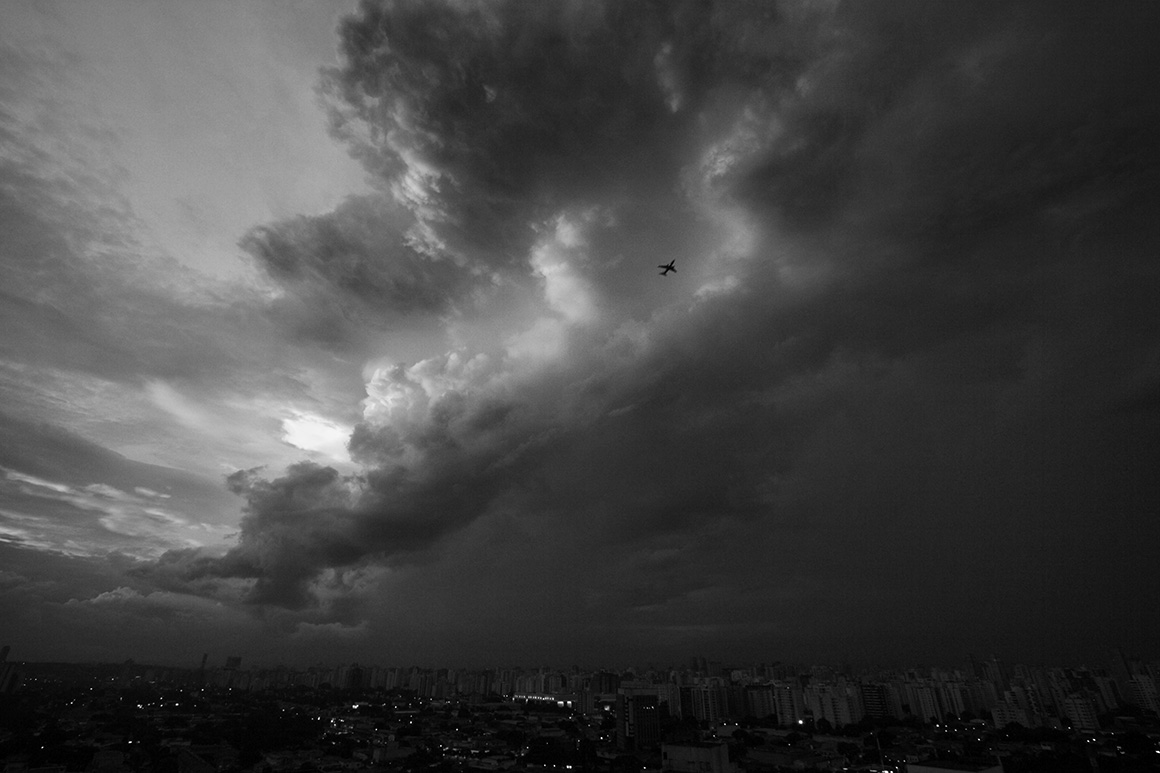
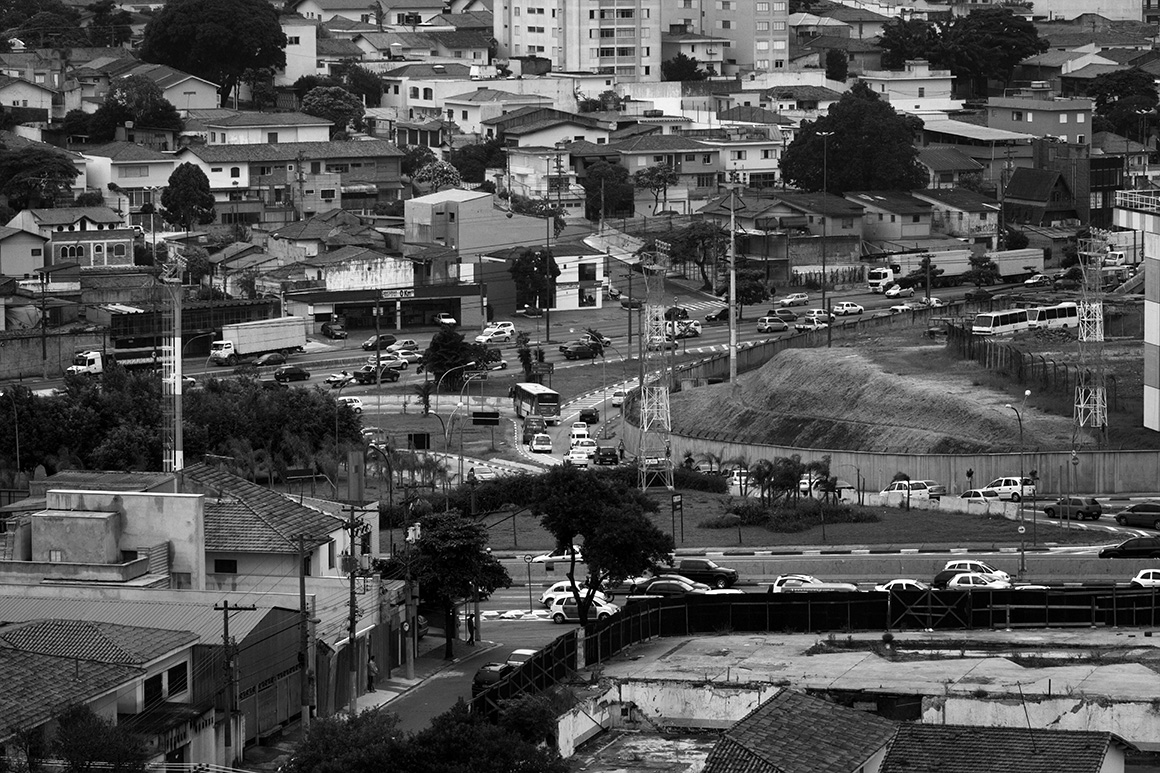
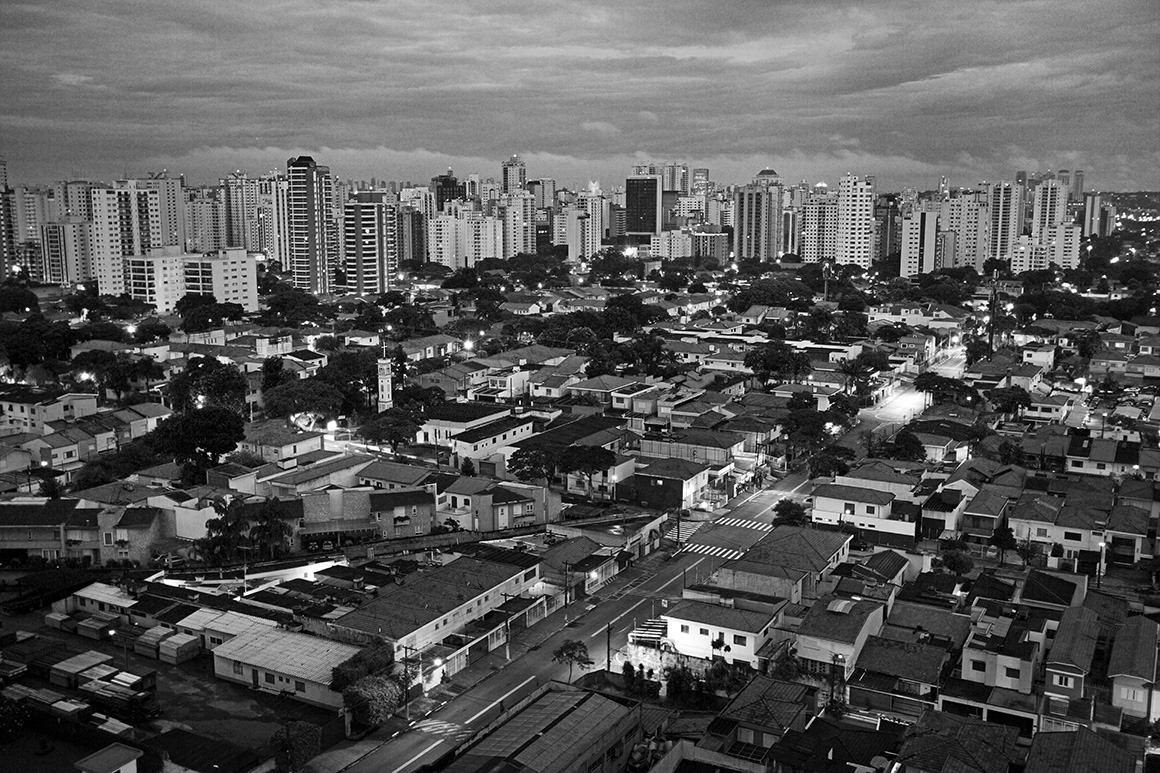


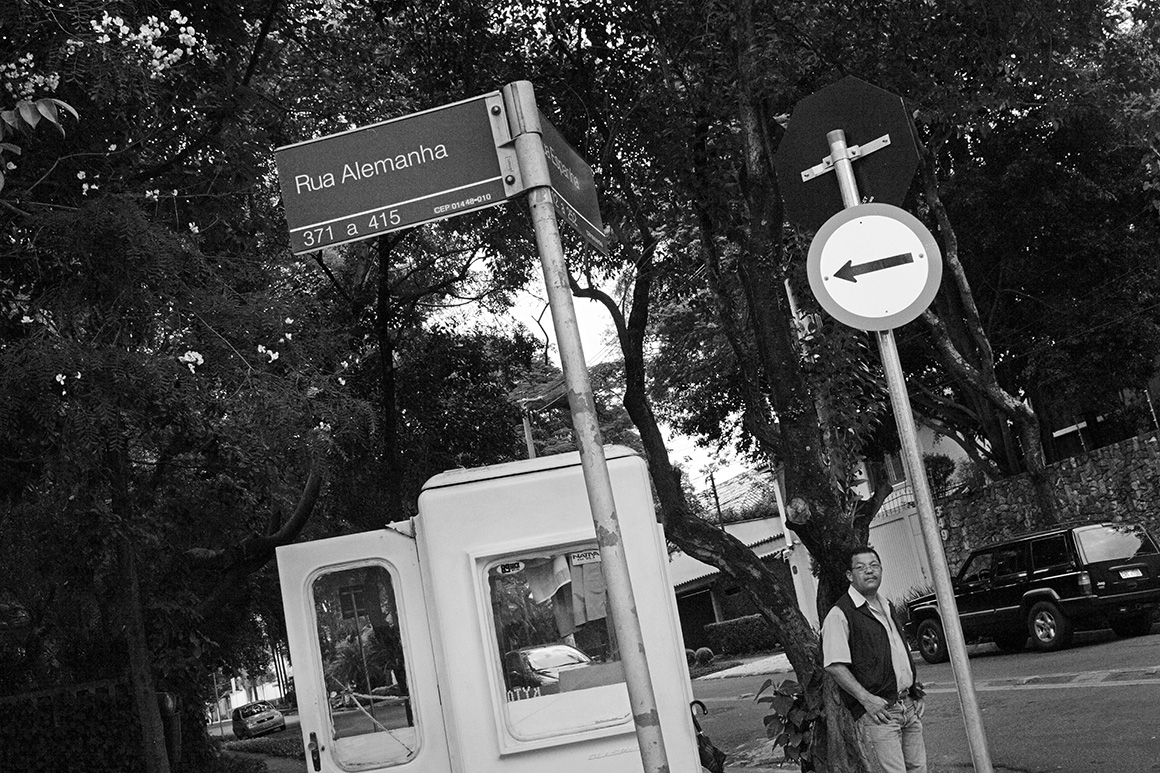
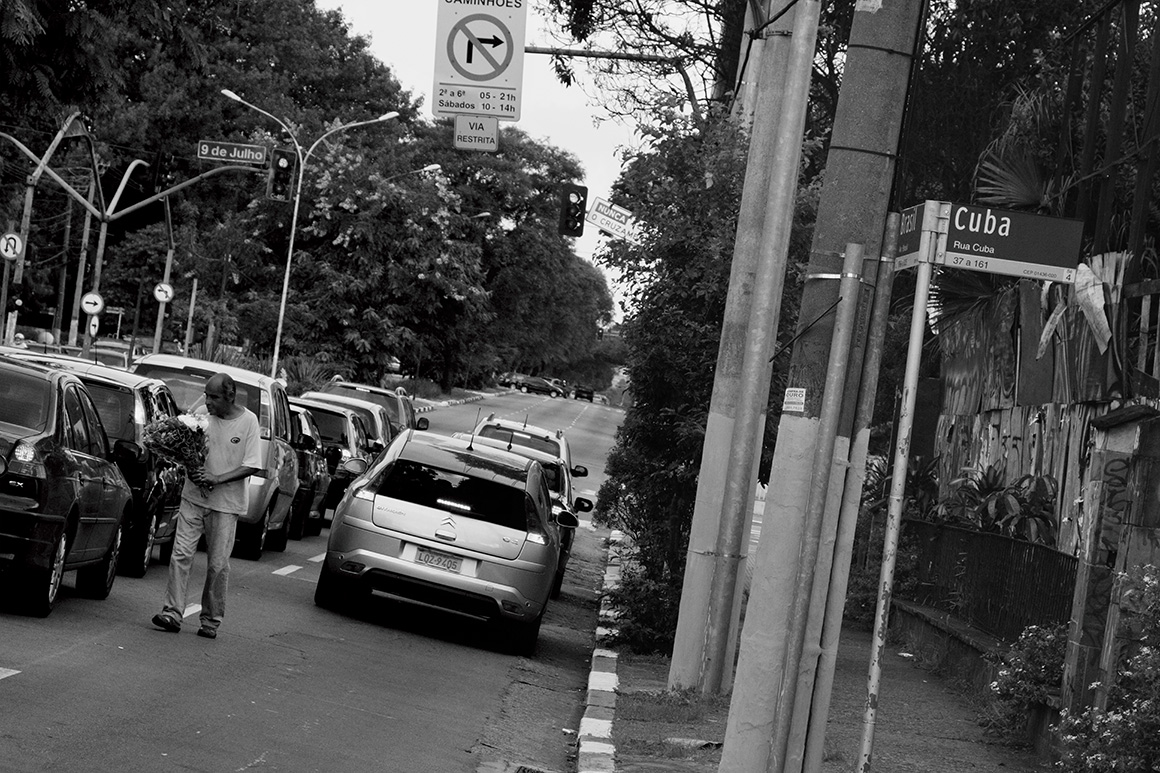

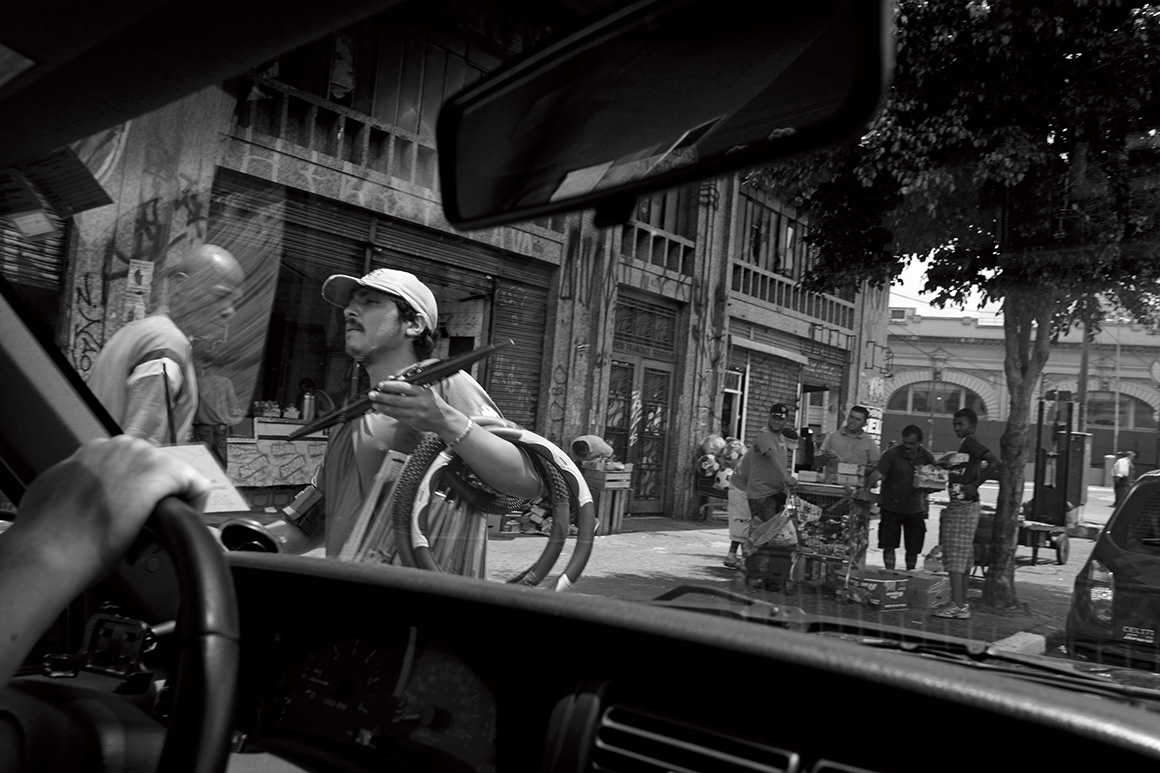

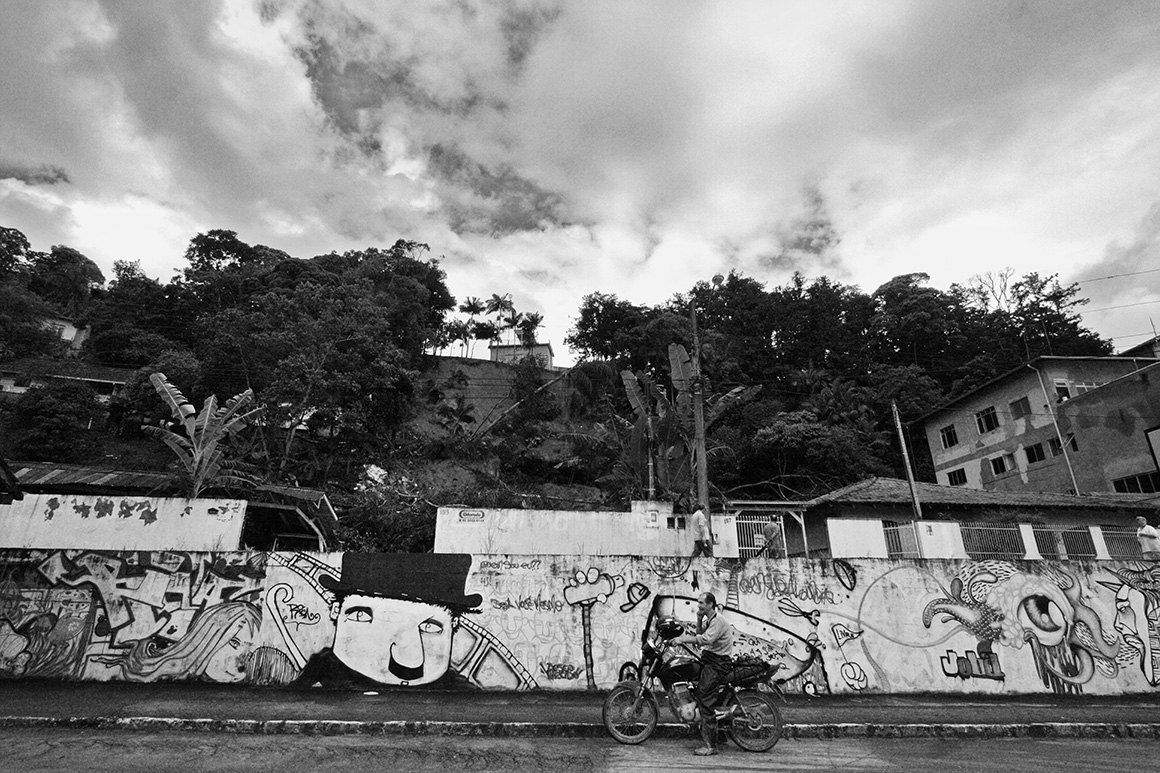

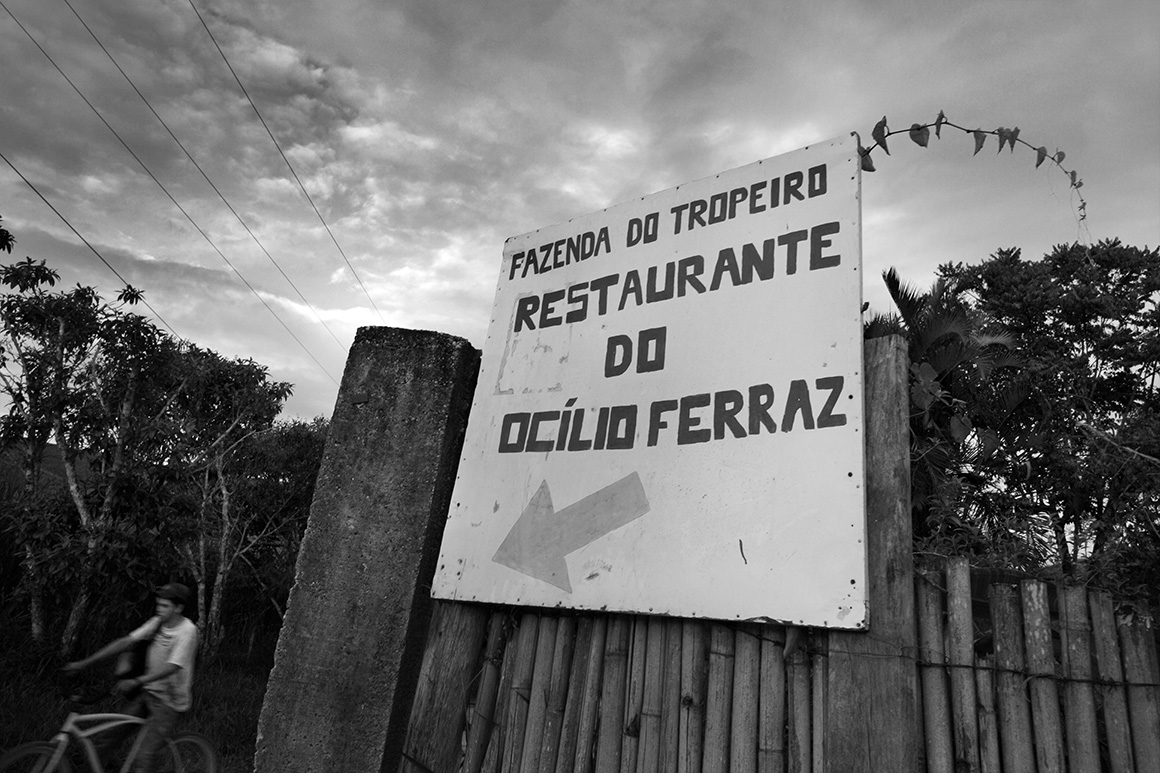



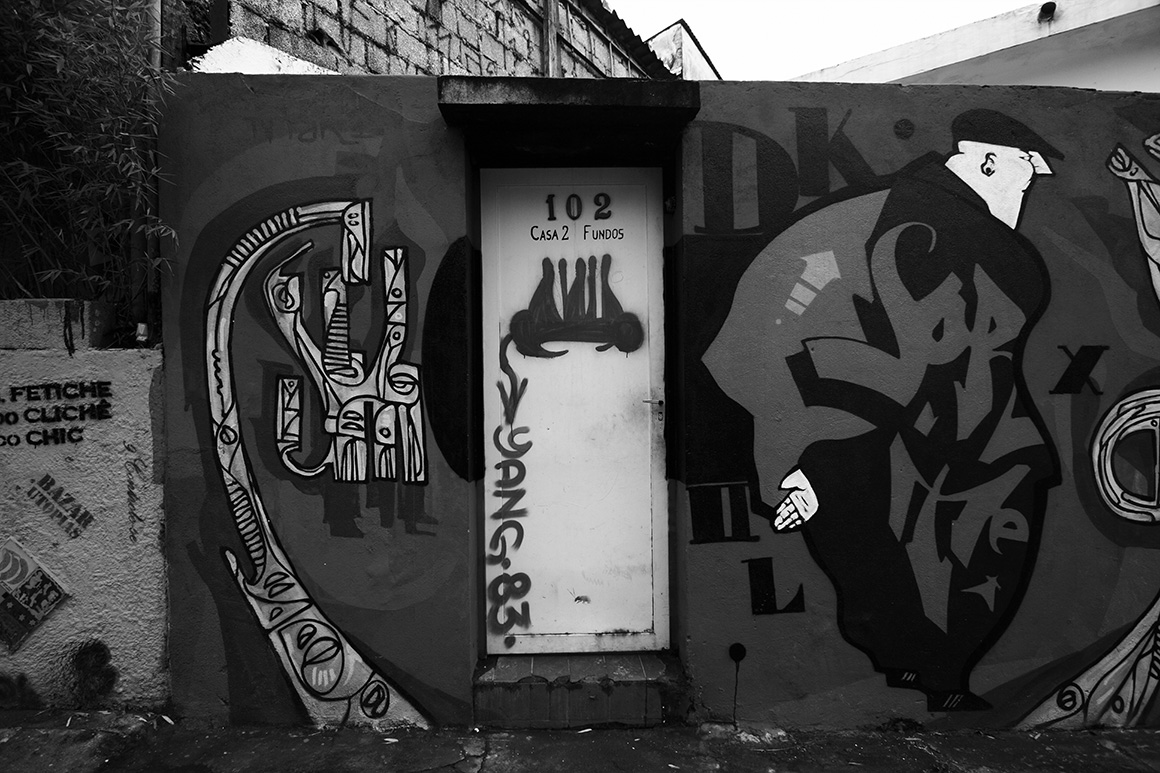
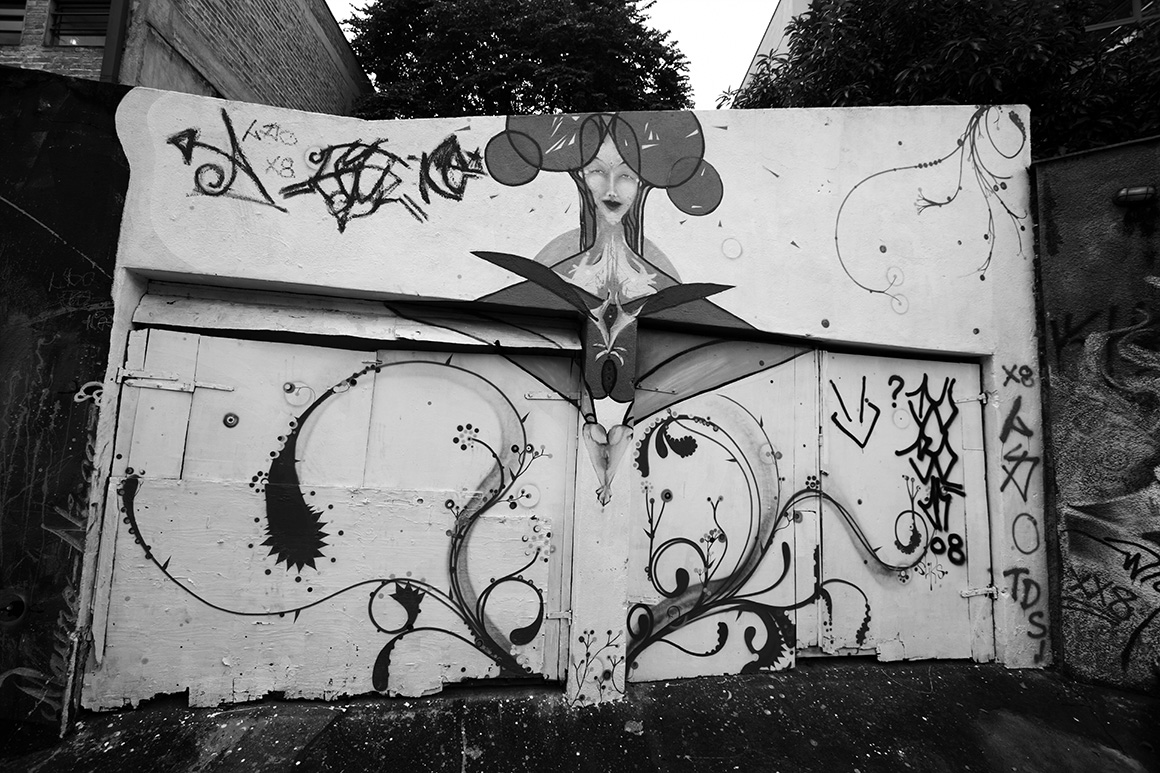
The sixth part: Immigration
There are no white people, black people or yellow people but Brazilian.
500 years ago, Pedro Álvares Cabral, a navigator, led the Portuguese fleet to South America accidentally, which symbolized the beginning of Portuguese conquest to Brazil. And in the 500 years afterwards, a series of dramatic transformations happened to Brazil. In the course of creating Brazil to its colonial country, Portuguese enslaved Indians, introduced a large number of African slaves and violently grabbed and at the same time gave birth to many half-breeds who brought independence of Brazil with their state awareness acquired afterwards.
After slavery was abolished in Brazil in 1888, shortage of labors became a serious problem for coffee industry development, which directly triggered large-scale immigration. Brazilian historians regard the foreigners including Portuguese who came to Brazil after 1808 as immigrants. In 1808, 658 Chinese tea growers came to Rio de Janeiro from Macao and Guangzhou. In 1818, 1,682 Swiss immigrated to Nova Friburgo of Rio de Janeiro. In 1824, the first German immigrants came to Brazil. In 1875, Italians immigrated to and settled in the south of Brazil. In 1908, the first Japanese immigrants landed at Porto de Santos. Later, immigrants from over 70 countries, including Spain, France, Netherlands, Turkey, Poland, Hungary, Czech, Russia, Syria, Lebanon, Saudi Arabia, Korea, Argentina, Paraguay, Uruguay, Bolivia, Peru, Chile, East Africa, Africa, Angola, and Mozambique, came to Brazil.
Immigration plays a significant role in culture formation and diplomatic activities of Brazil. Since the late nineteenth century, Brazilians have “began to resort to diplomacy rather than force to settle its territorial dispute in South America” in the course of defending and expanding its territory. By this means, Brazil successively settled border disputes with Uruguay, Paraguay, Argentina, Bolivia, Peru, Venezuela, Colombia and French Guiana as well as navigation issues of Amazon River and Labrador River. Easy settlement of these complex disputes owes to the “immigrant aid” embedded in Brazilian diplomacy.
When cultures of Indians, Portuguese and African Blacks met, they melted while conflicted, which formed the rudiment of Brazilian culture. The entry of numerous immigrants made the Brazilian society more open and the cultural ingredients more complex. These cultures further melted in conflicts through production activities and other social activities and formed present Brazilian culture.
After Portugal occupied Brazil, the original social formation of “clan communalism” of Brazil Indians was changed. Portuguese colonists destroyed the Indian society in two ways. Firstly, they sharply decreased the population of Indians through wars, enslavement and contagion of diseases from Europe. Secondly, Jesuits missionized the Indians to have them convert to western civilization. While the colonists destroyed Indian culture and changed them to labor forces, the traditional Indian culture partly melted into Brazilian society which took Portuguese culture as the mainstream culture as well. As half-breeds of white people and Indians became an important component of Brazilian population, Brazil began to acknowledge the social organizations, languages, beliefs and traditions of Indians in constitution issued in 1988.
The “introduction” of black has a significantly historical influence on formation and development of Brazilian culture. From 1550 to 1855, about 4 million black slaves were sold to Brazil and most of them were male. At that time Brazil, in its sugar period and mining period, needed a large number of labors so that sugarcane was even called as “slave crop”. Black slaves replaced Indians to become major labors of Brazilian society. Meanwhile, black slaves brought their dietary habits, religious beliefs, music and dance as well as technologies of crop planting and mineral mining to Brazil. Black women undertook the household chores of white families and played a role of wet nurse, which directly favored the communication and melting of cultures.
